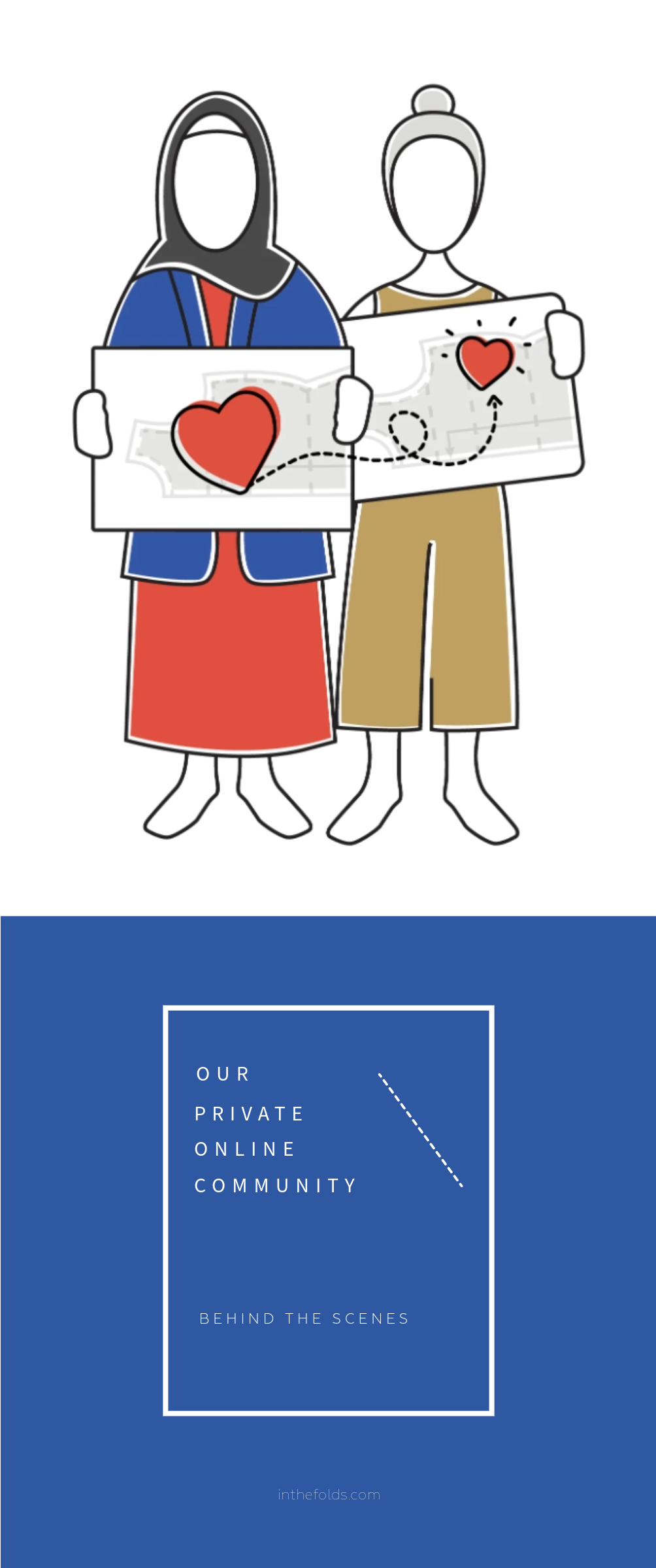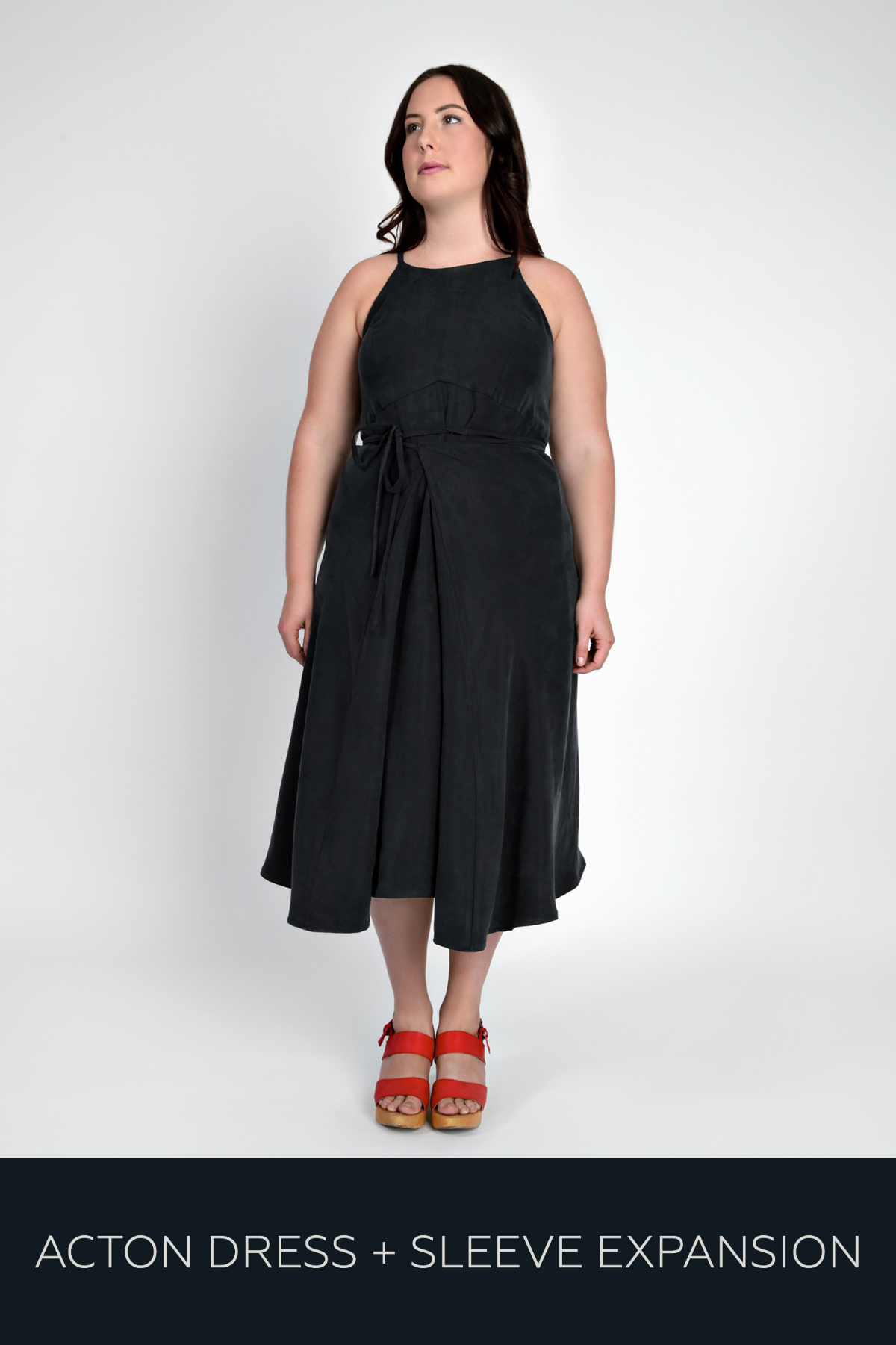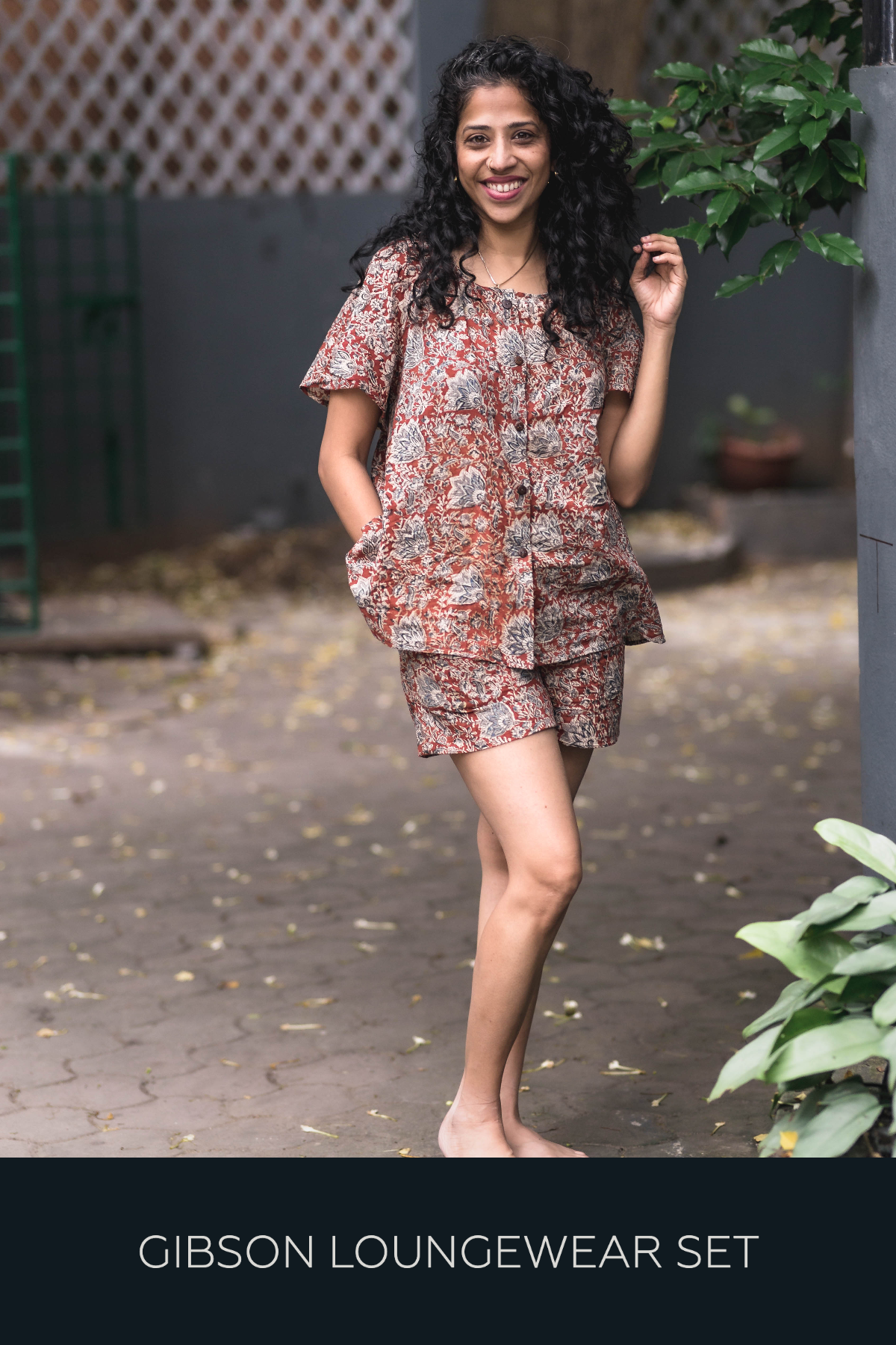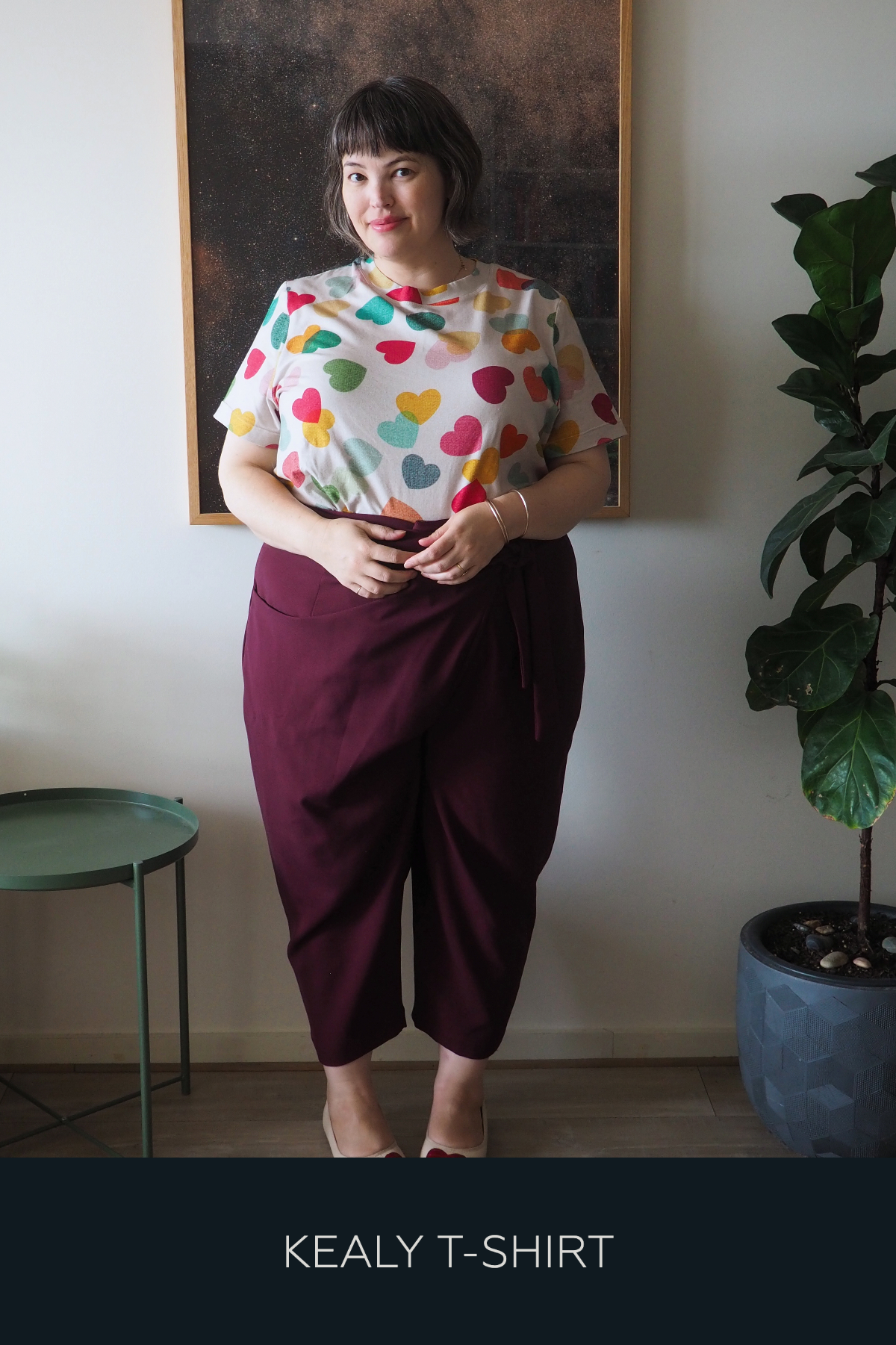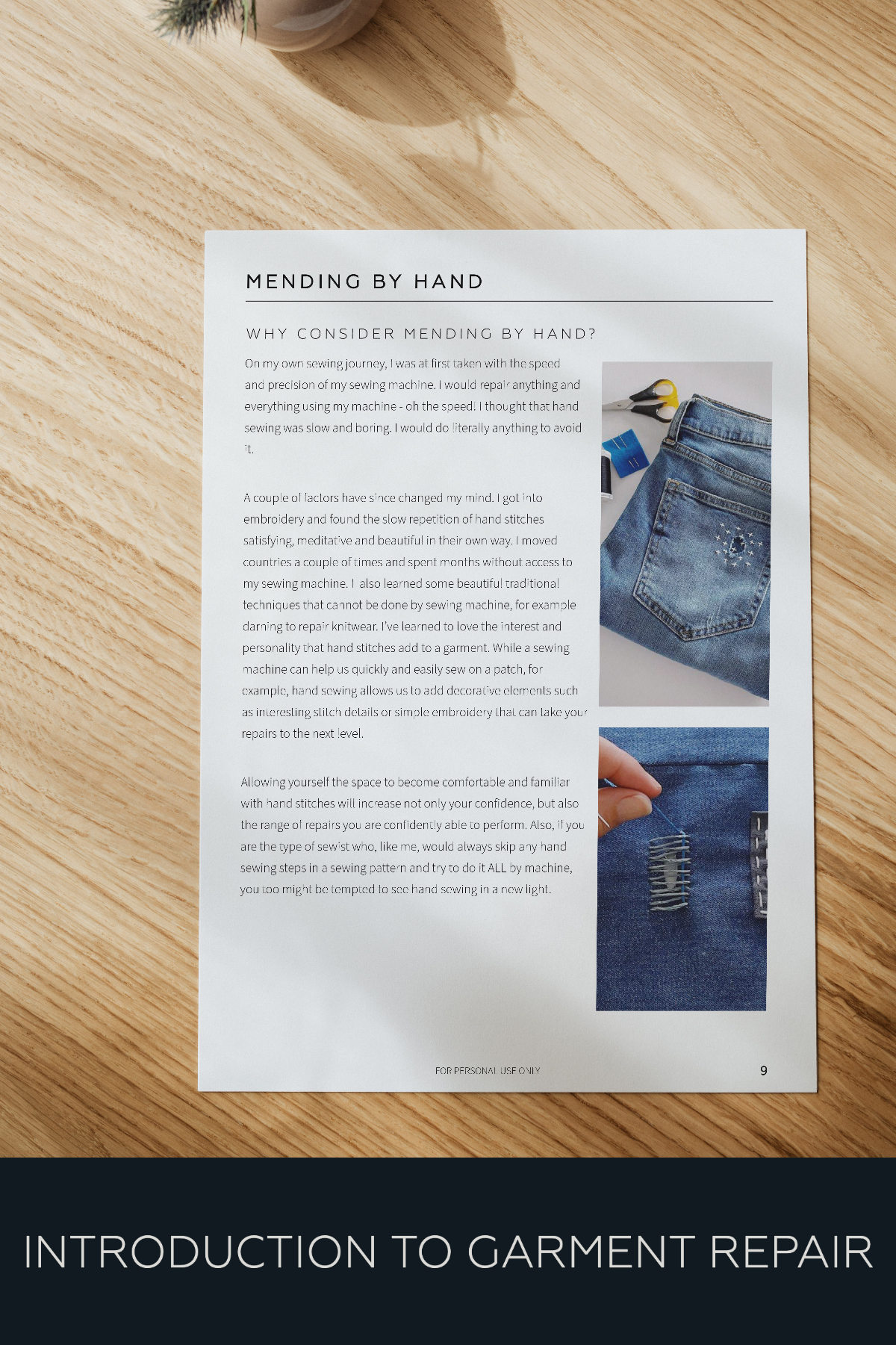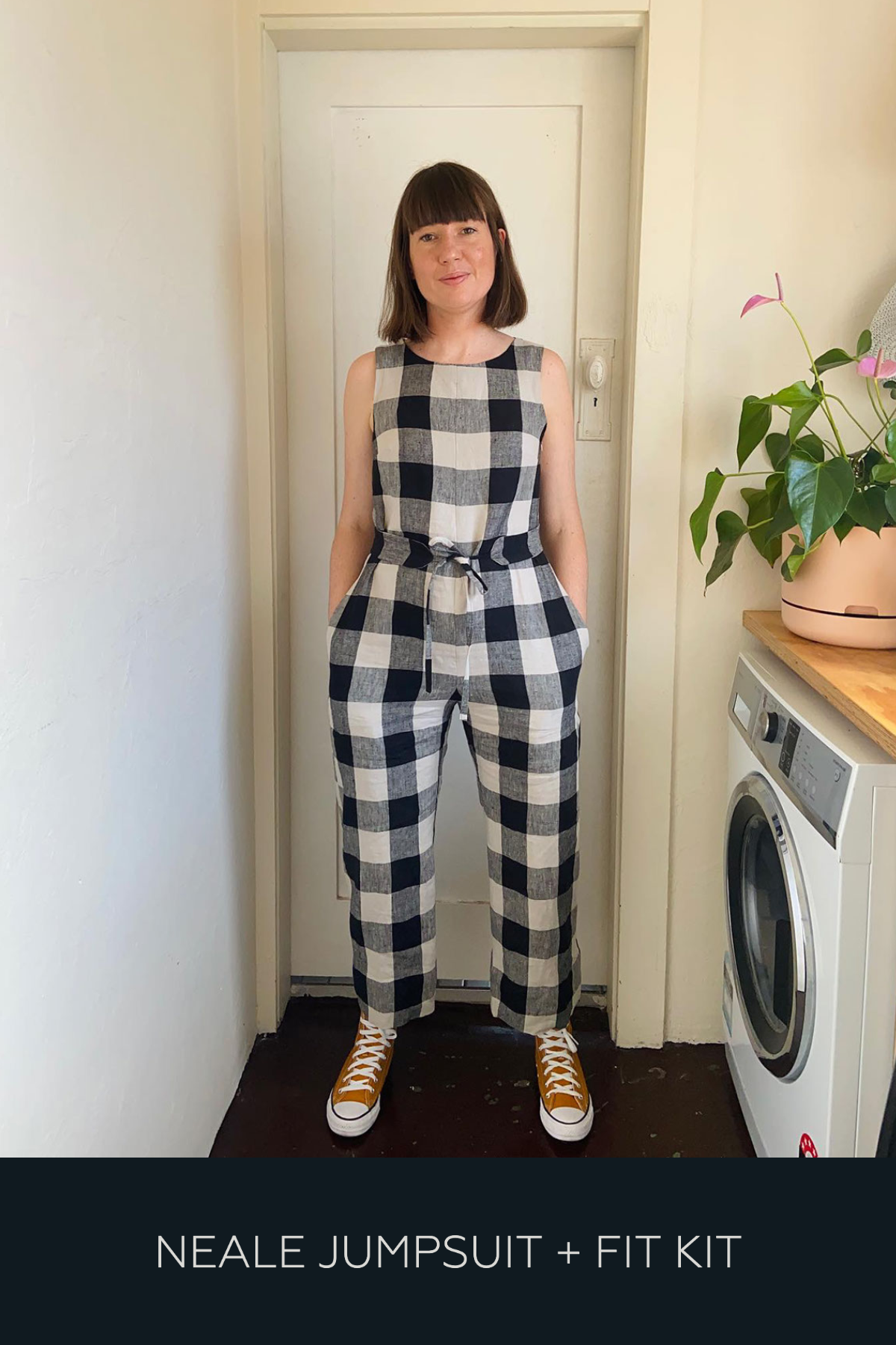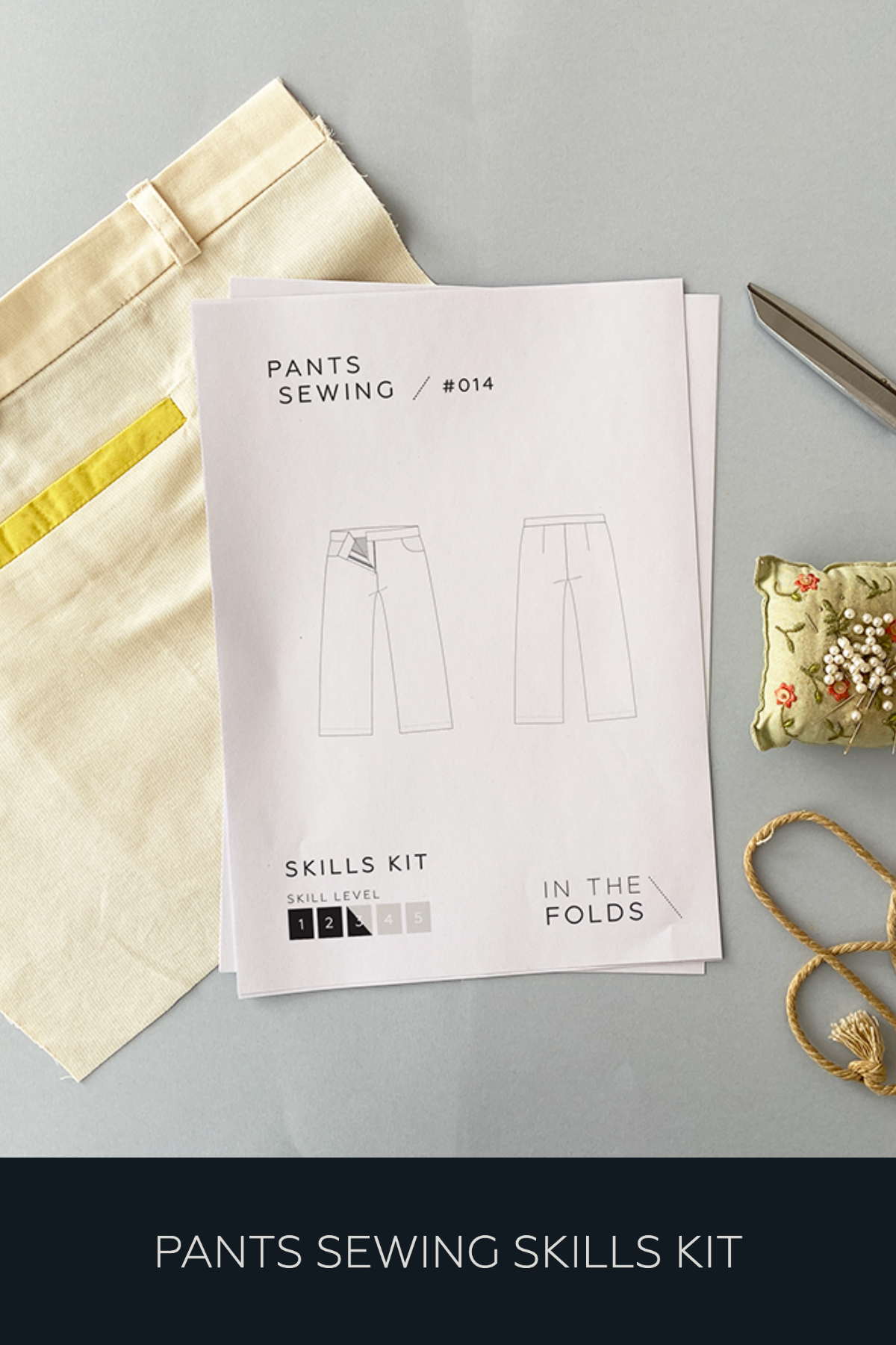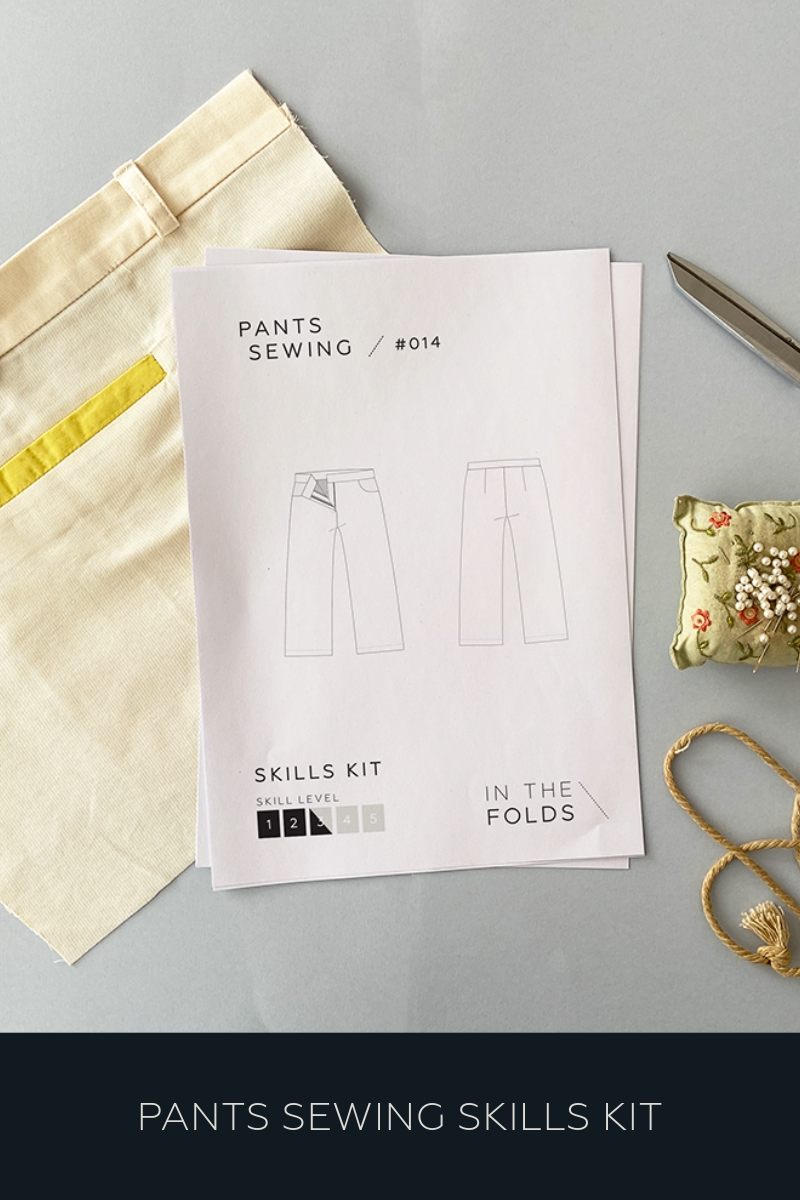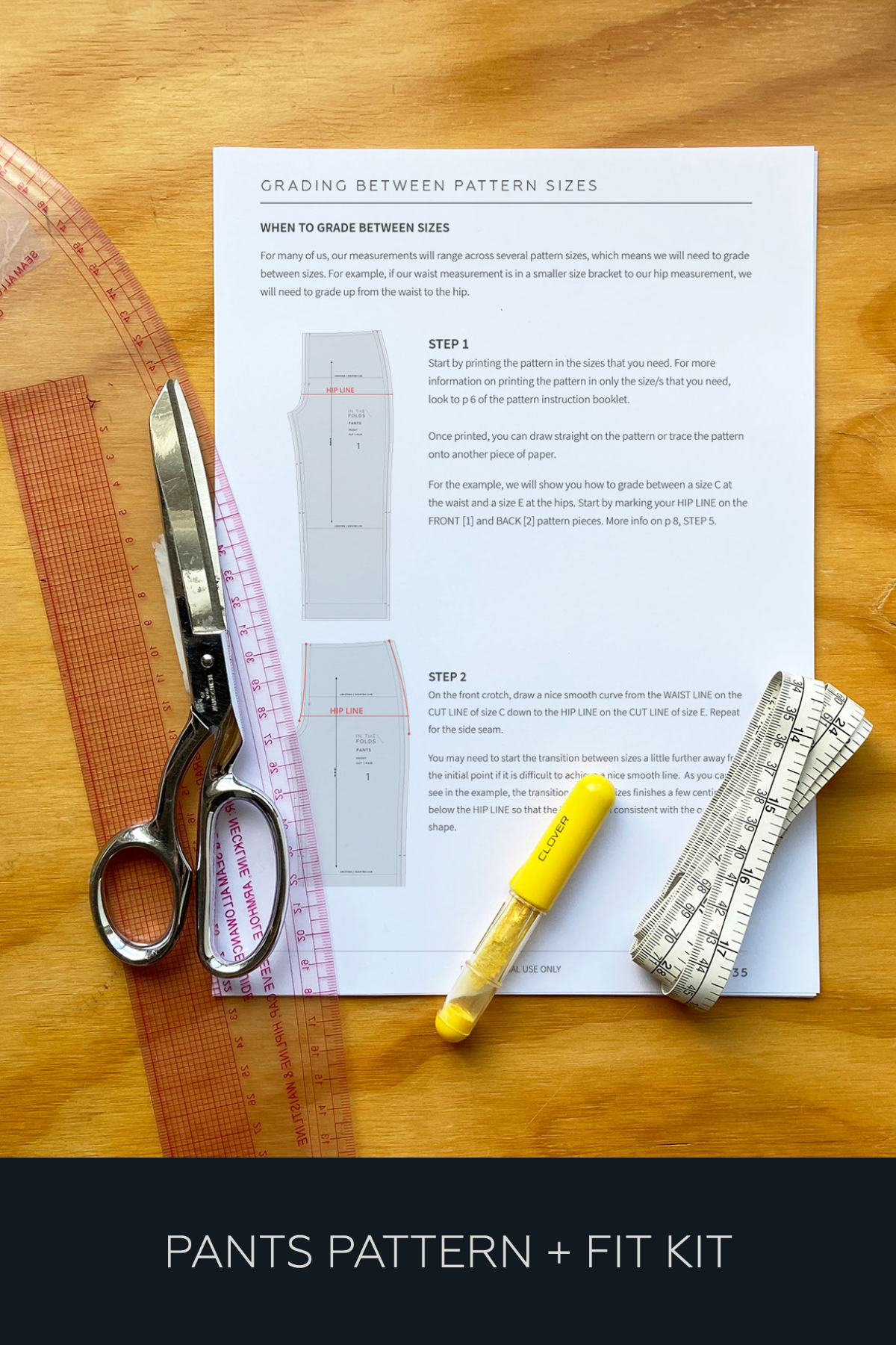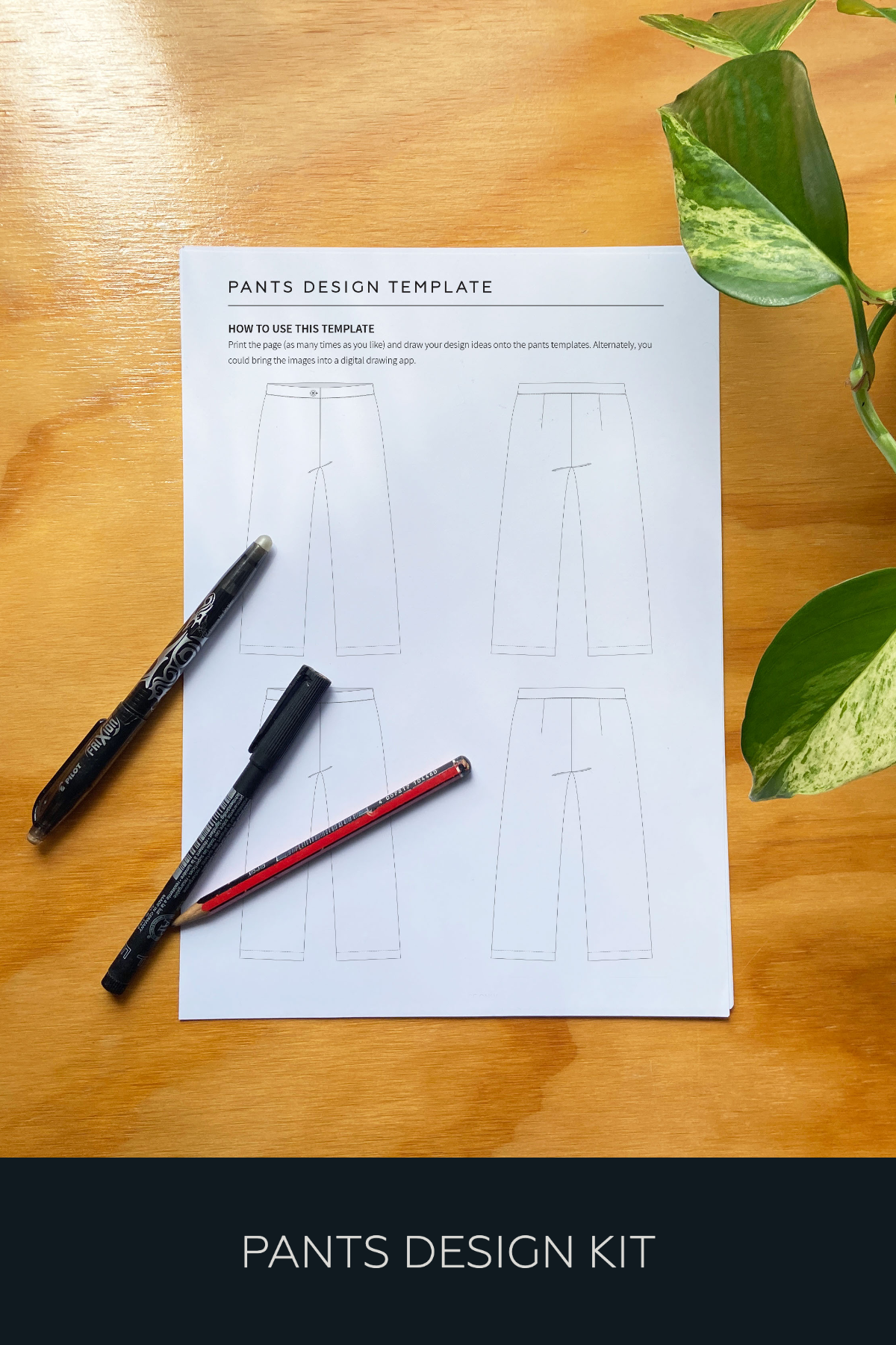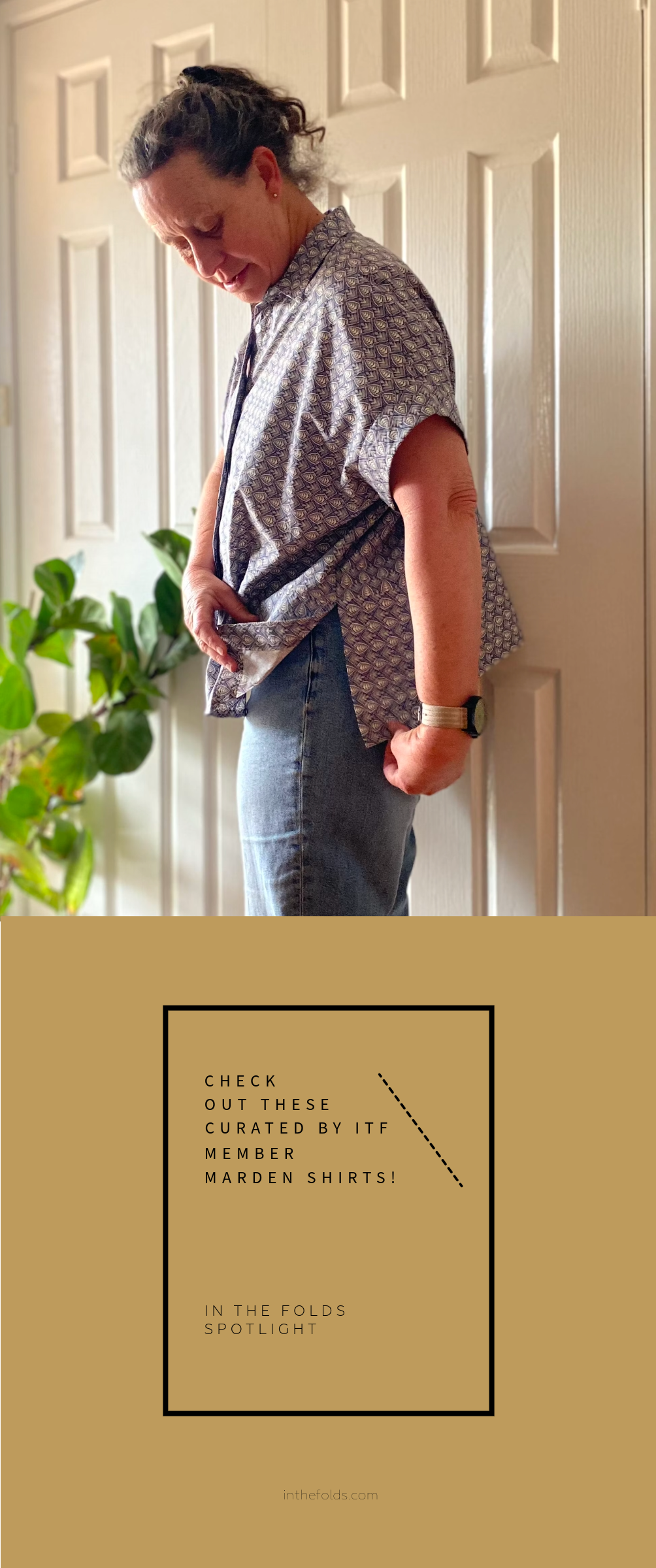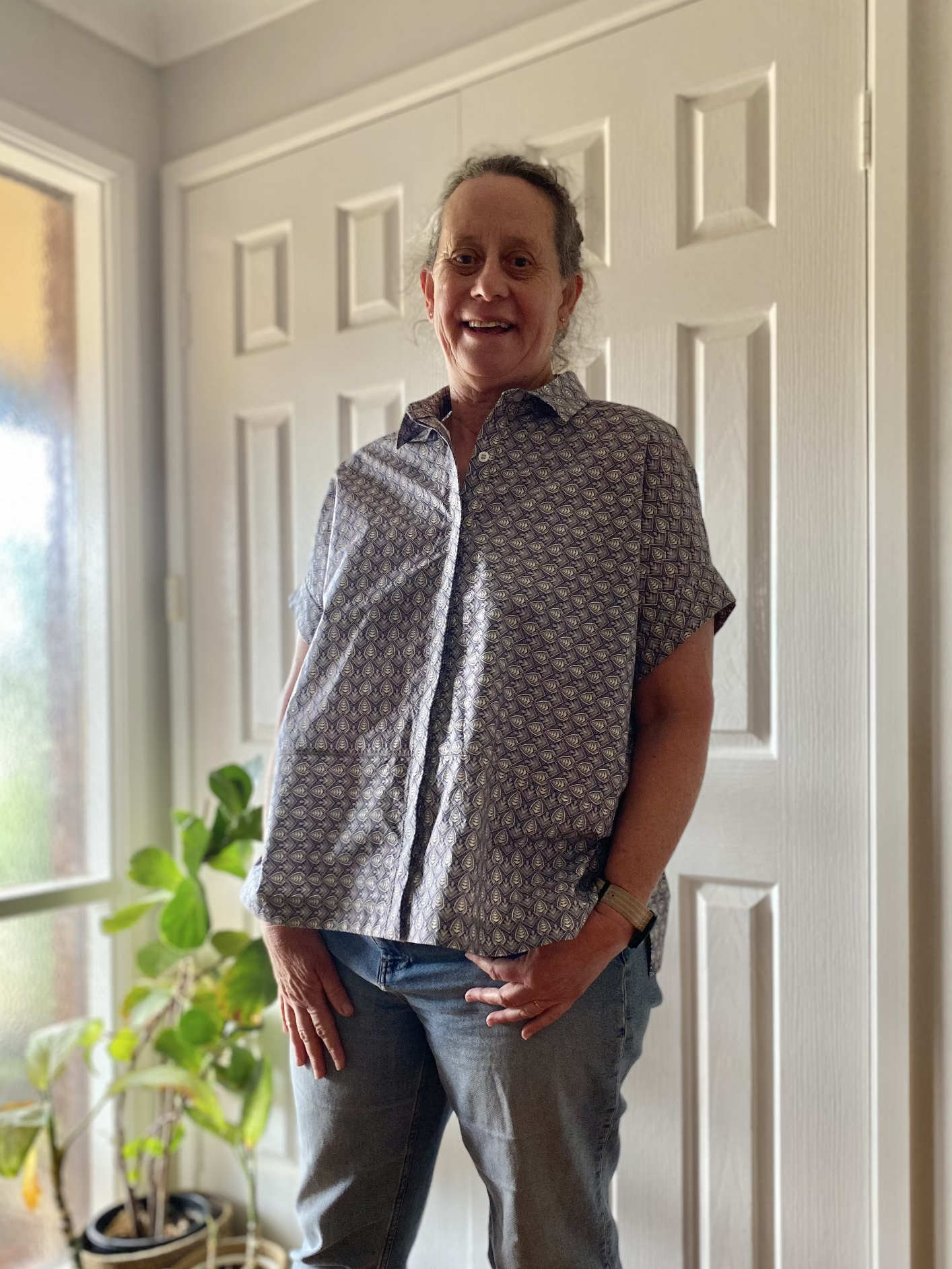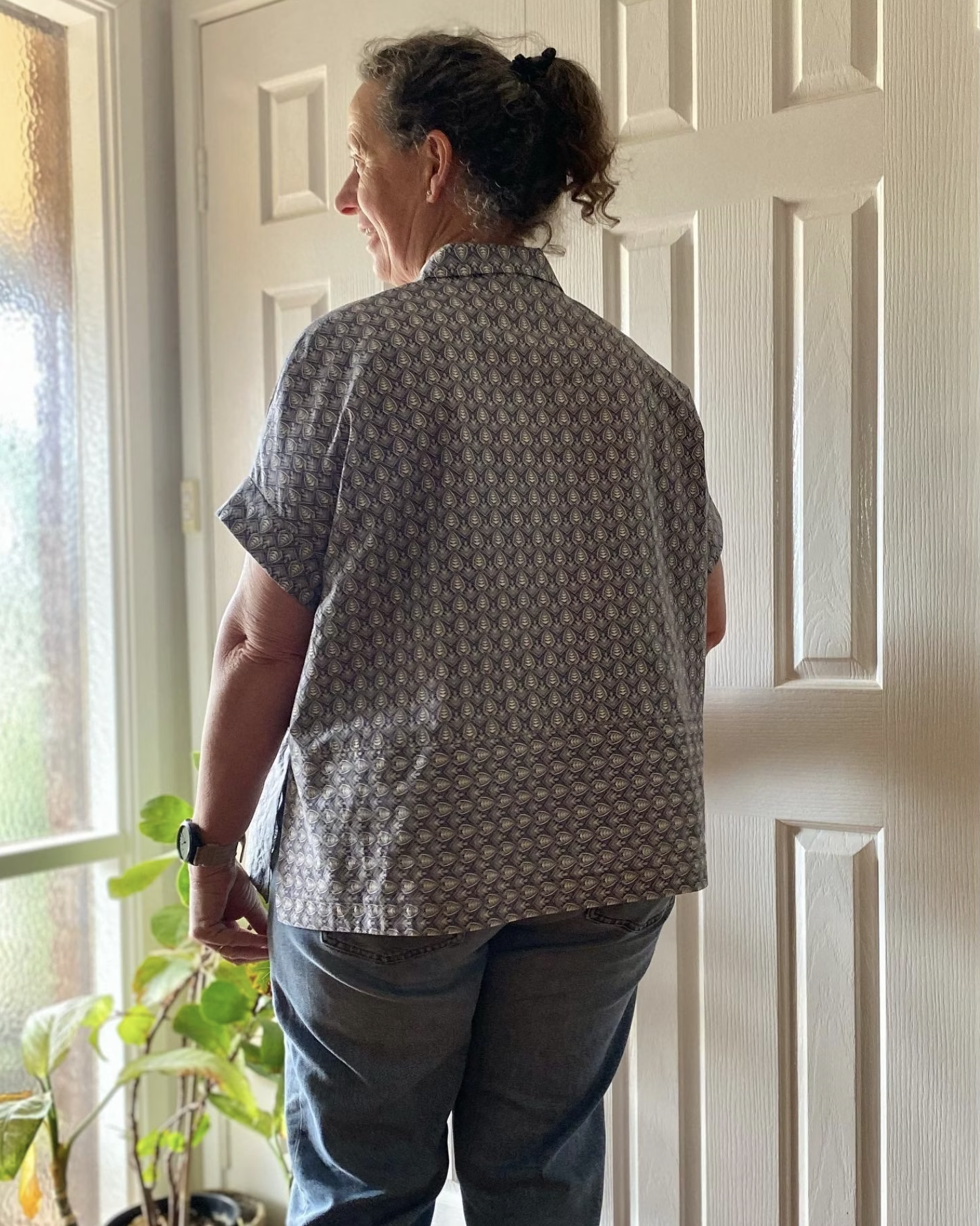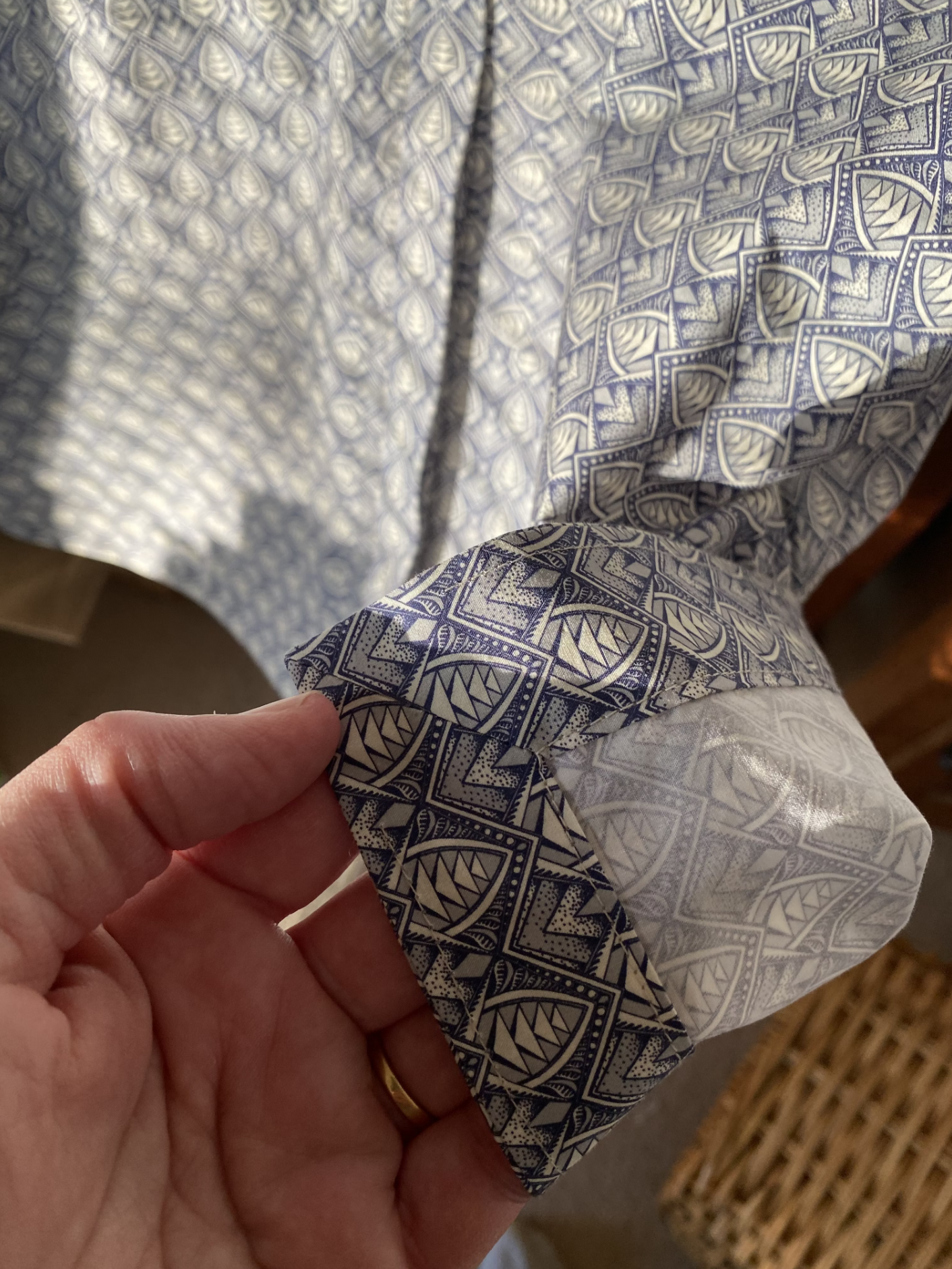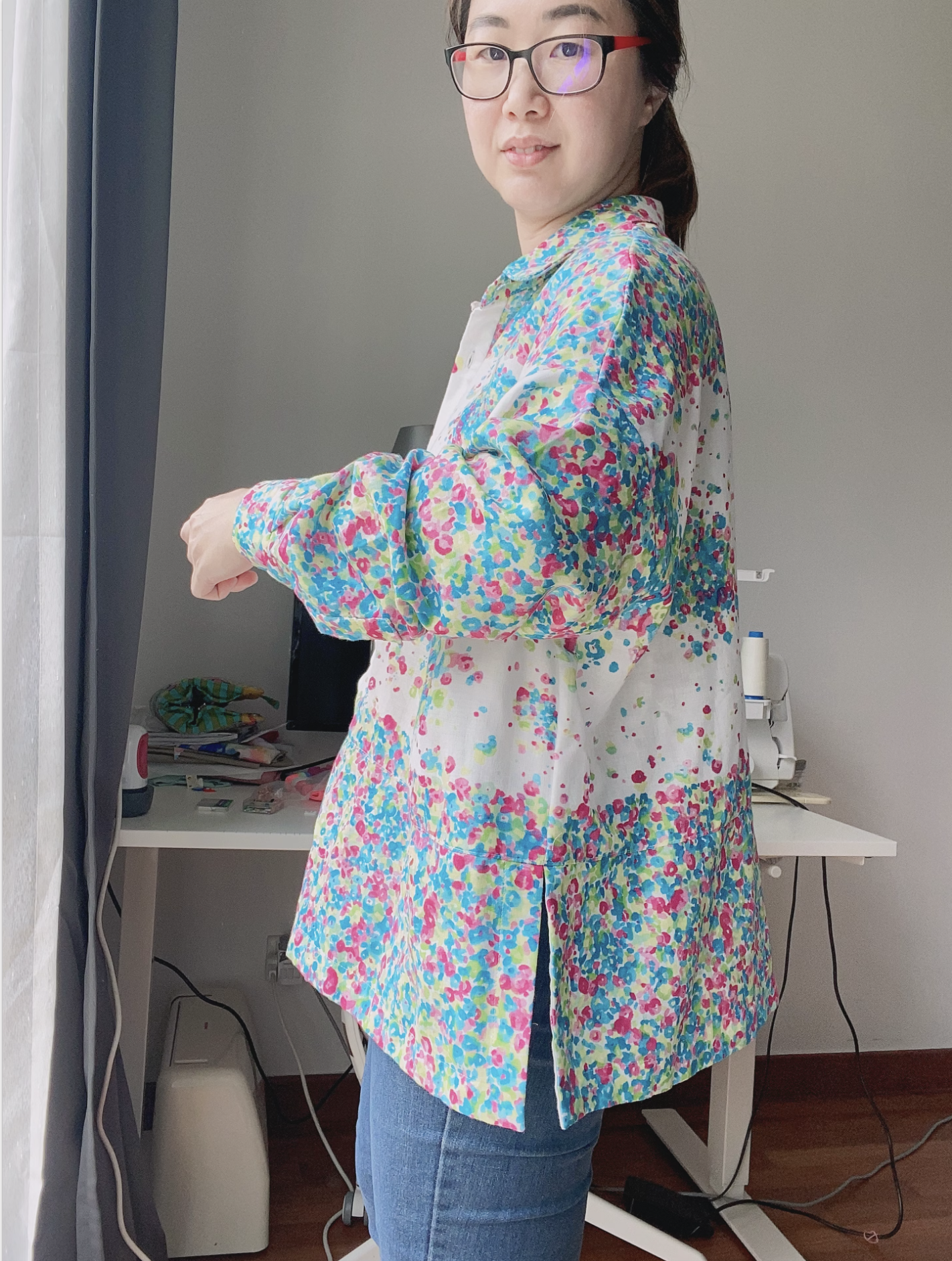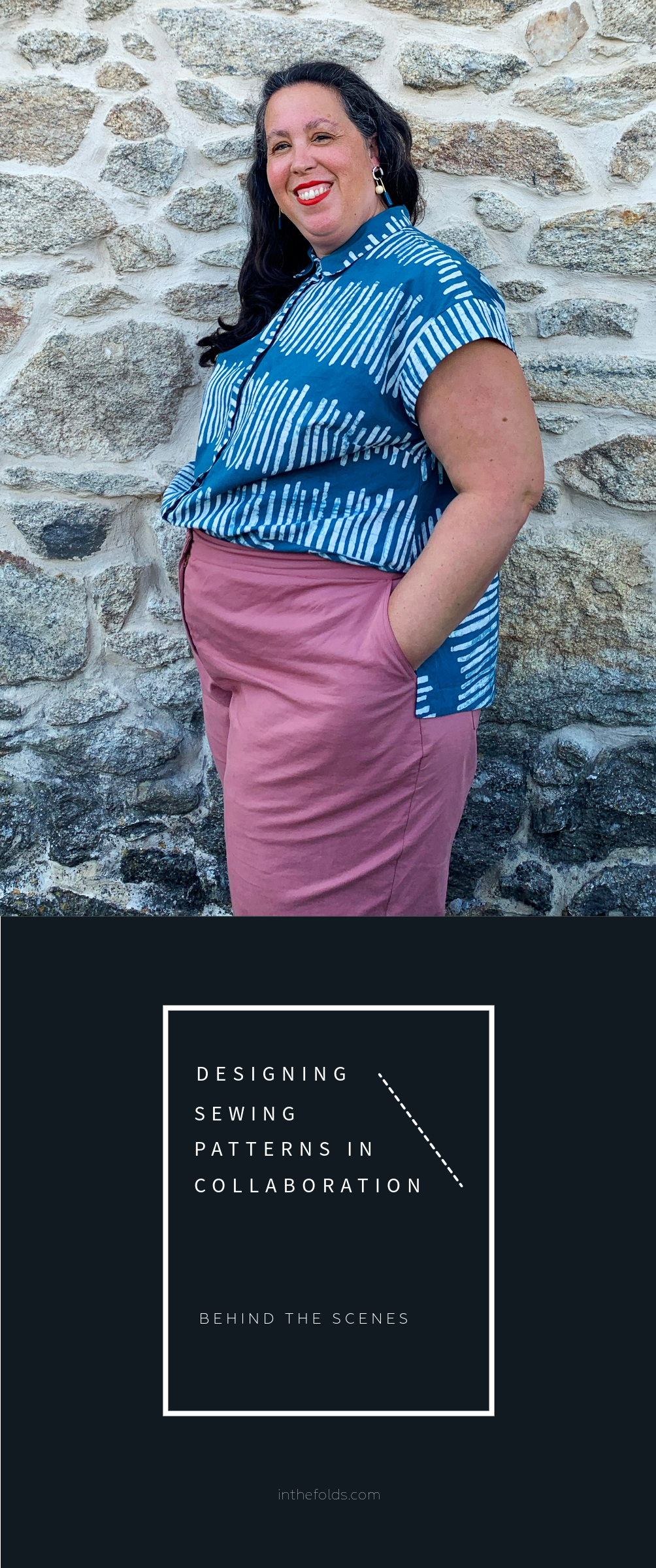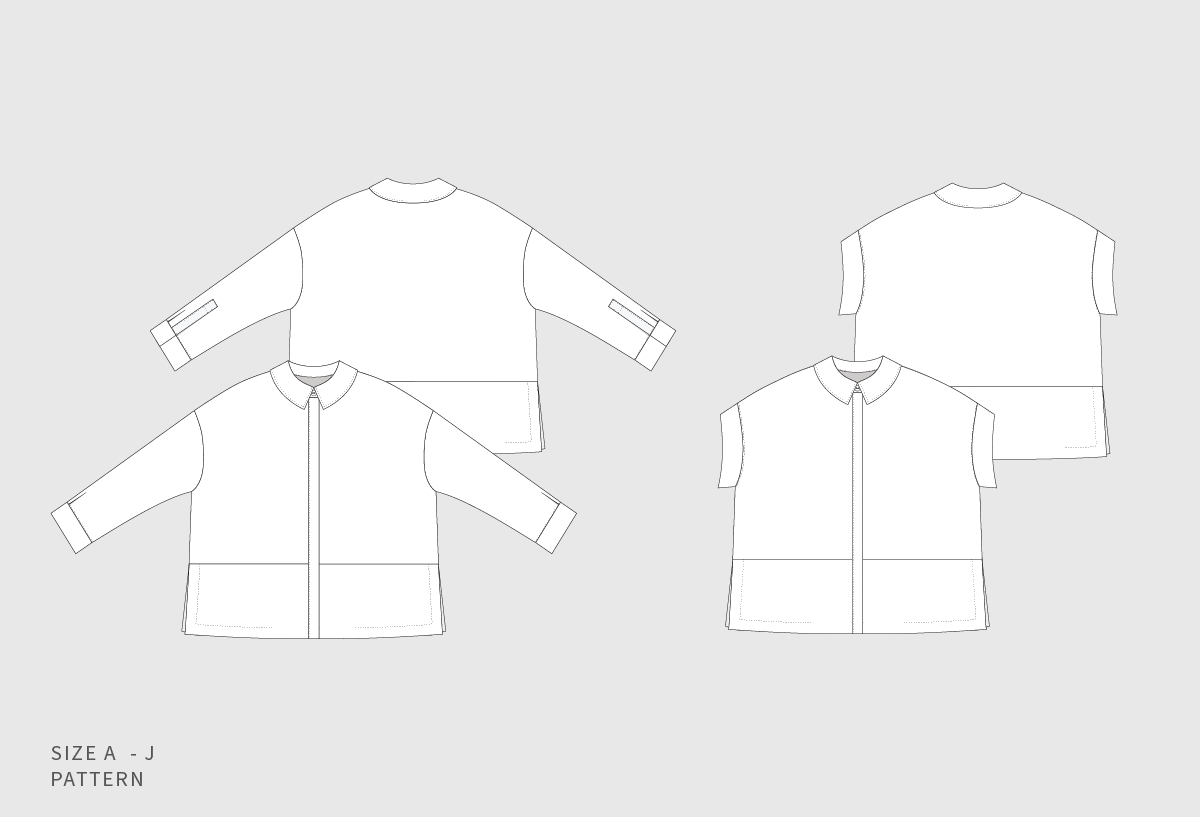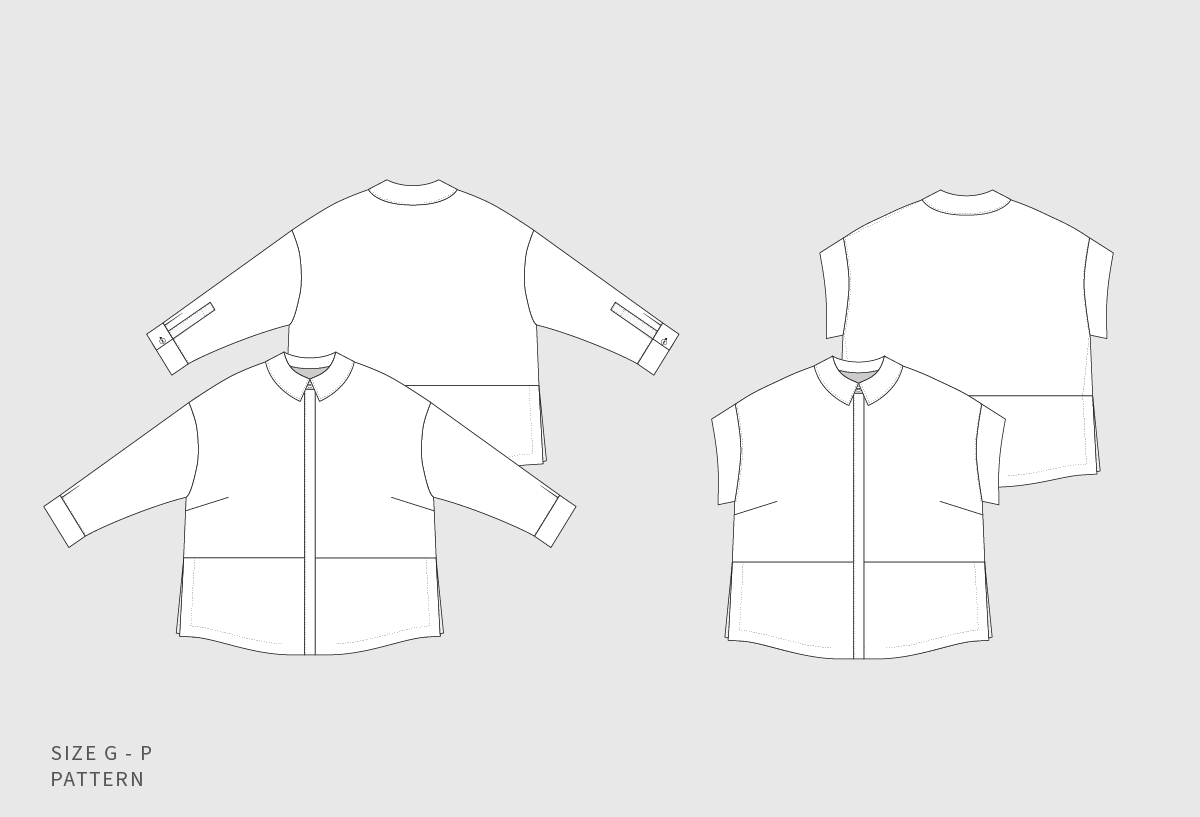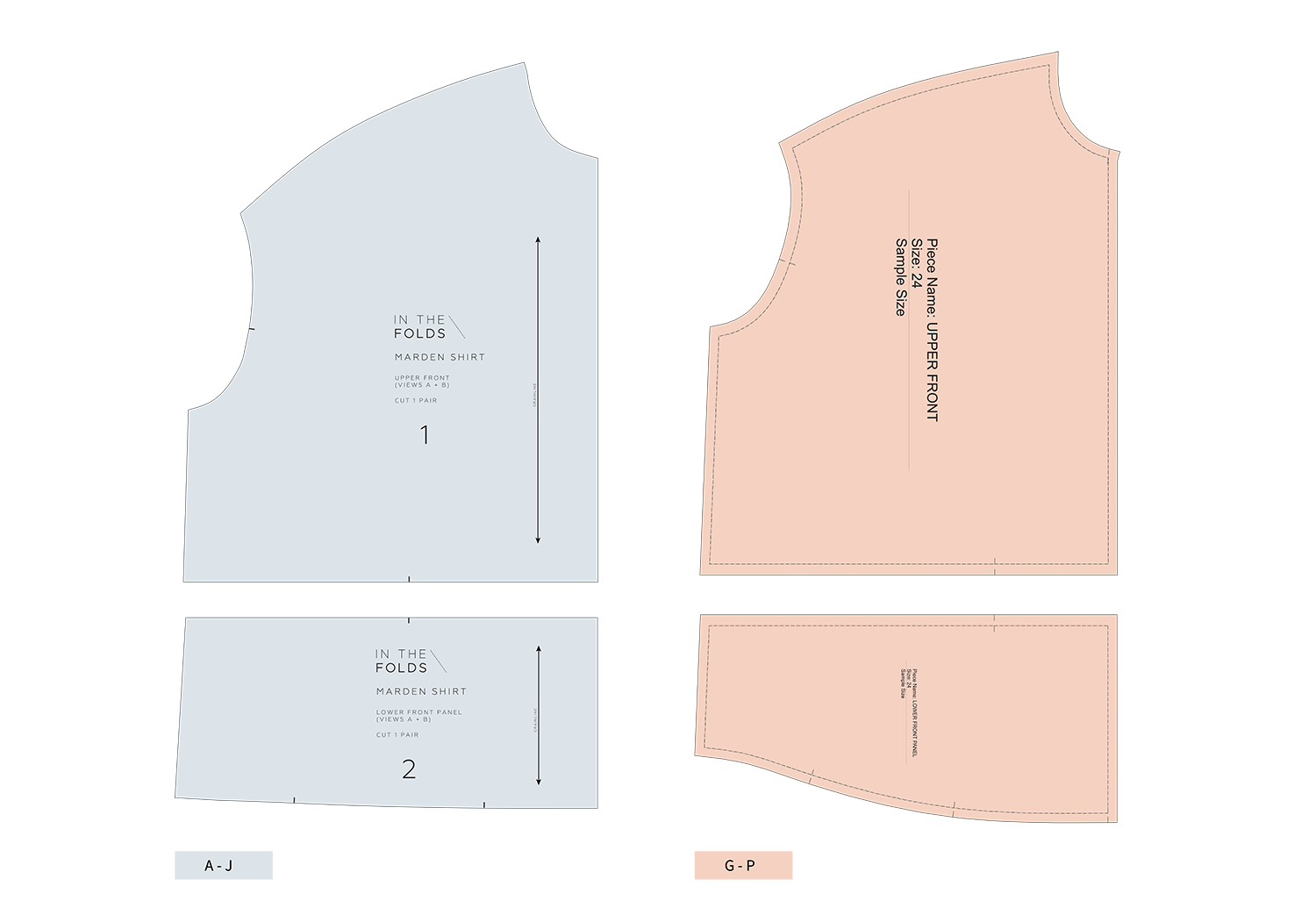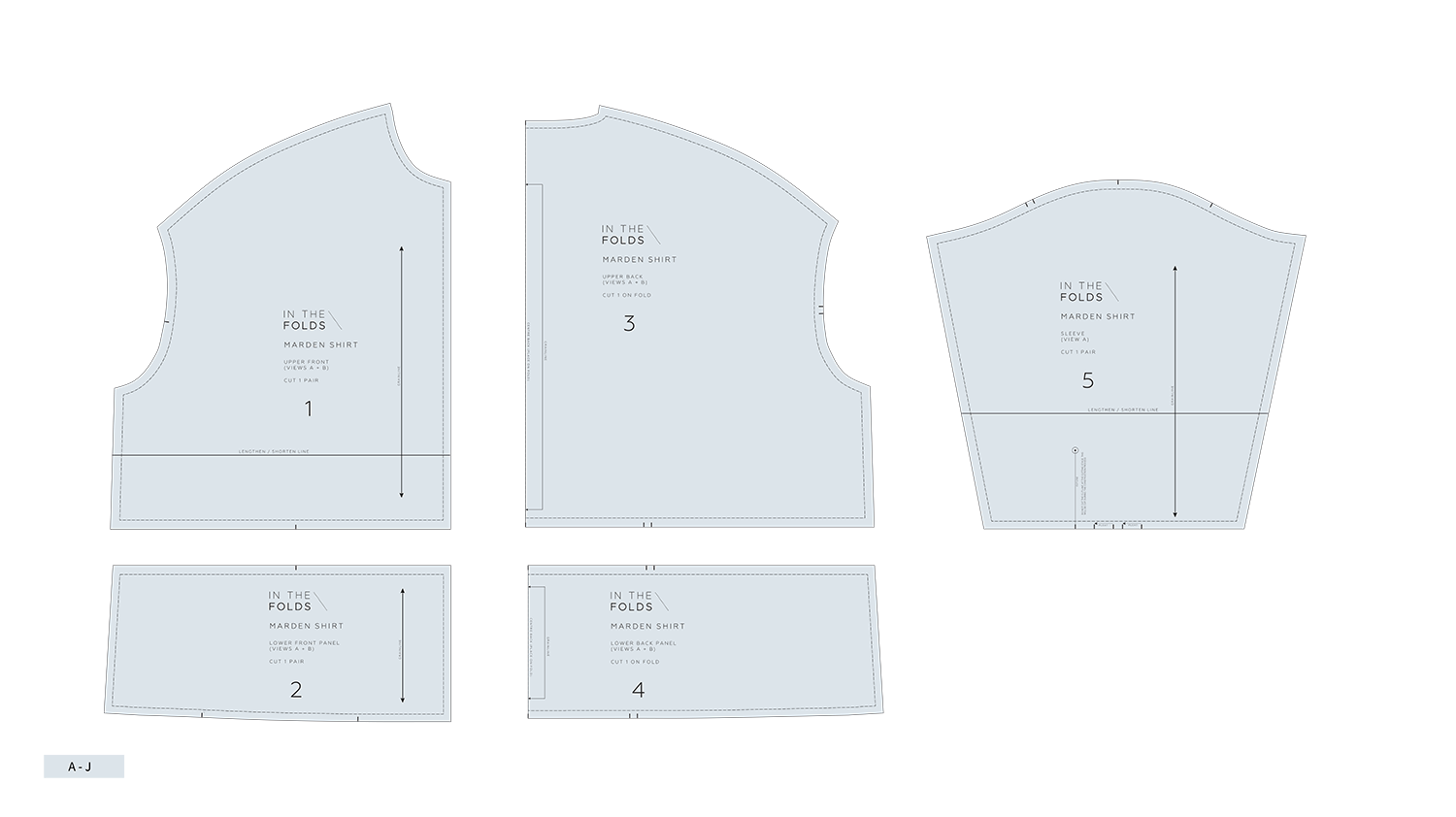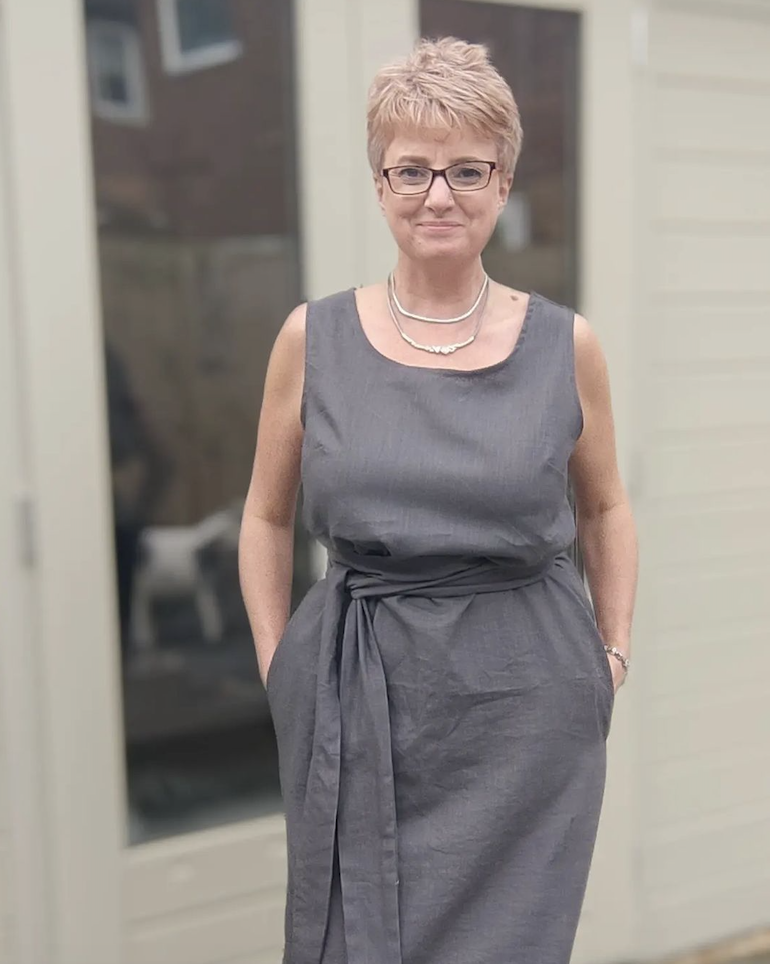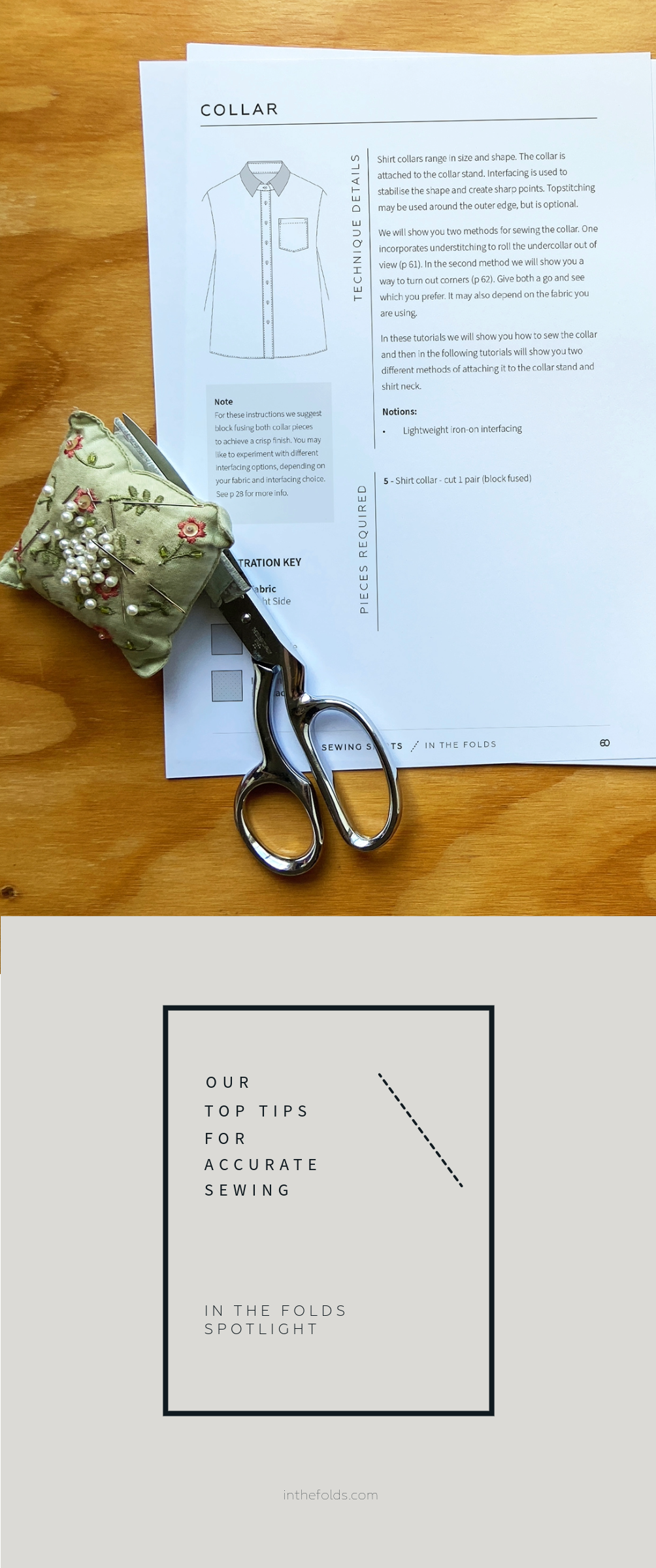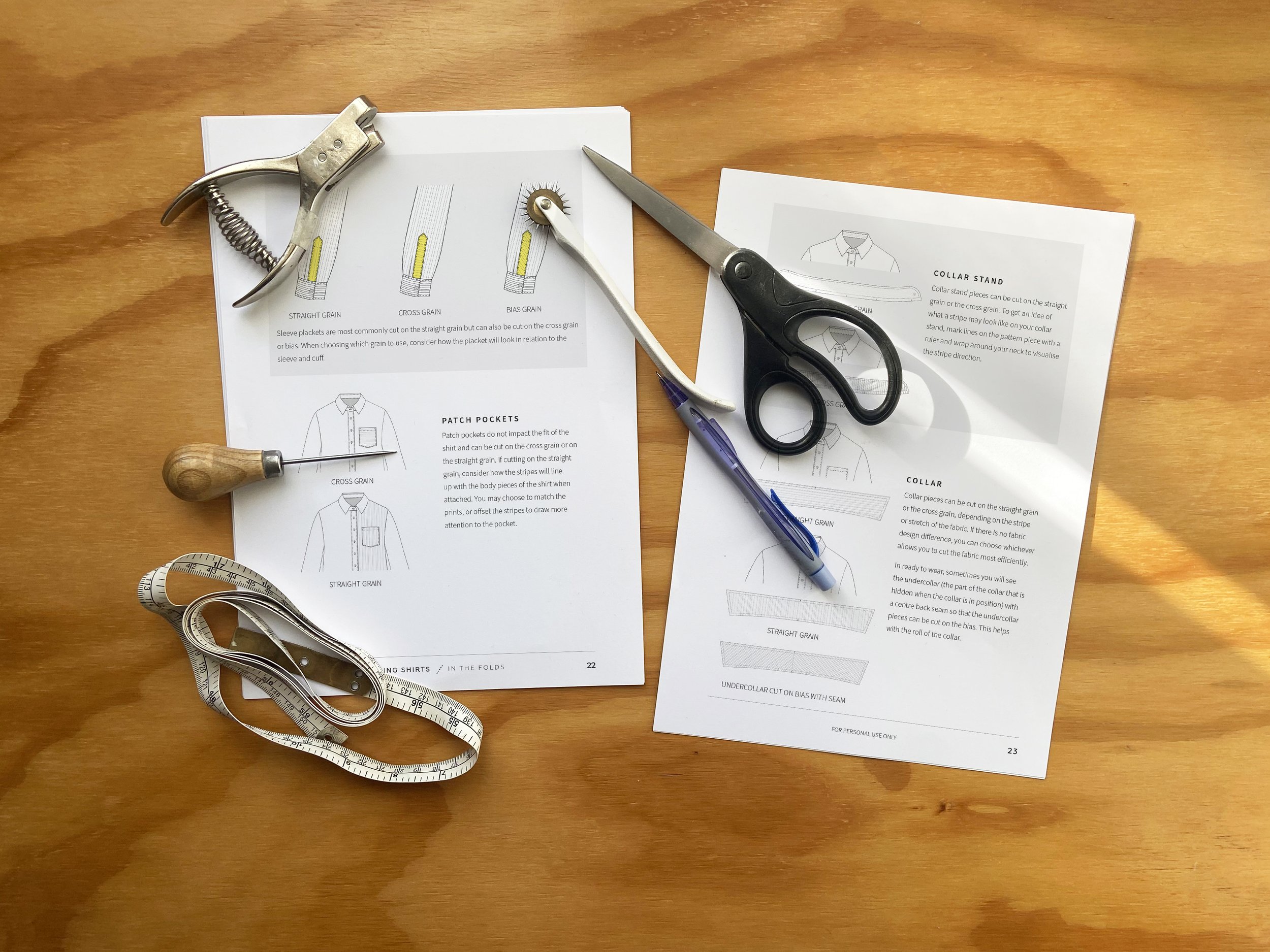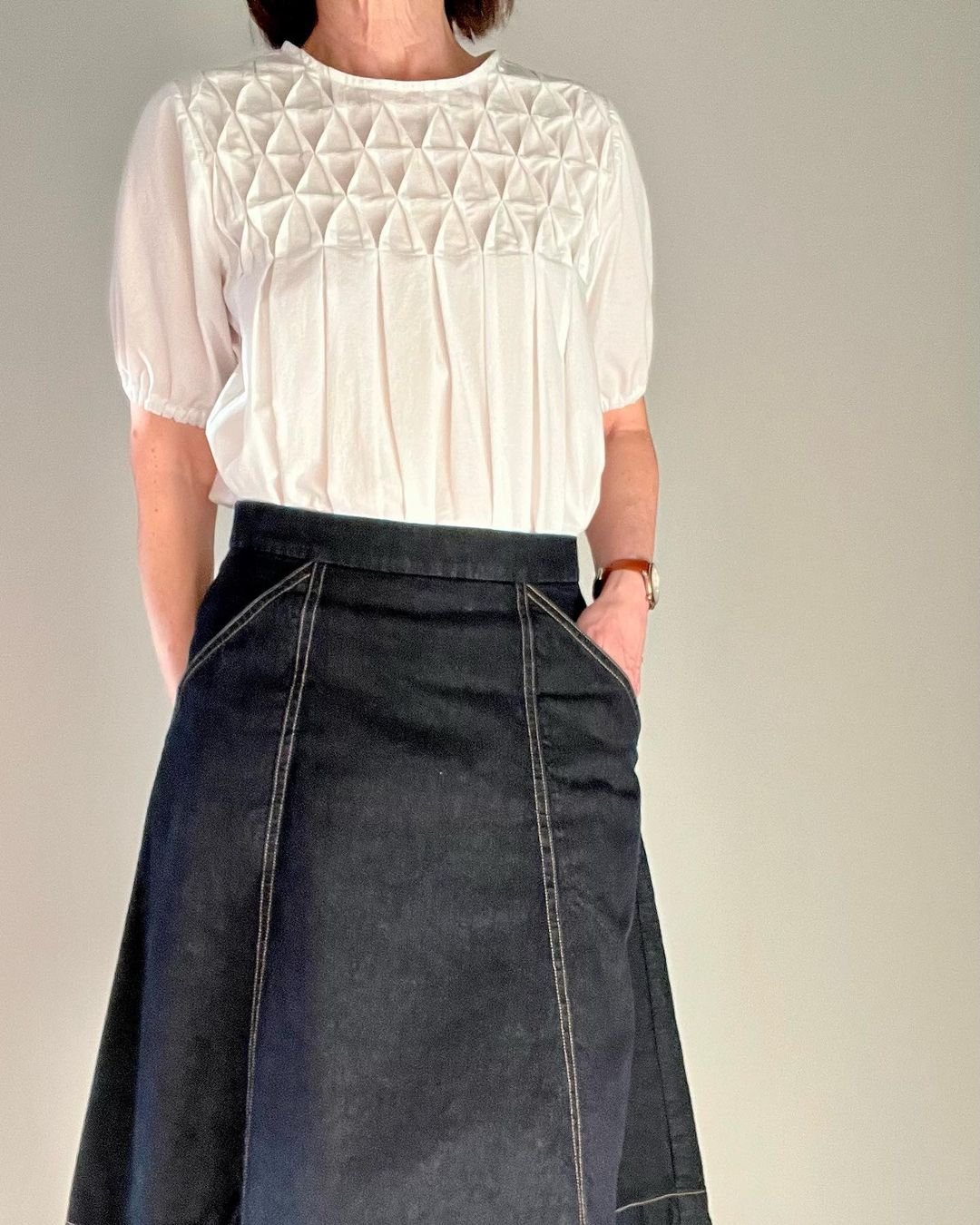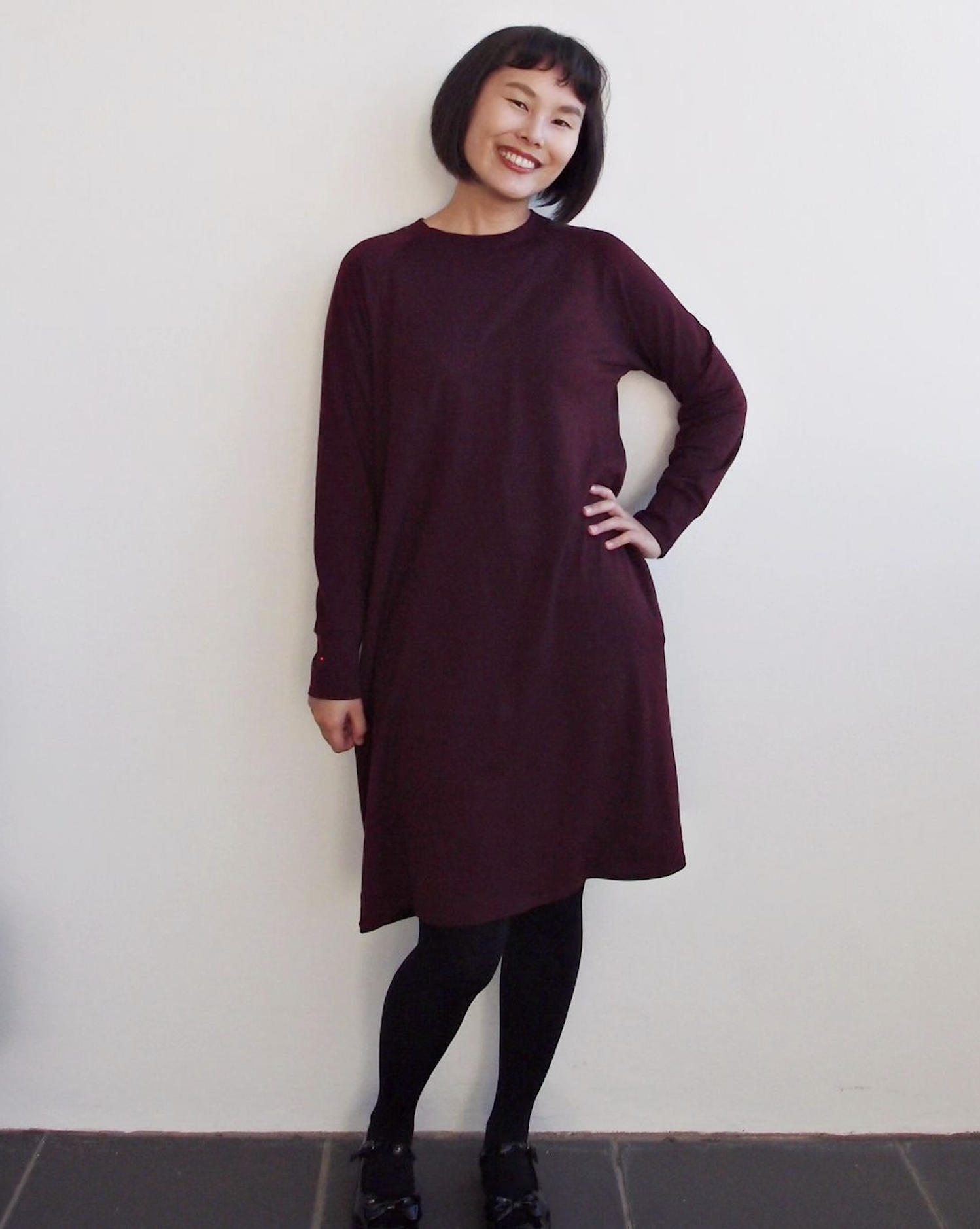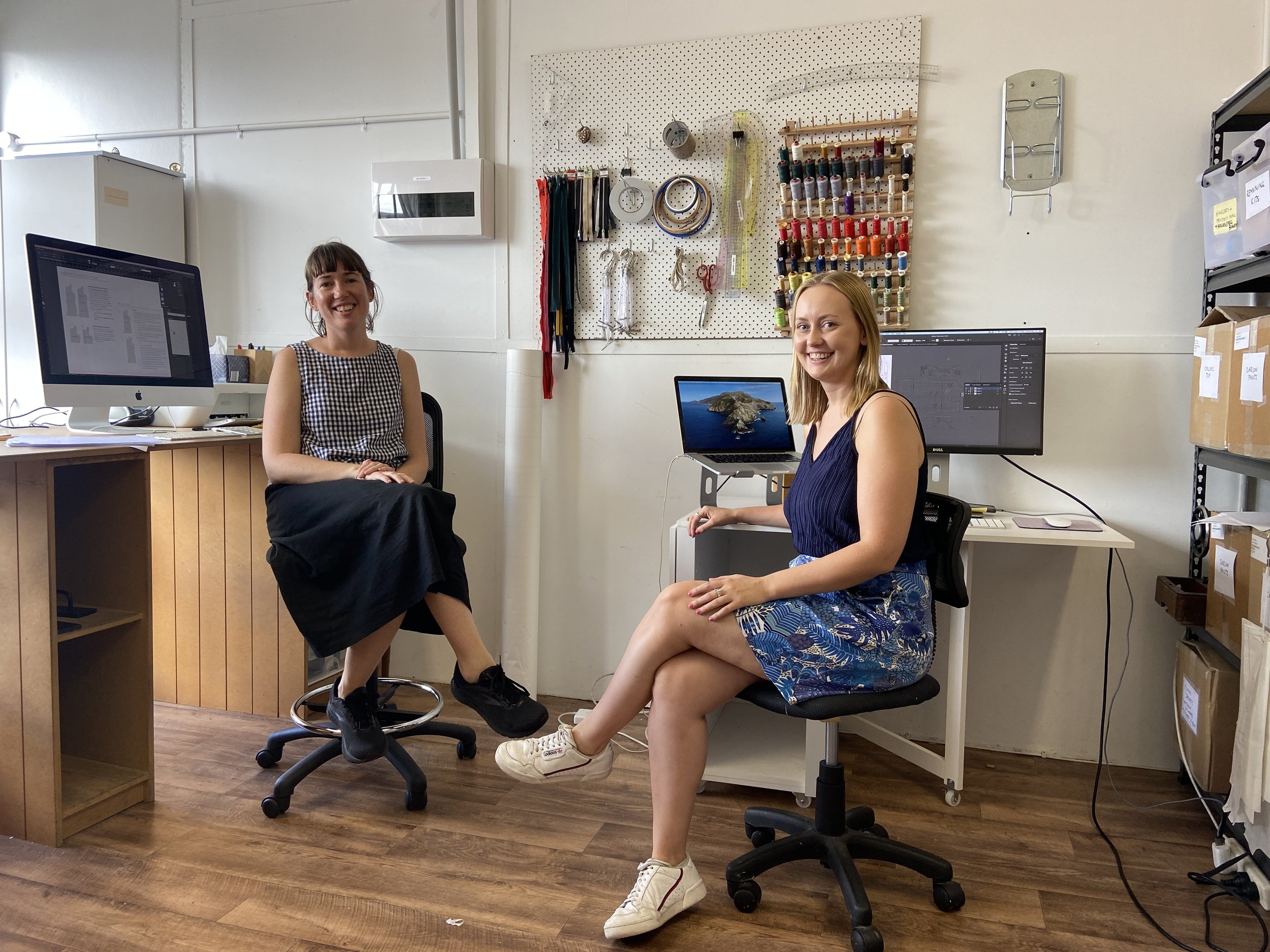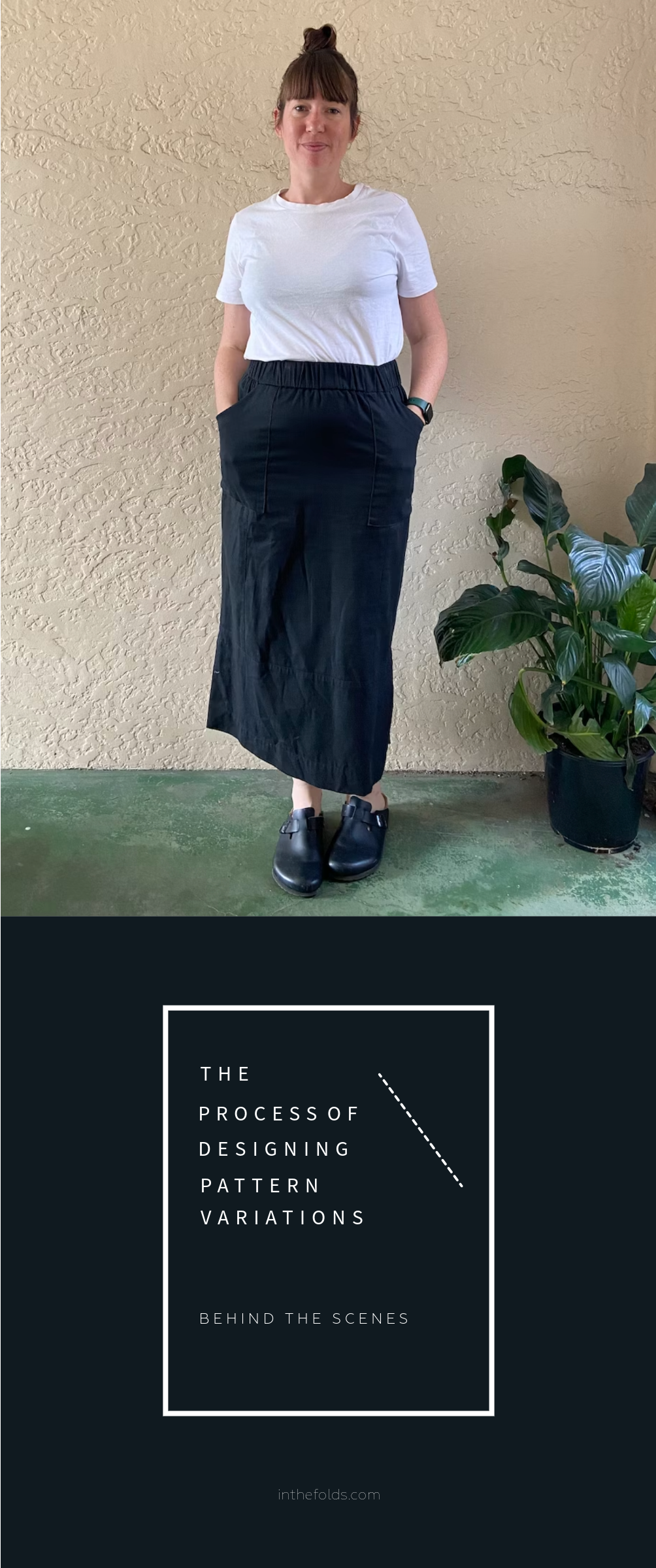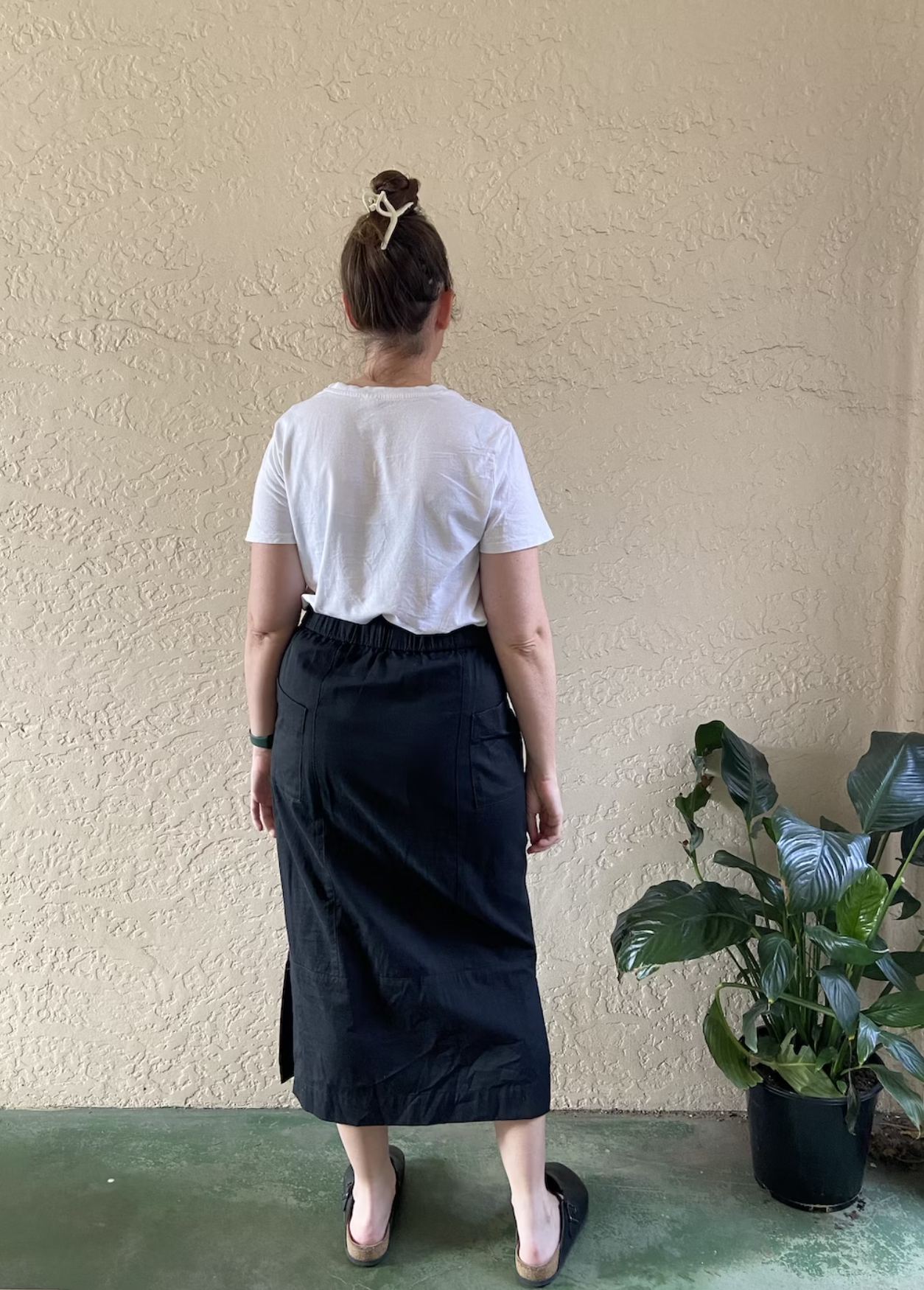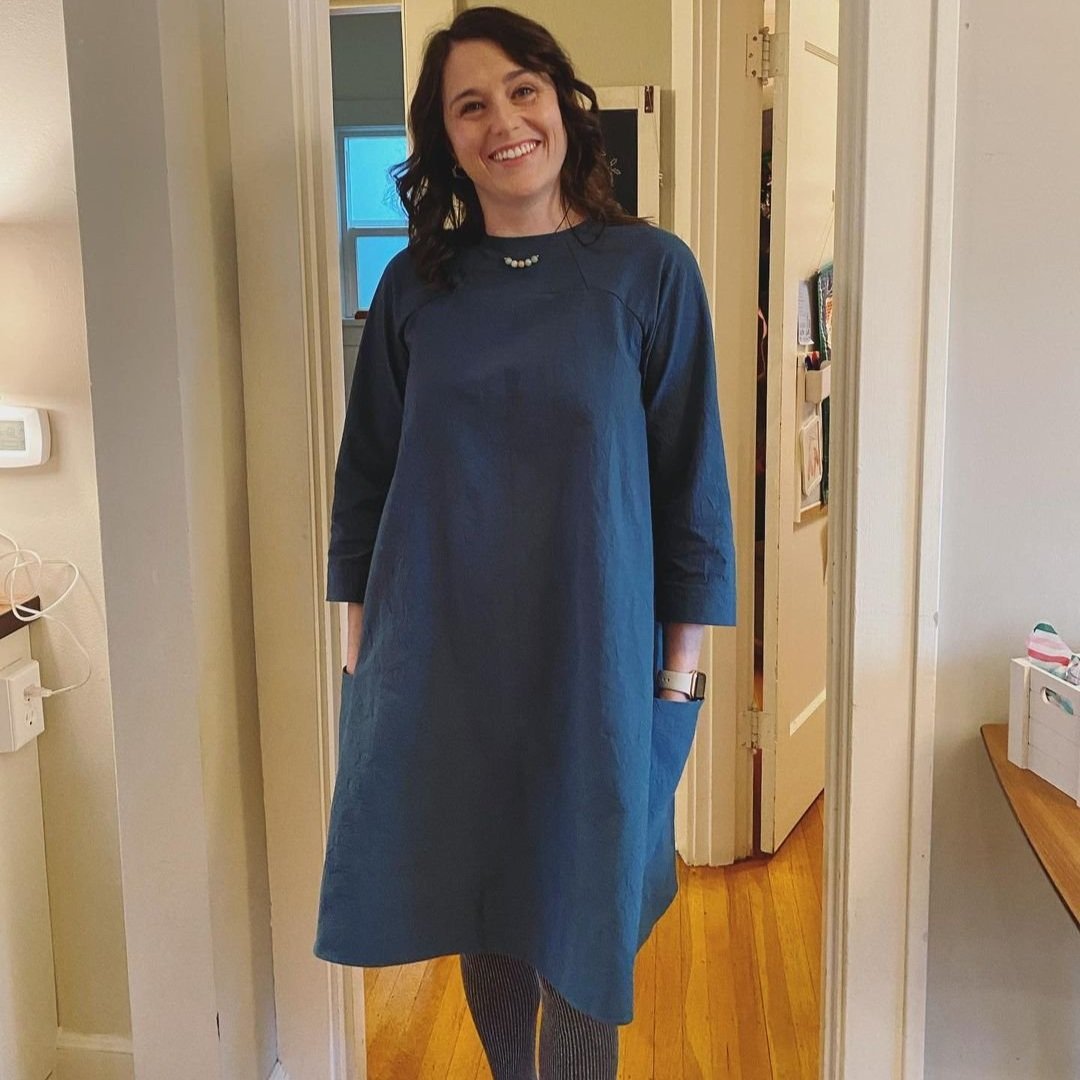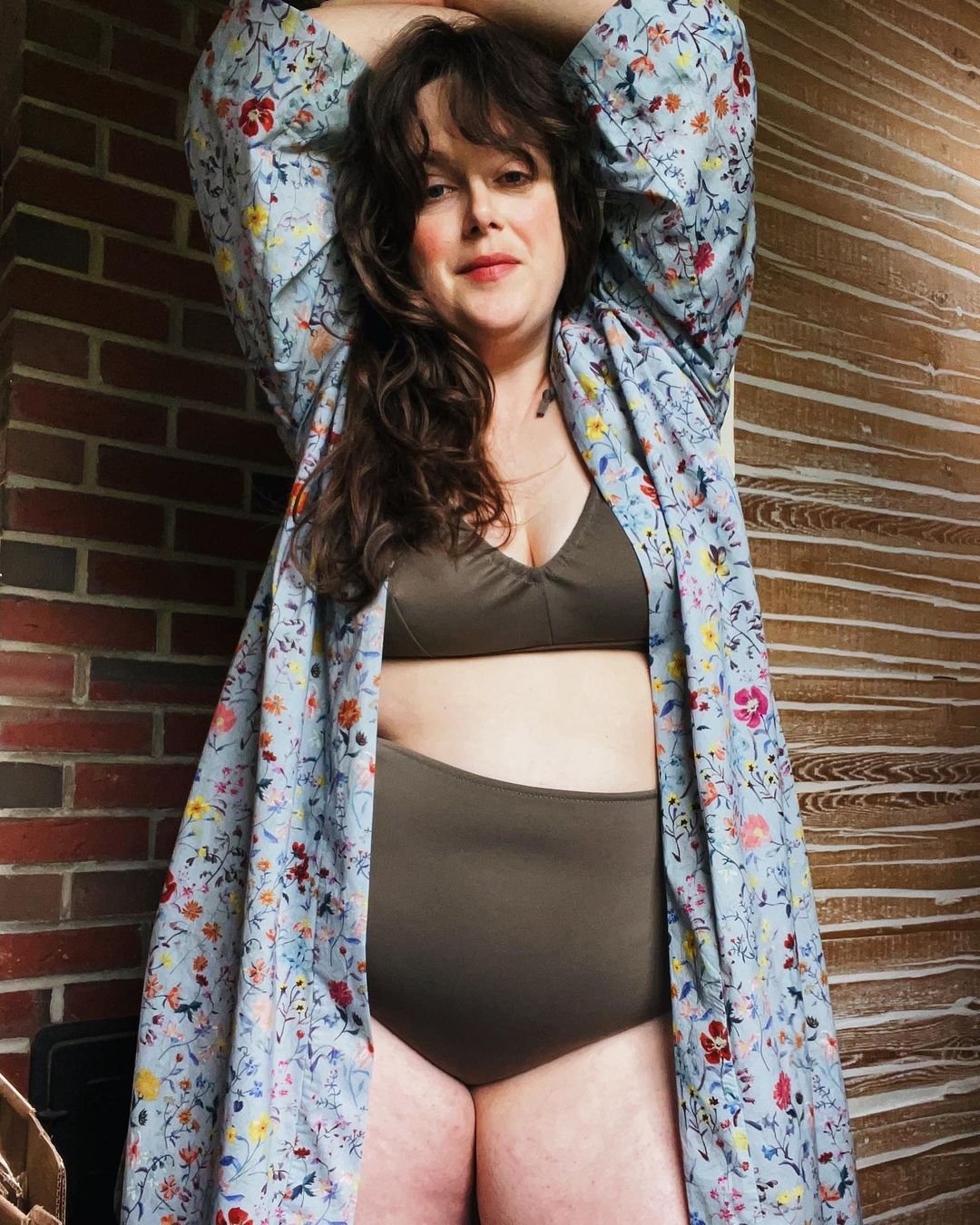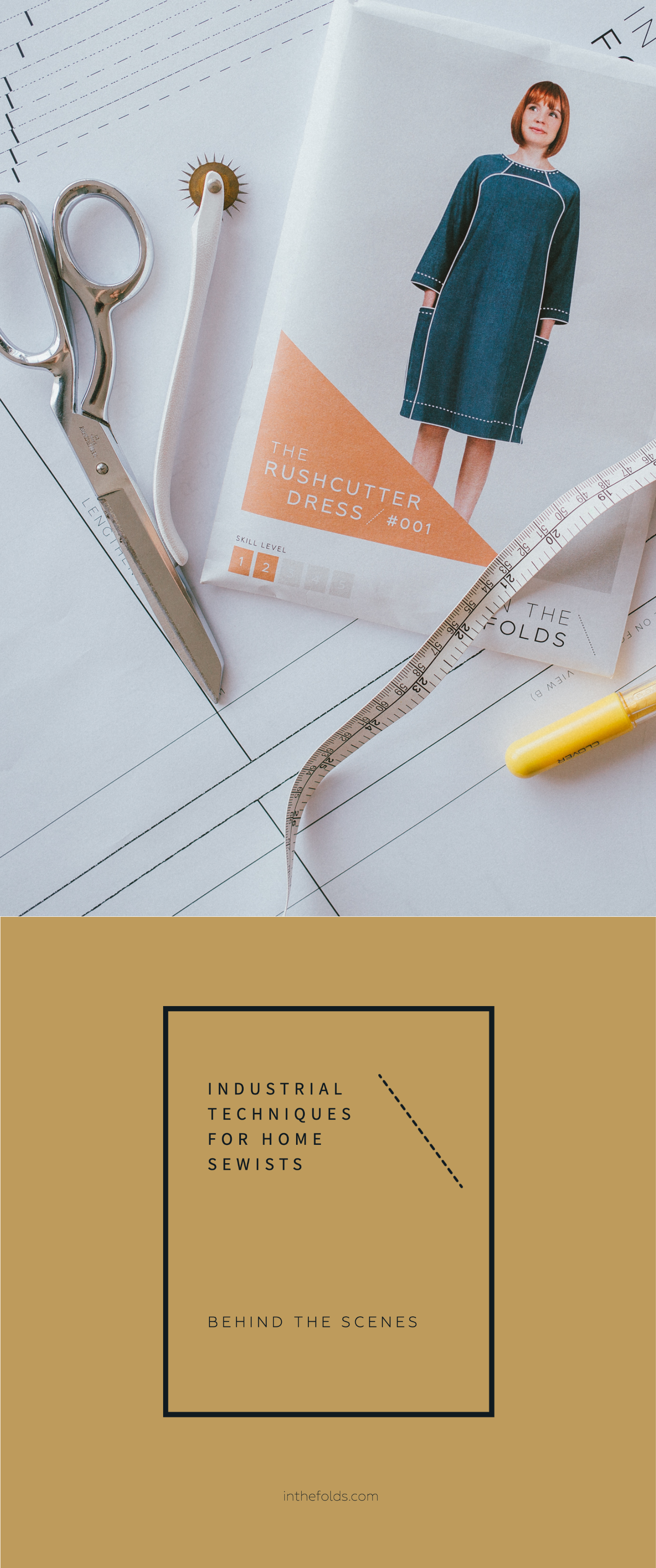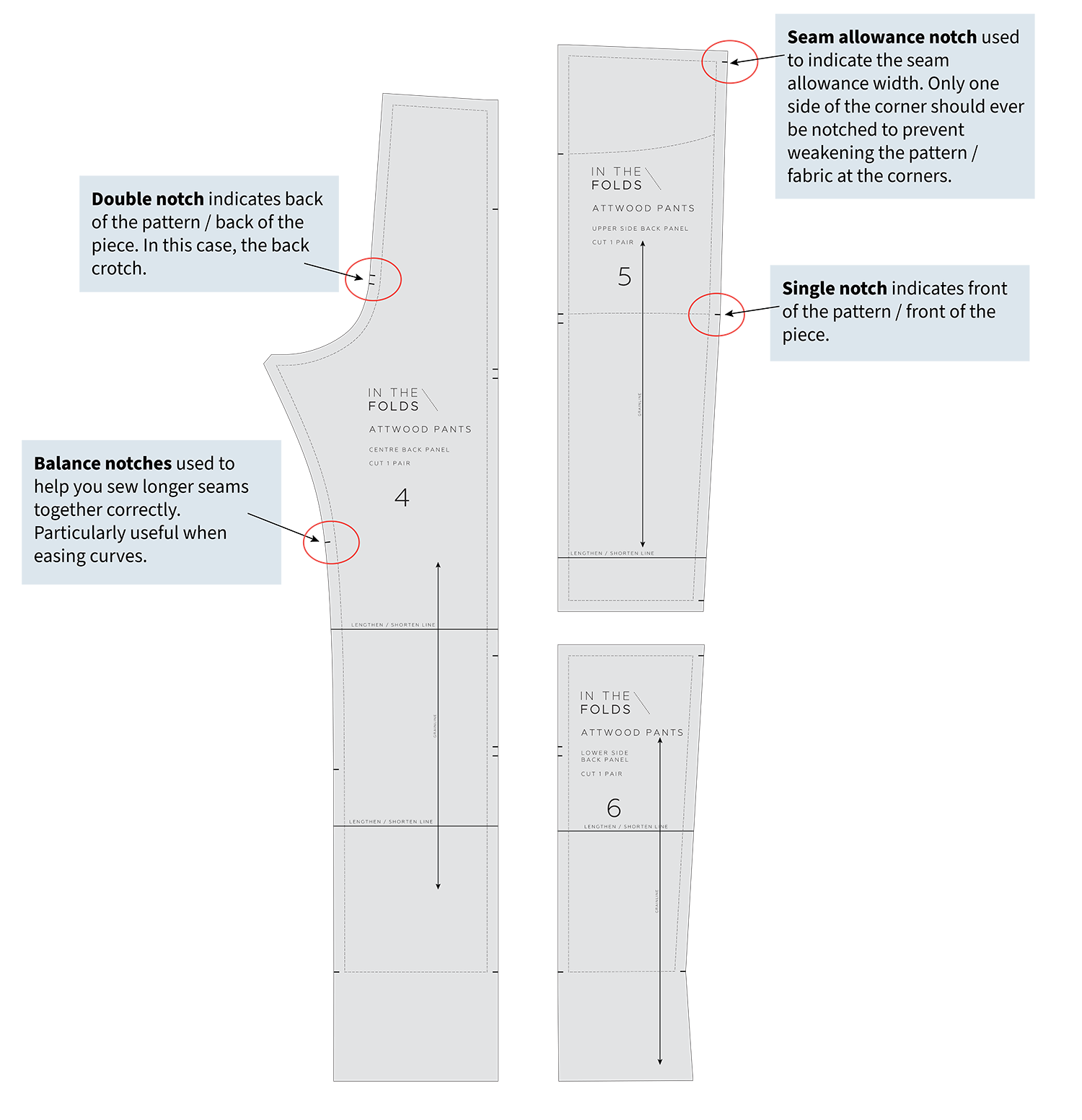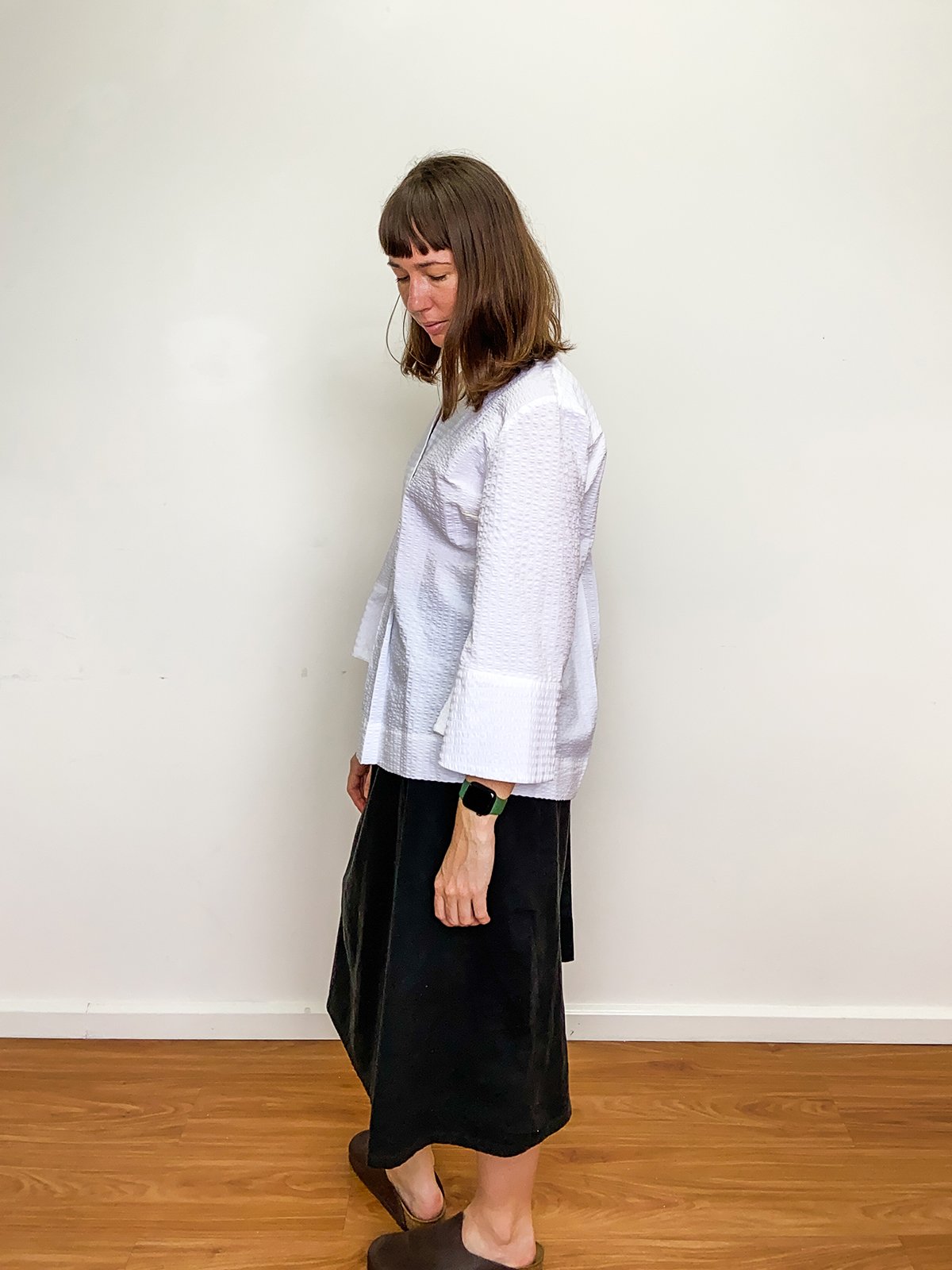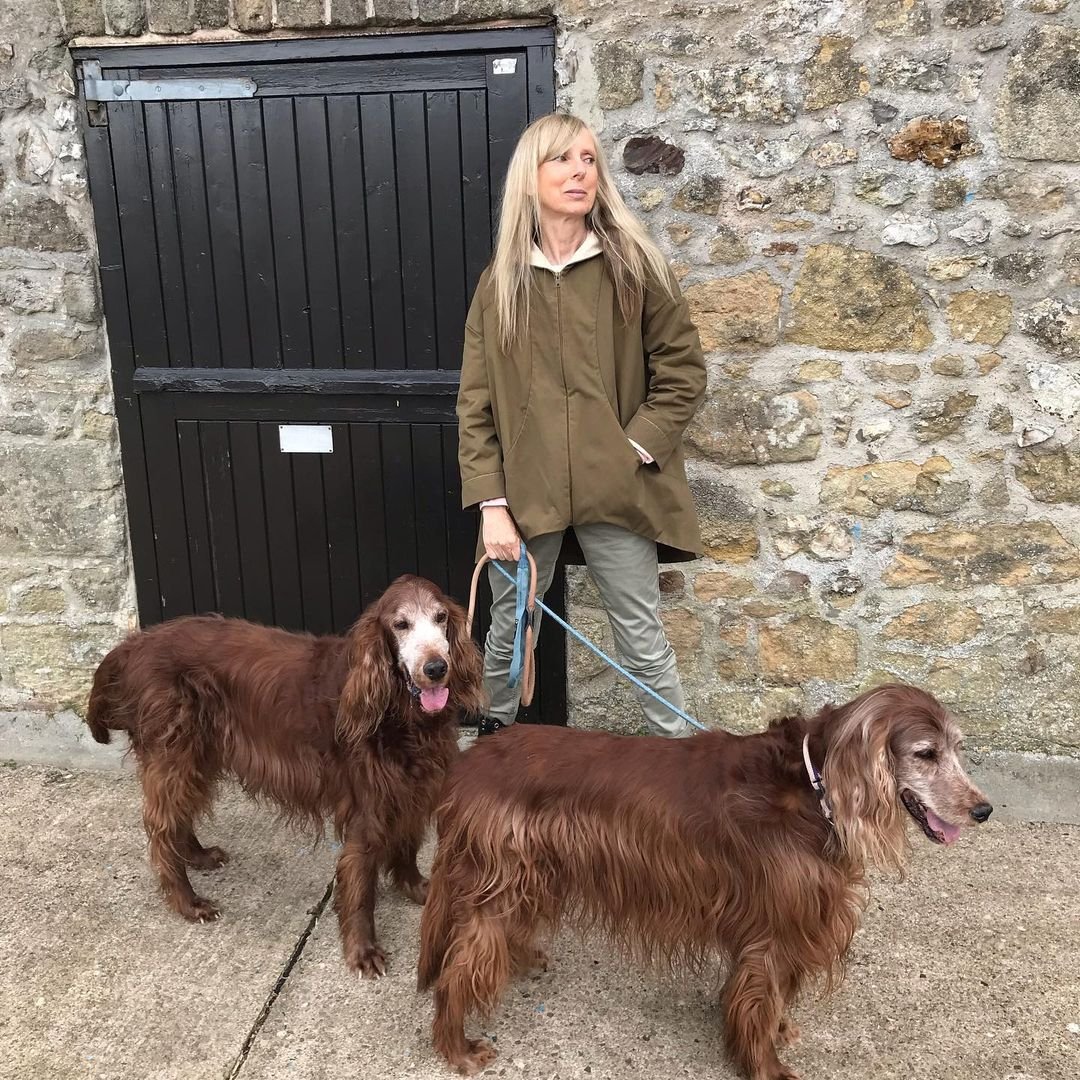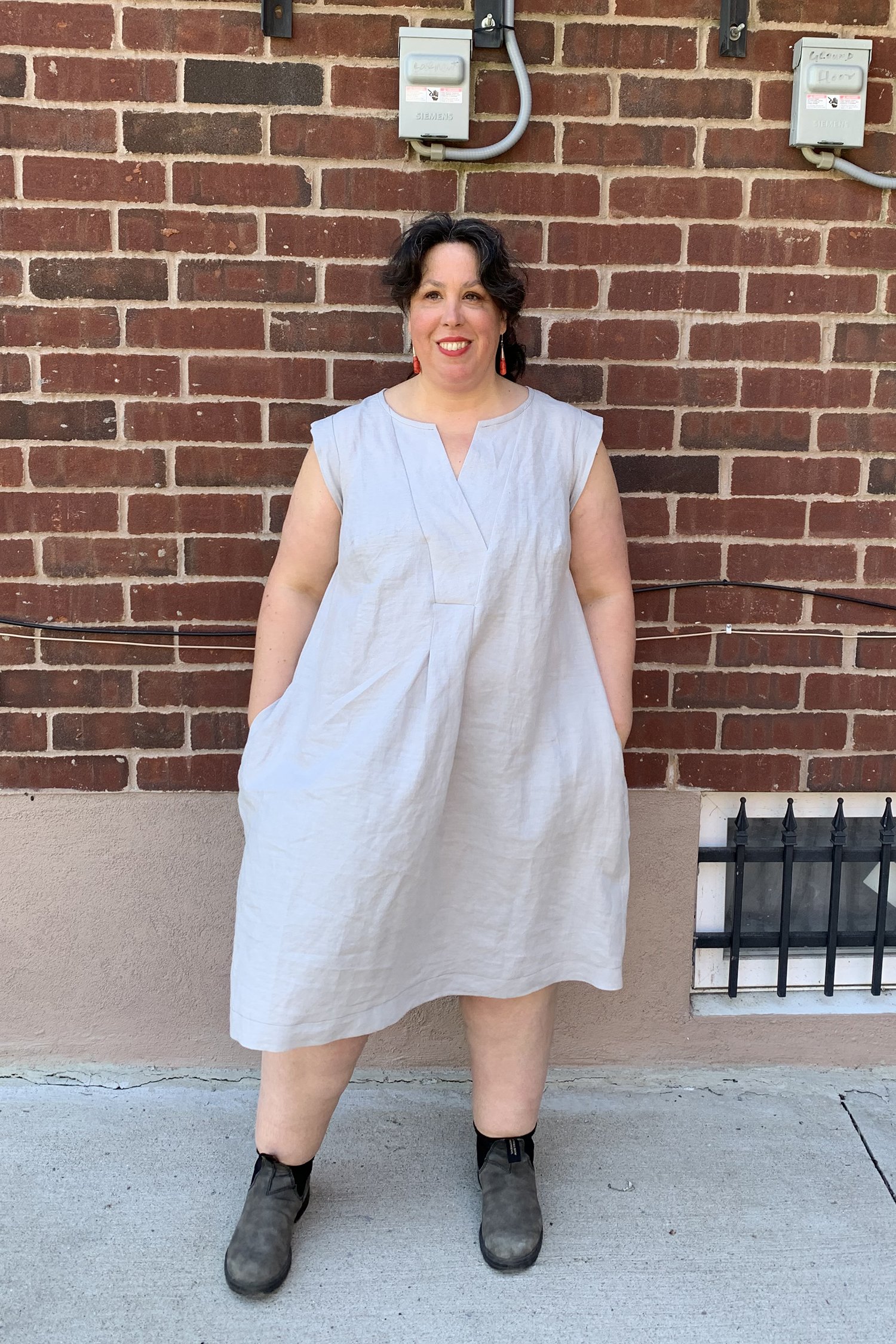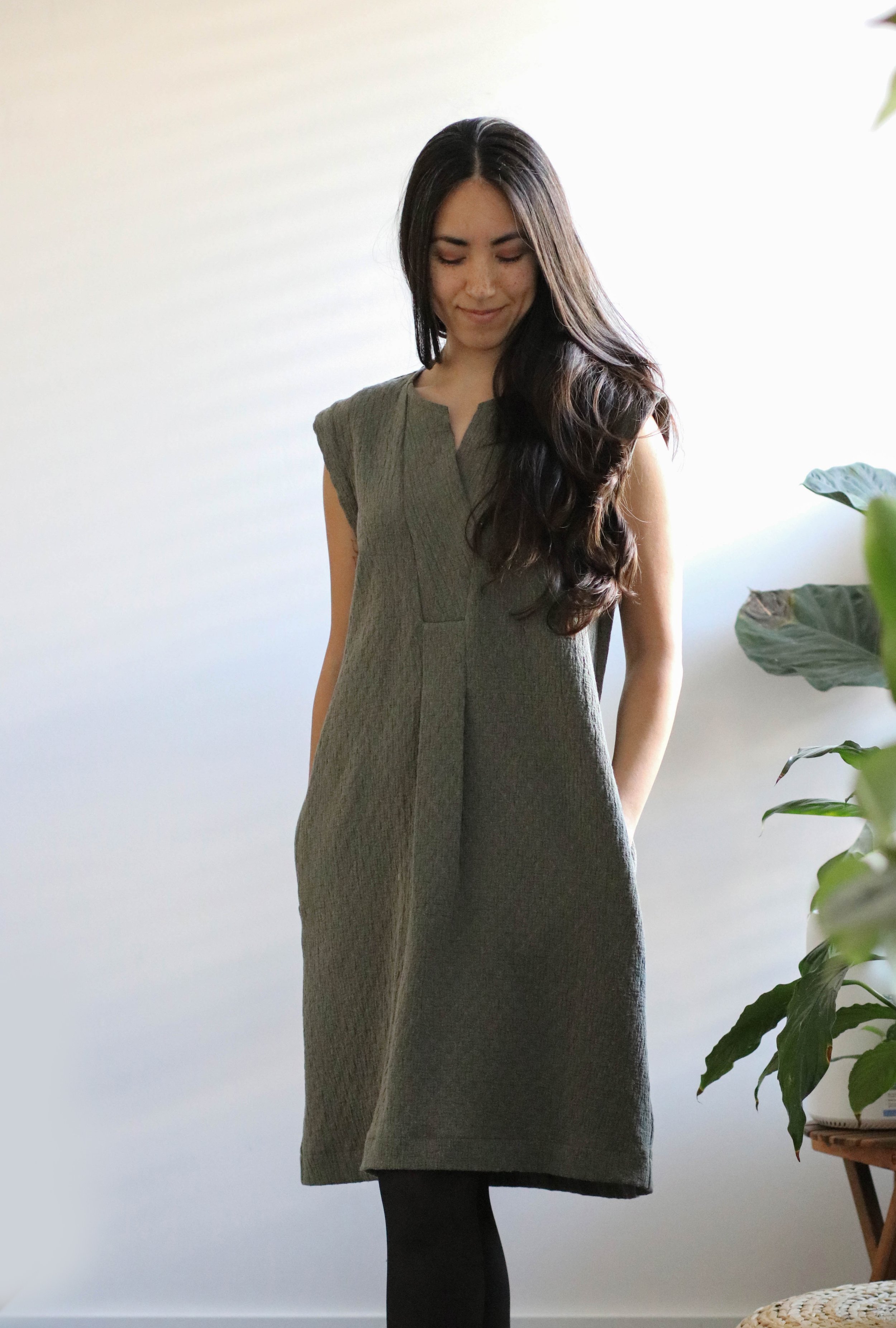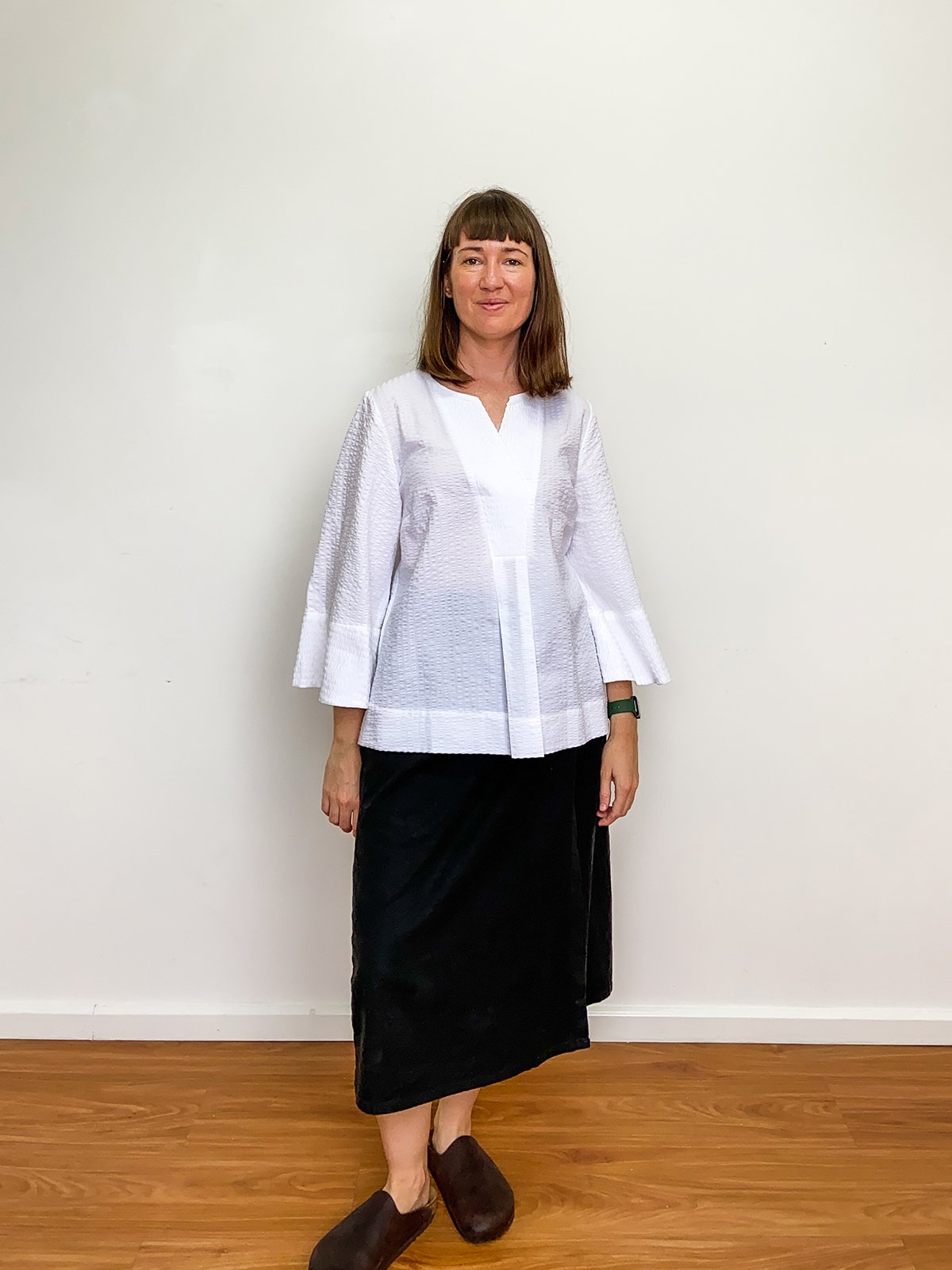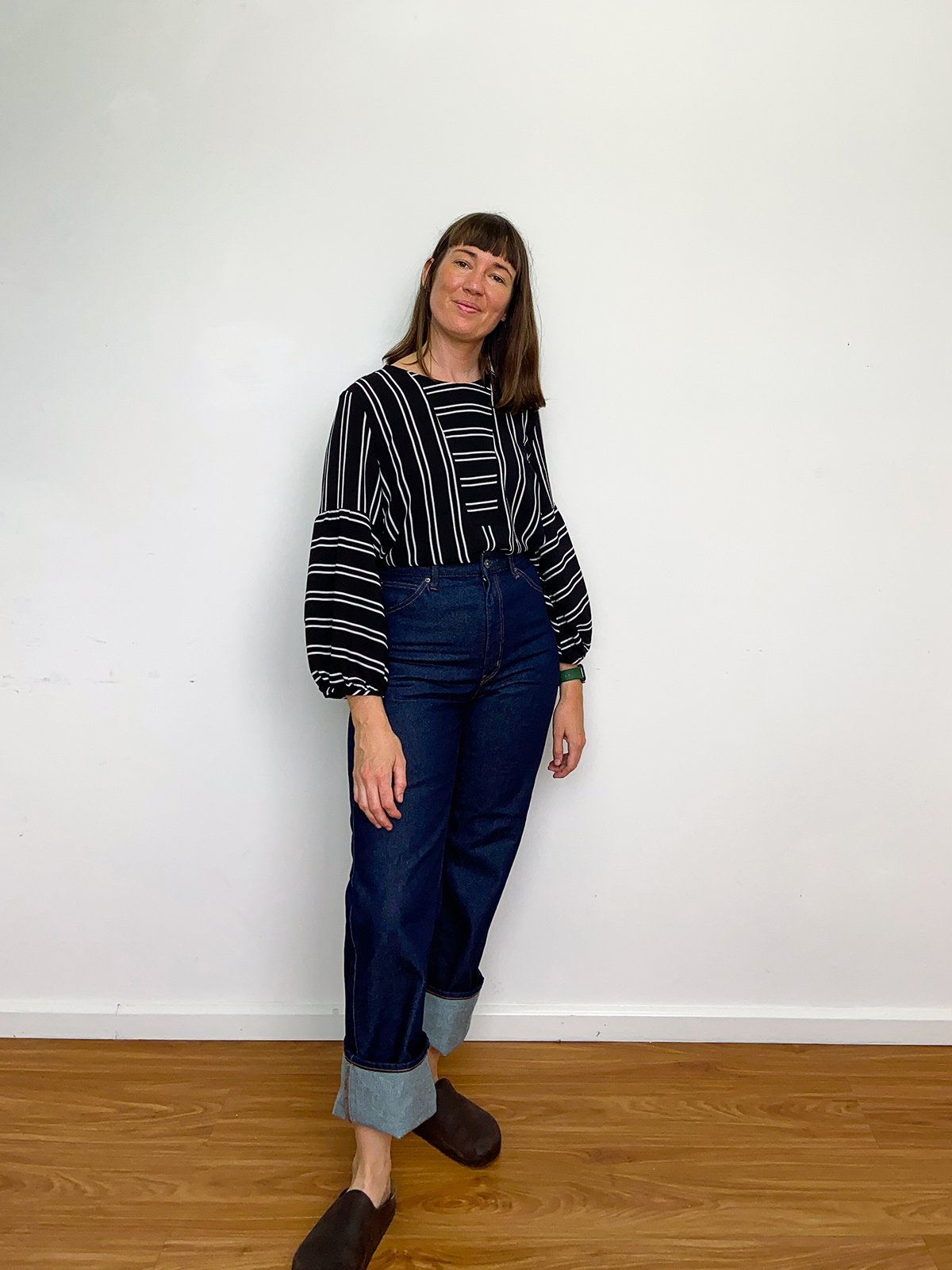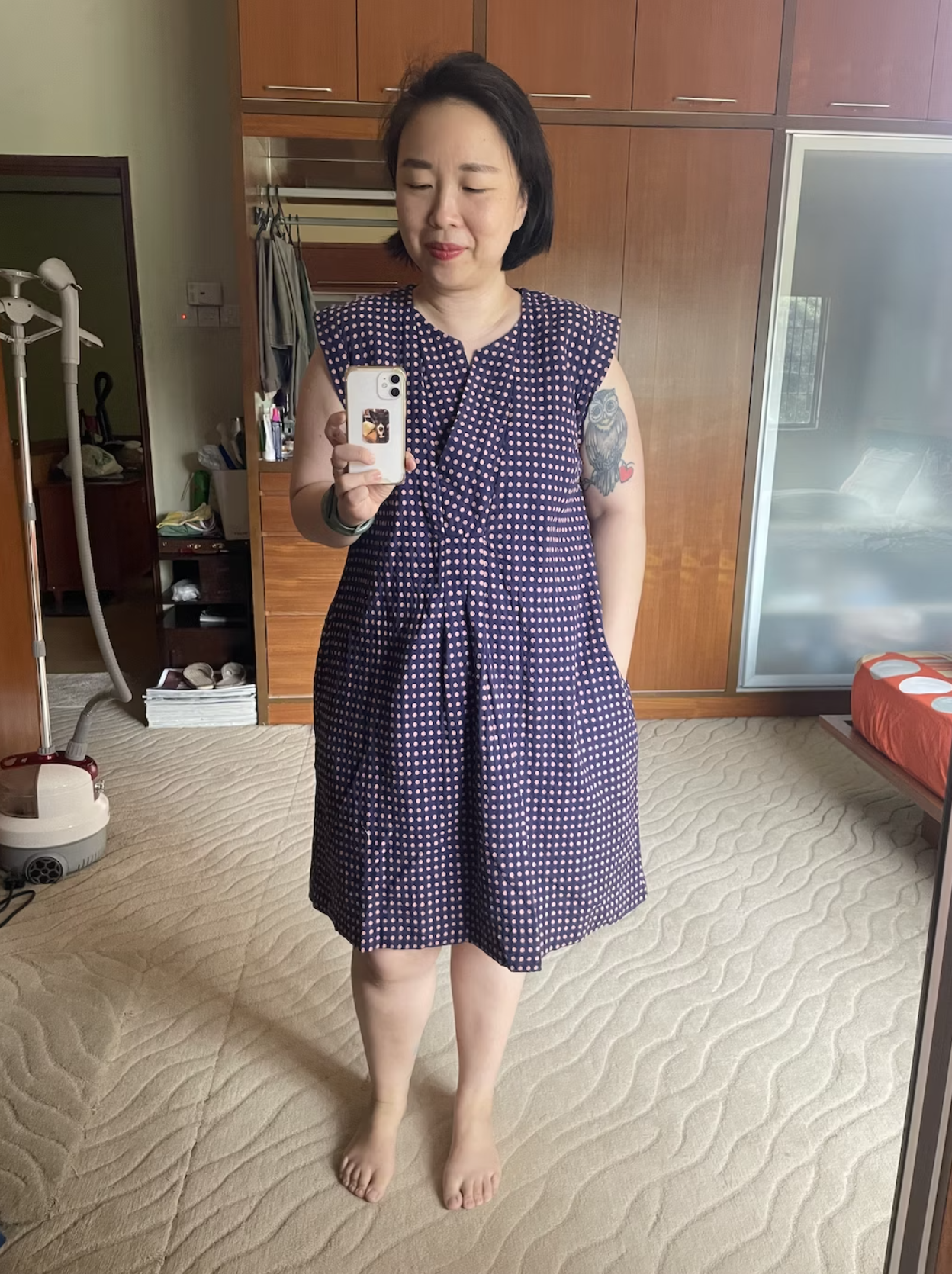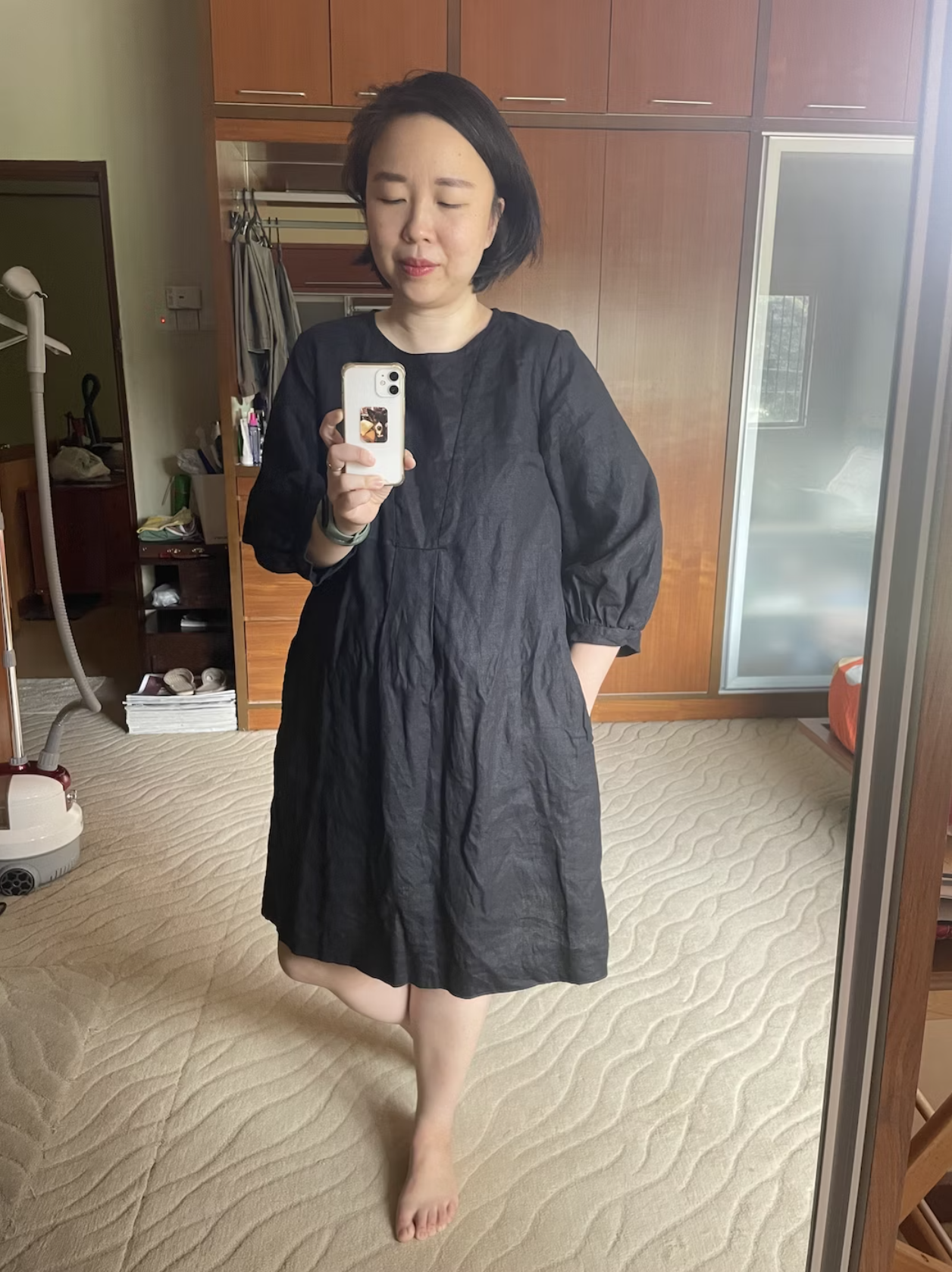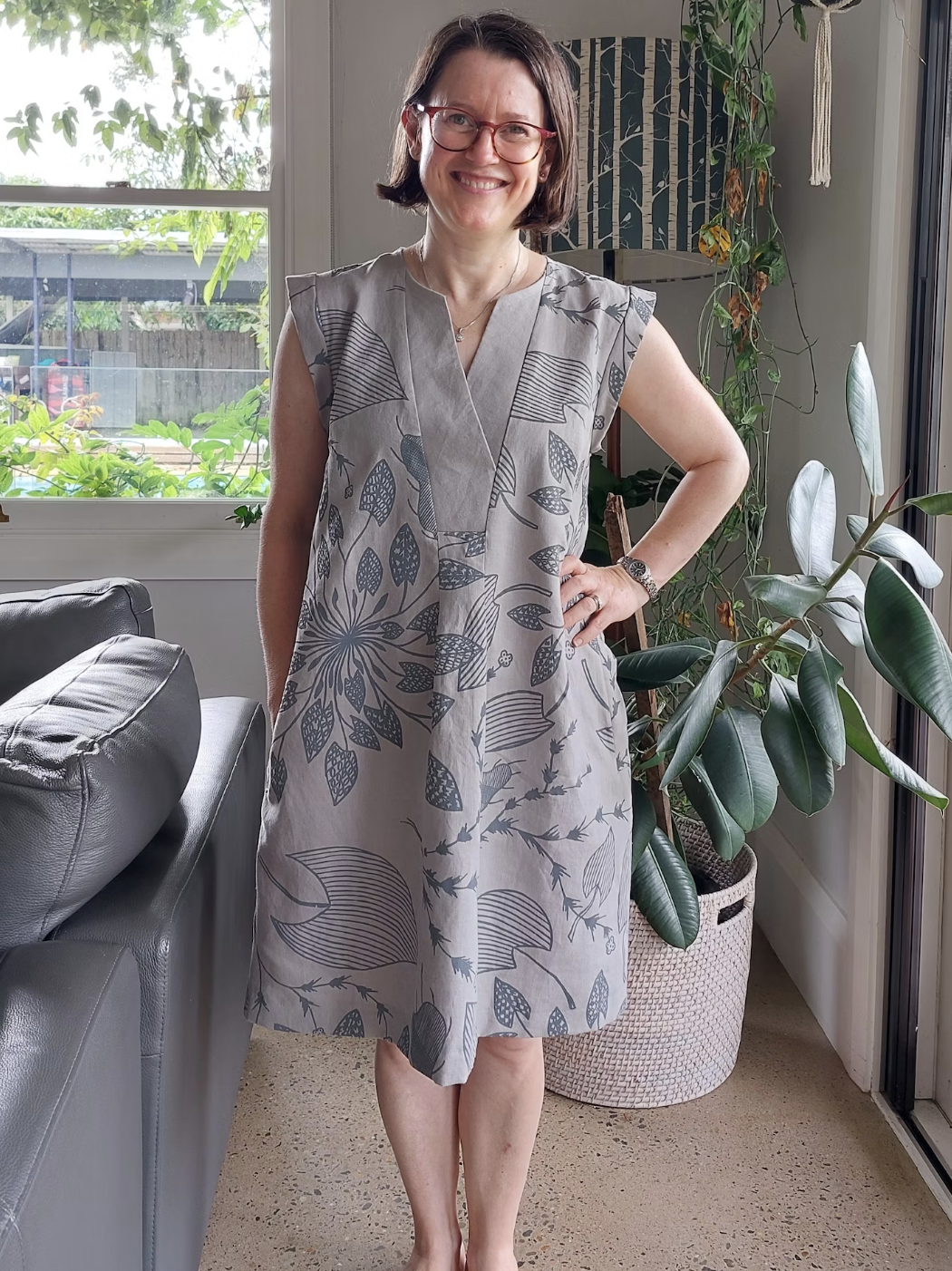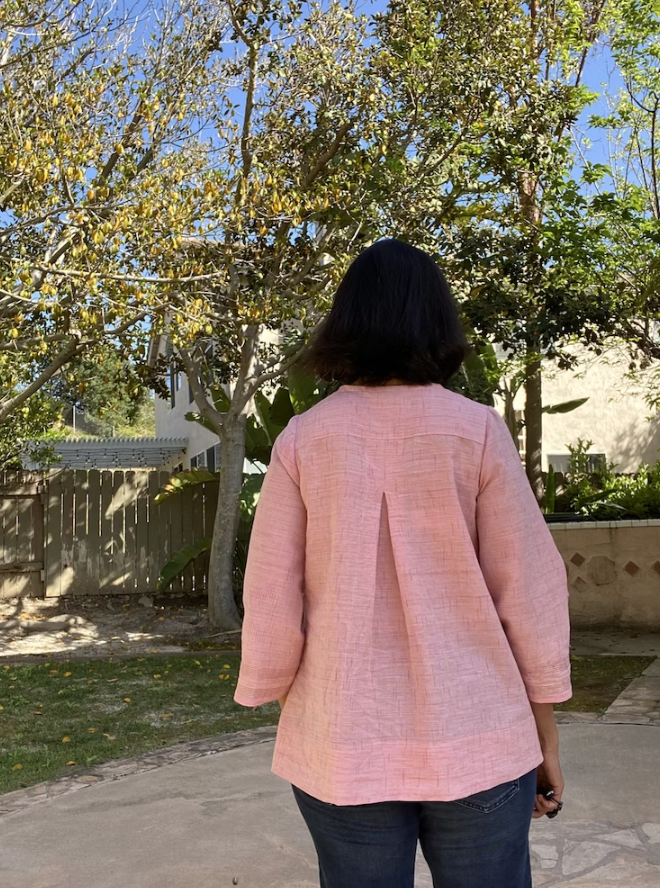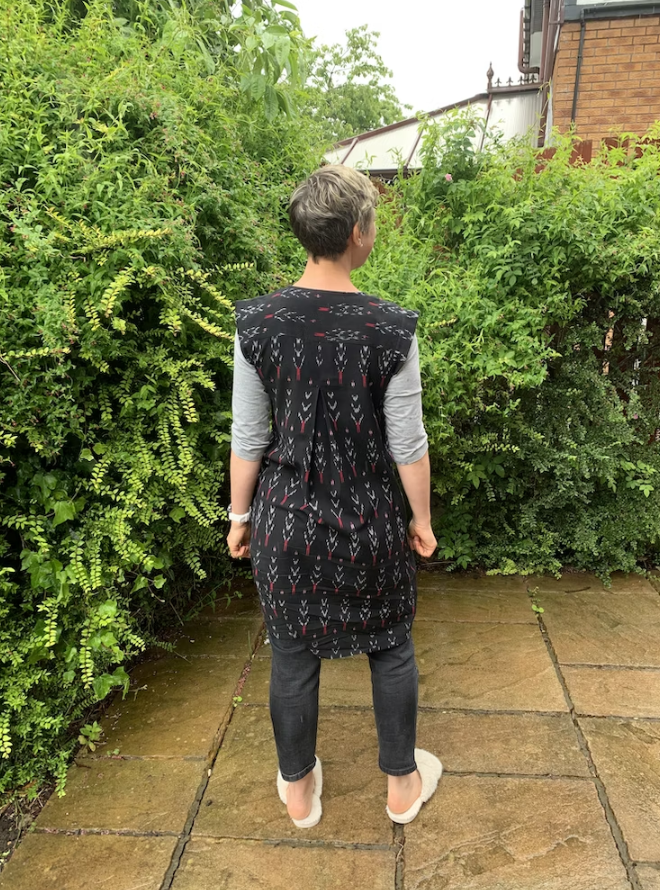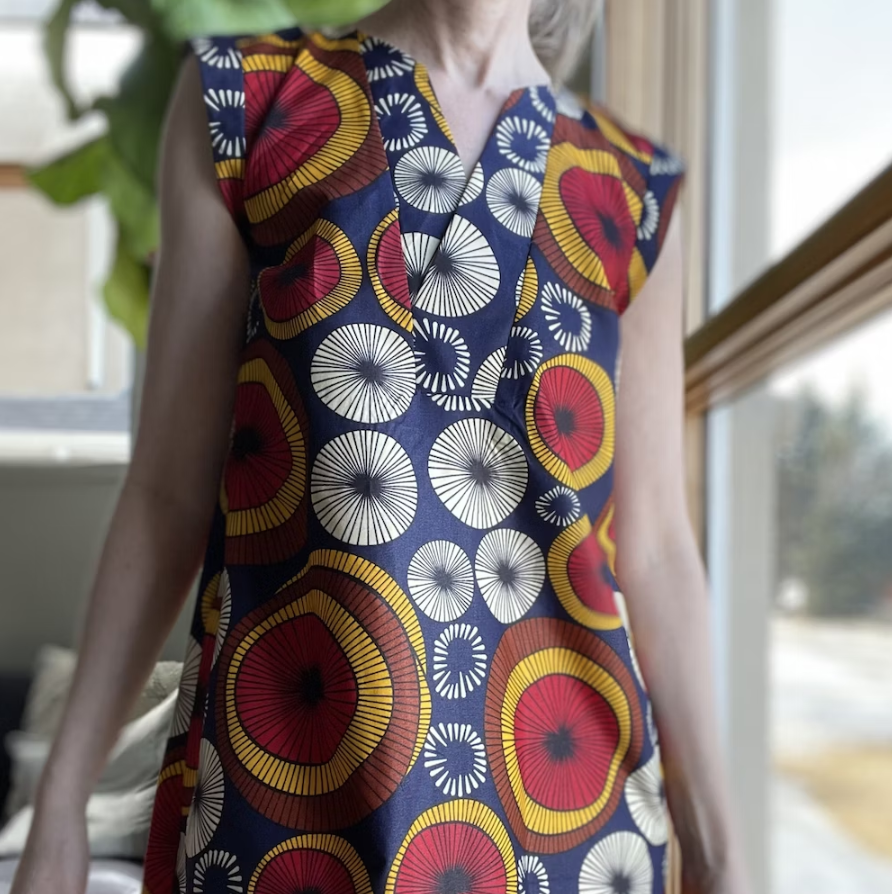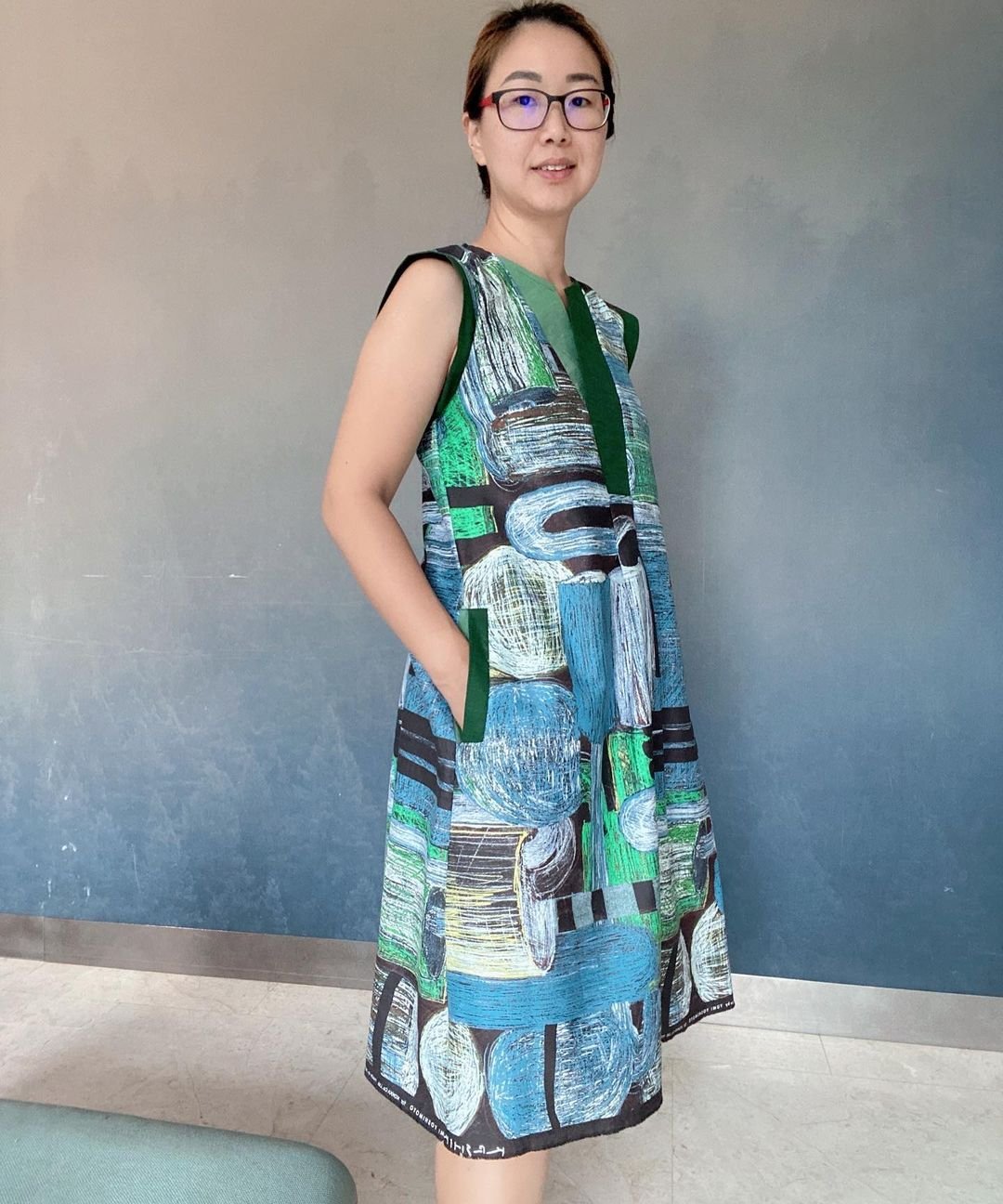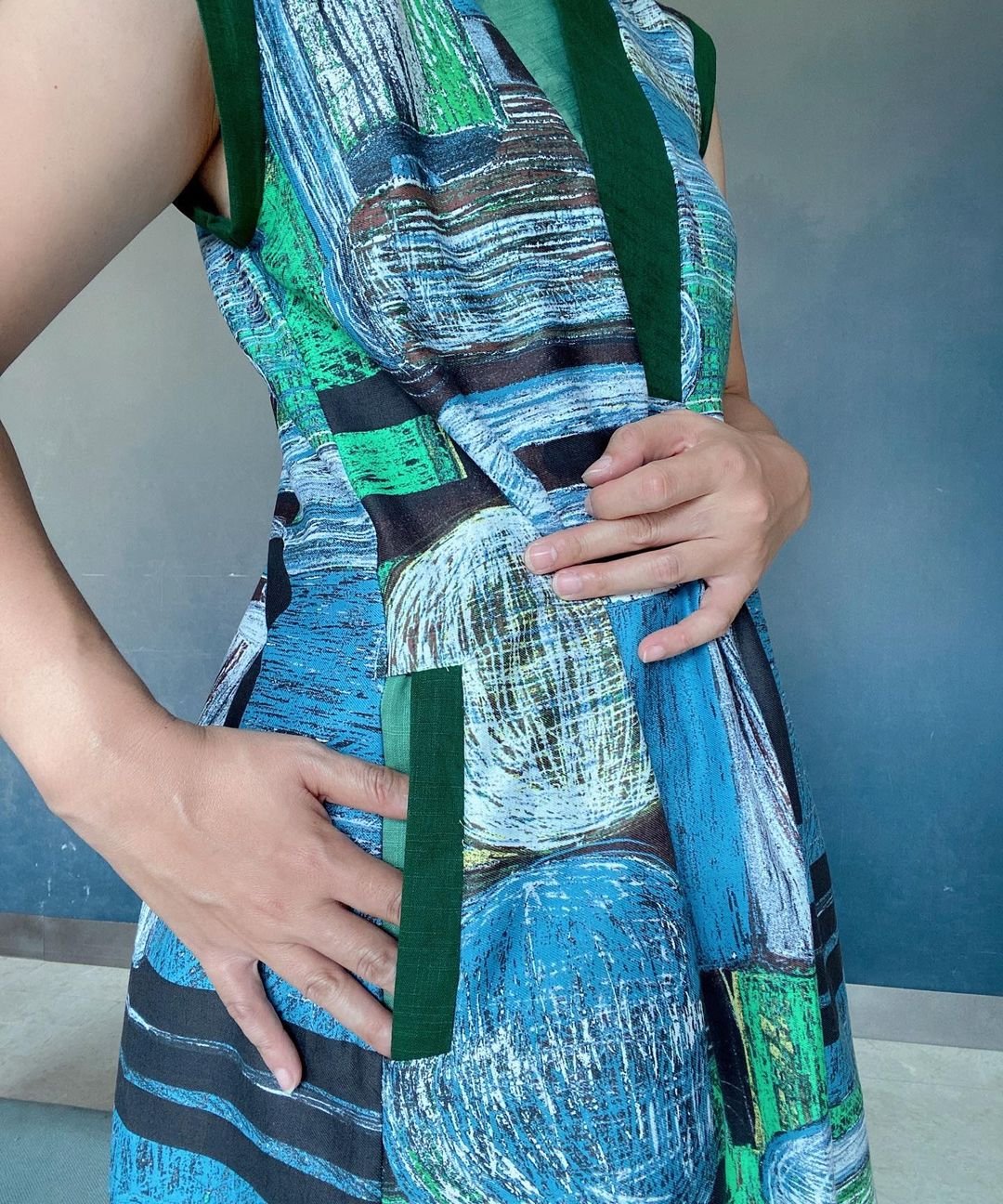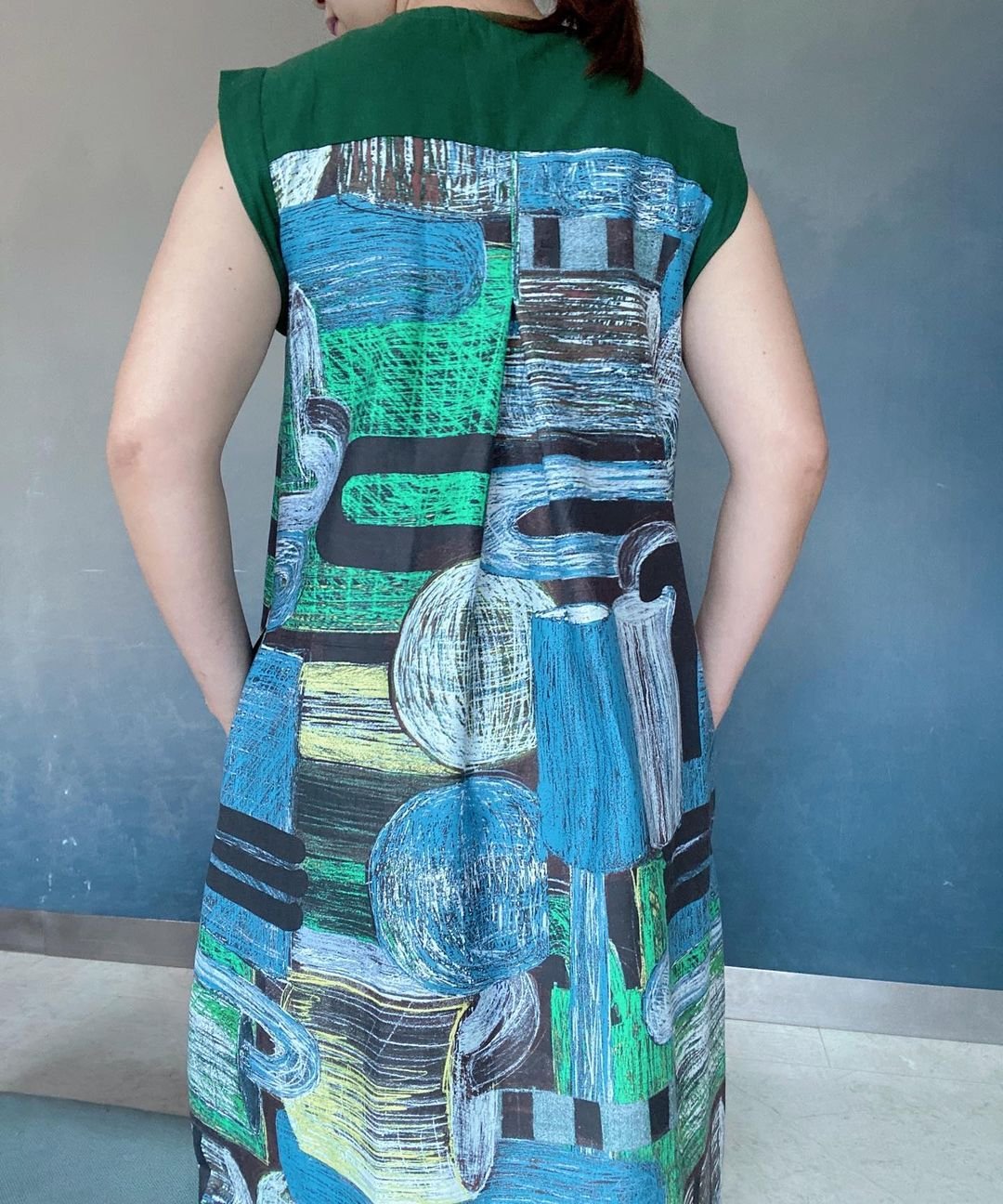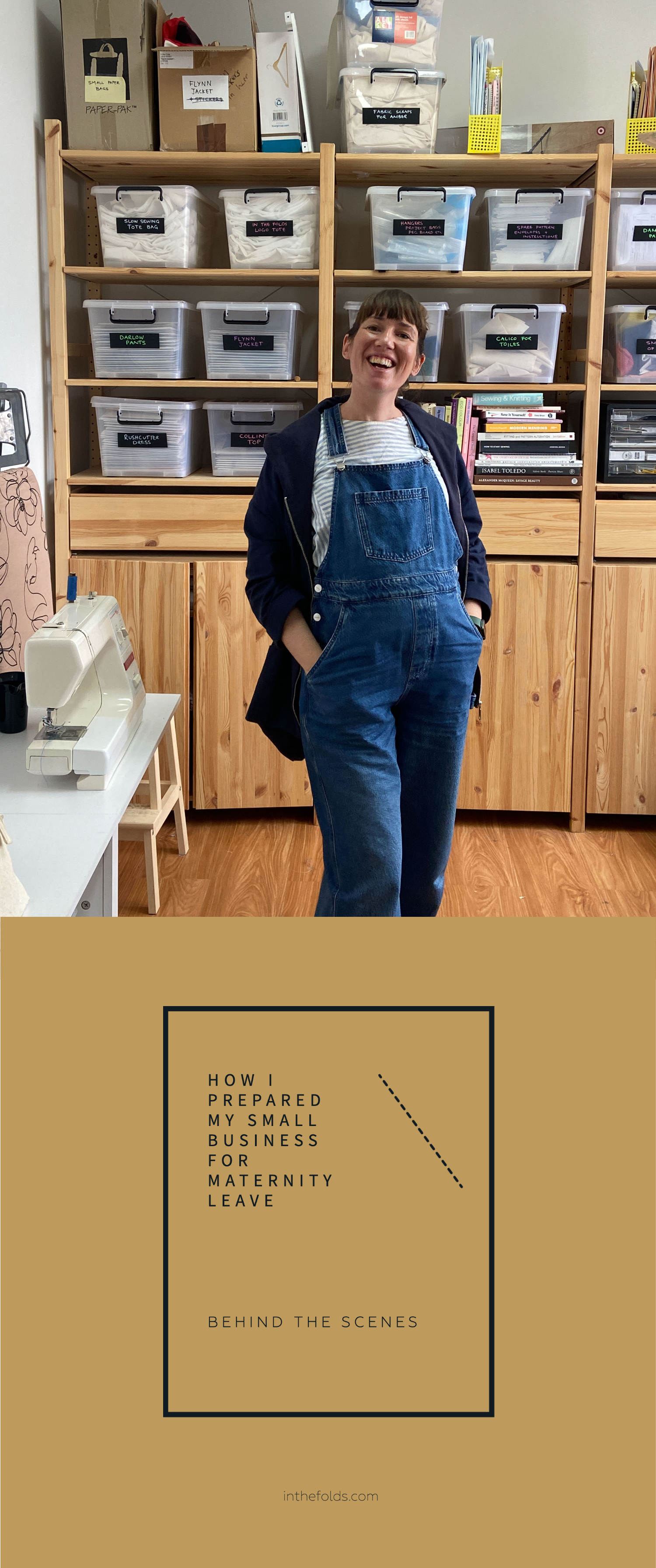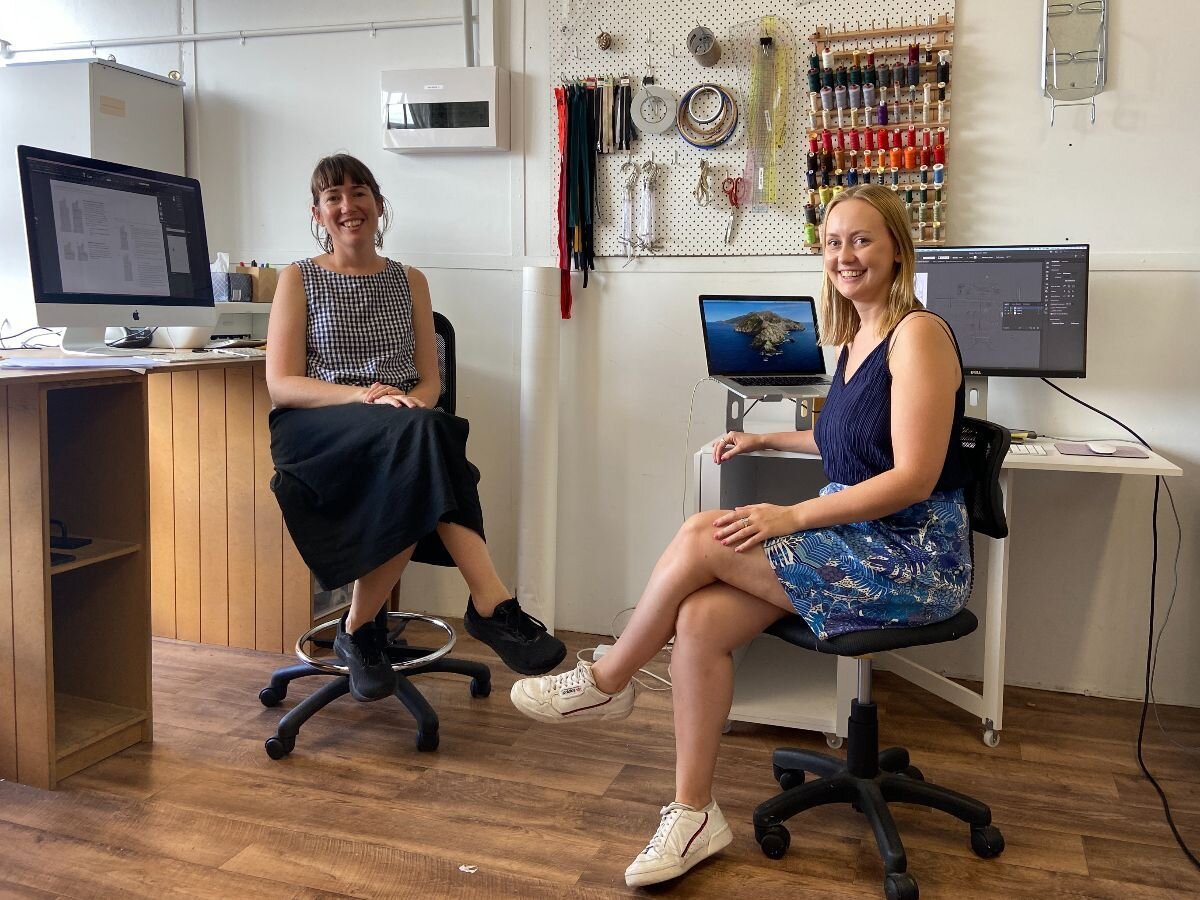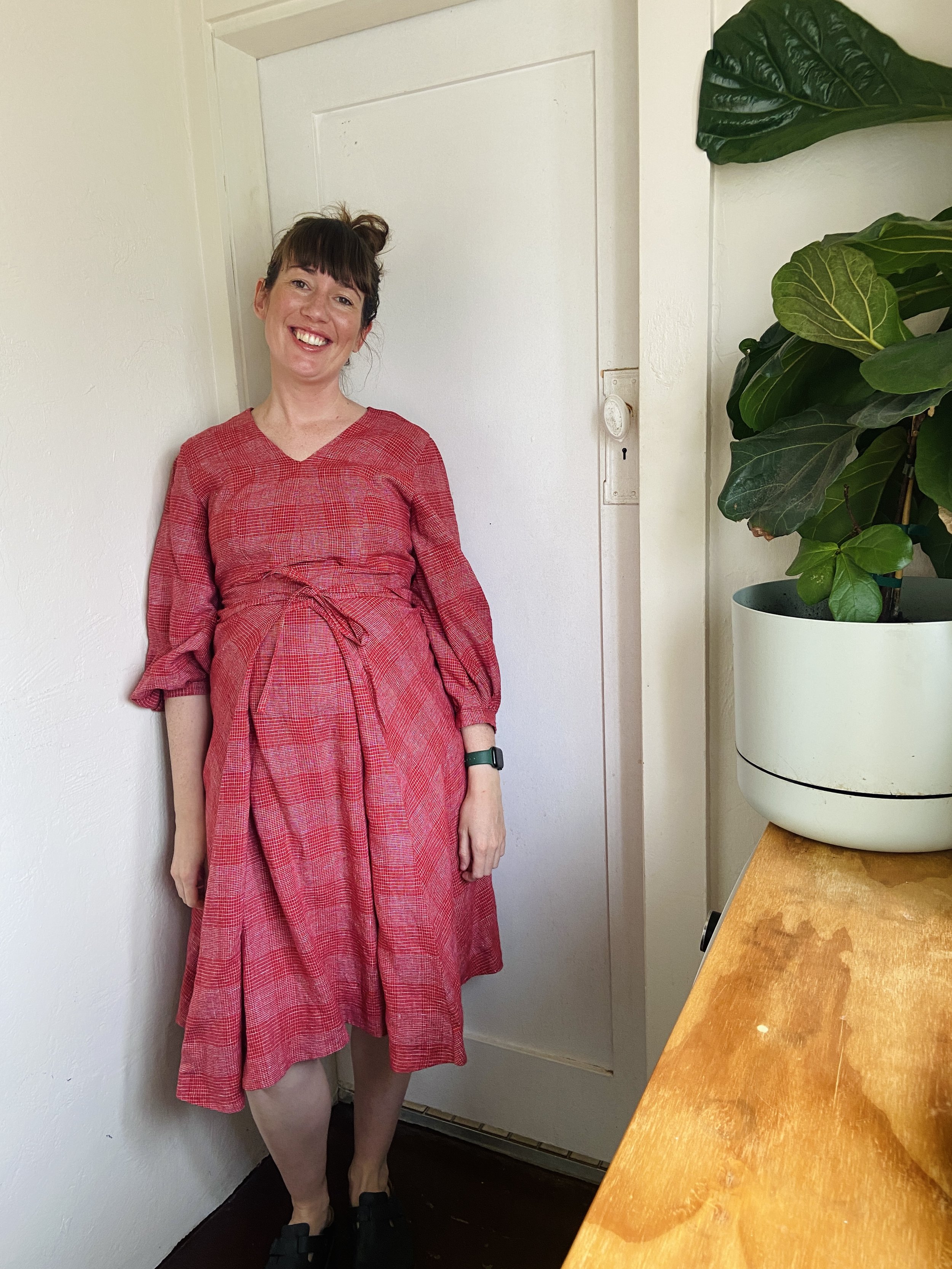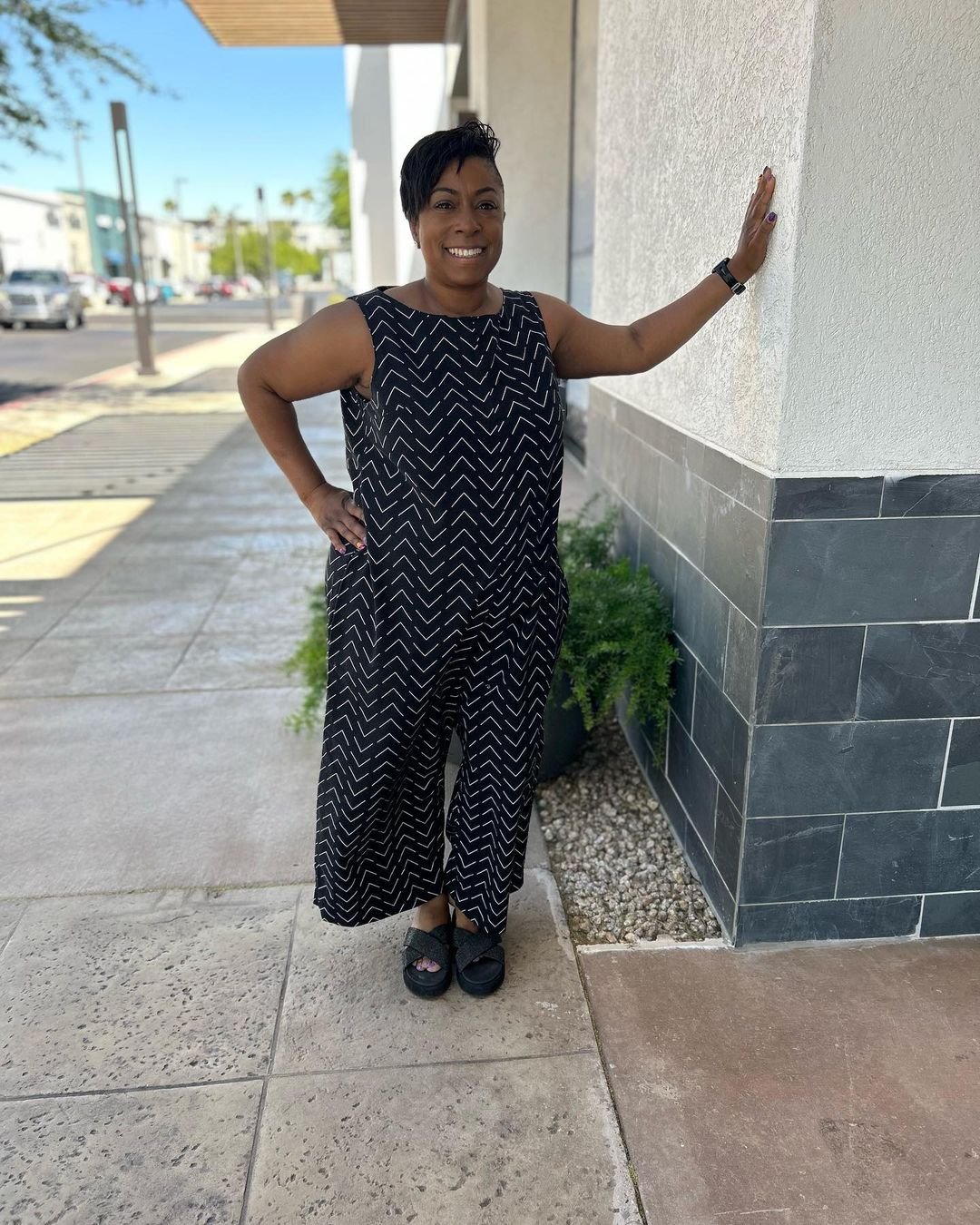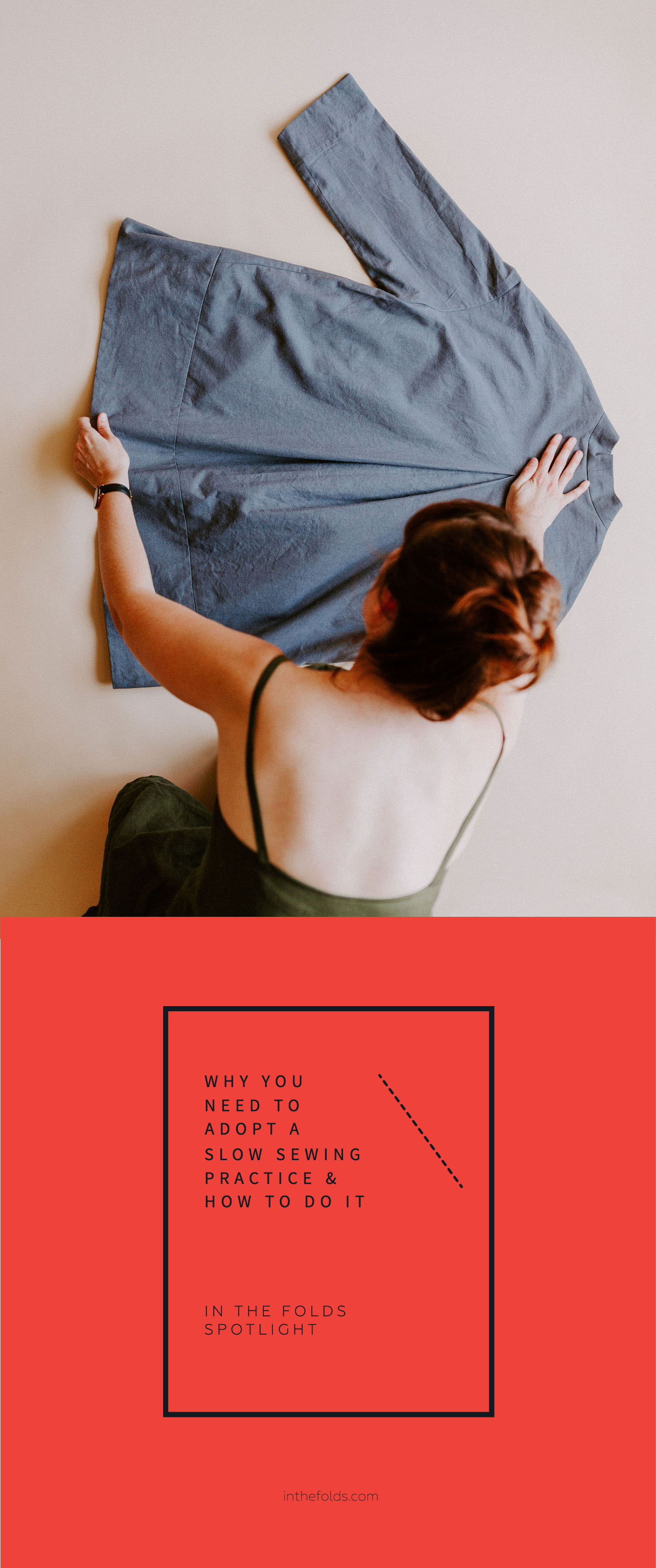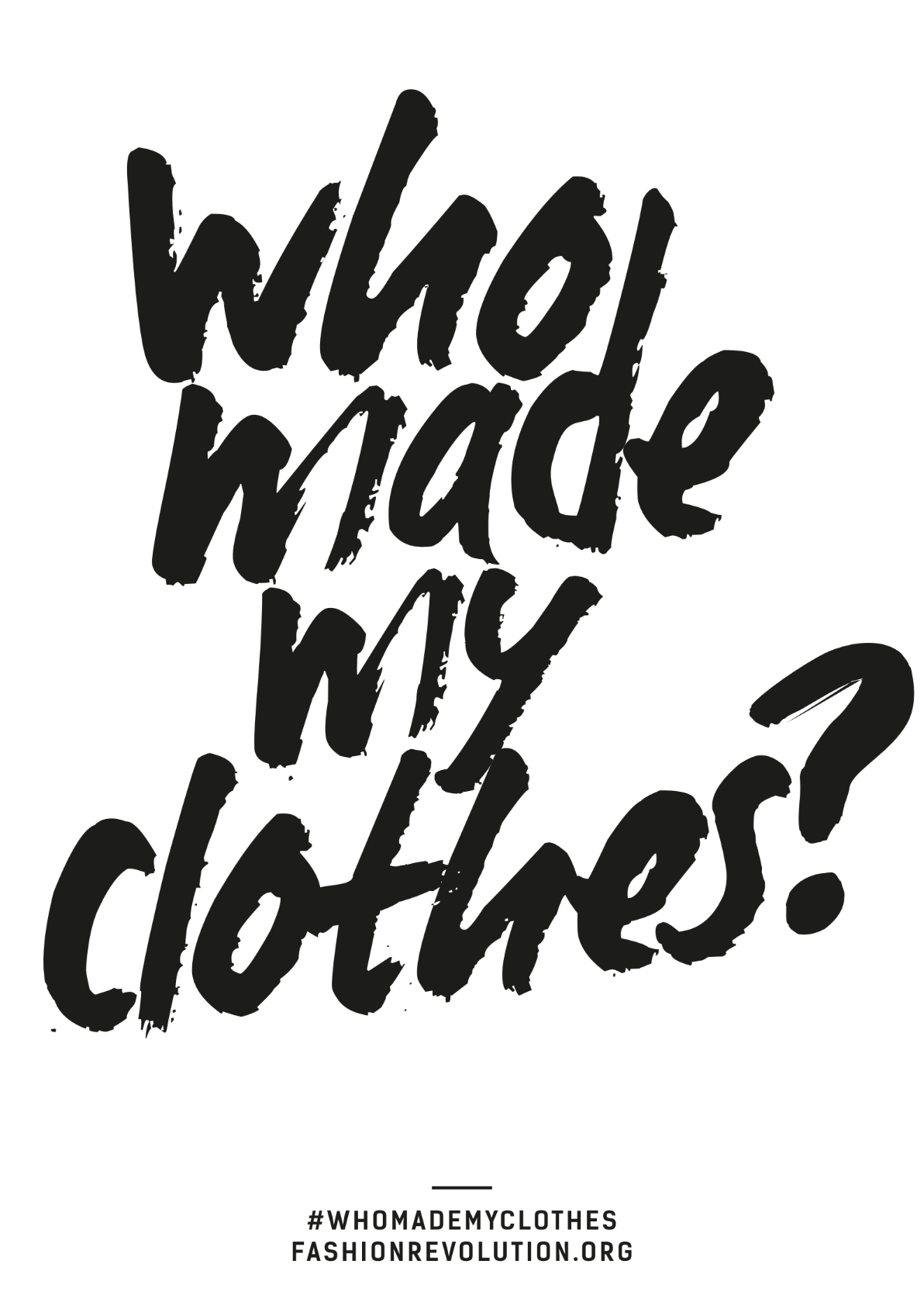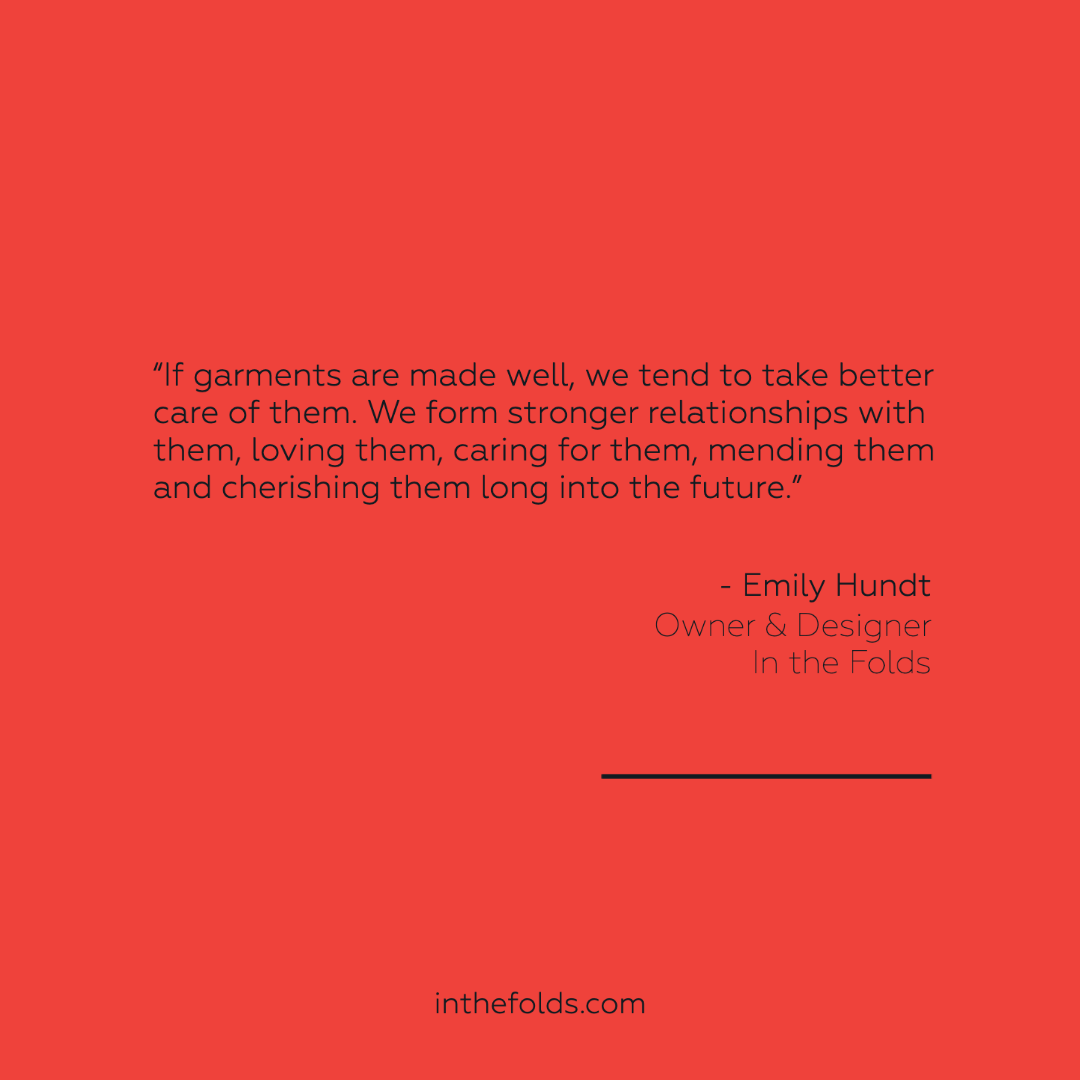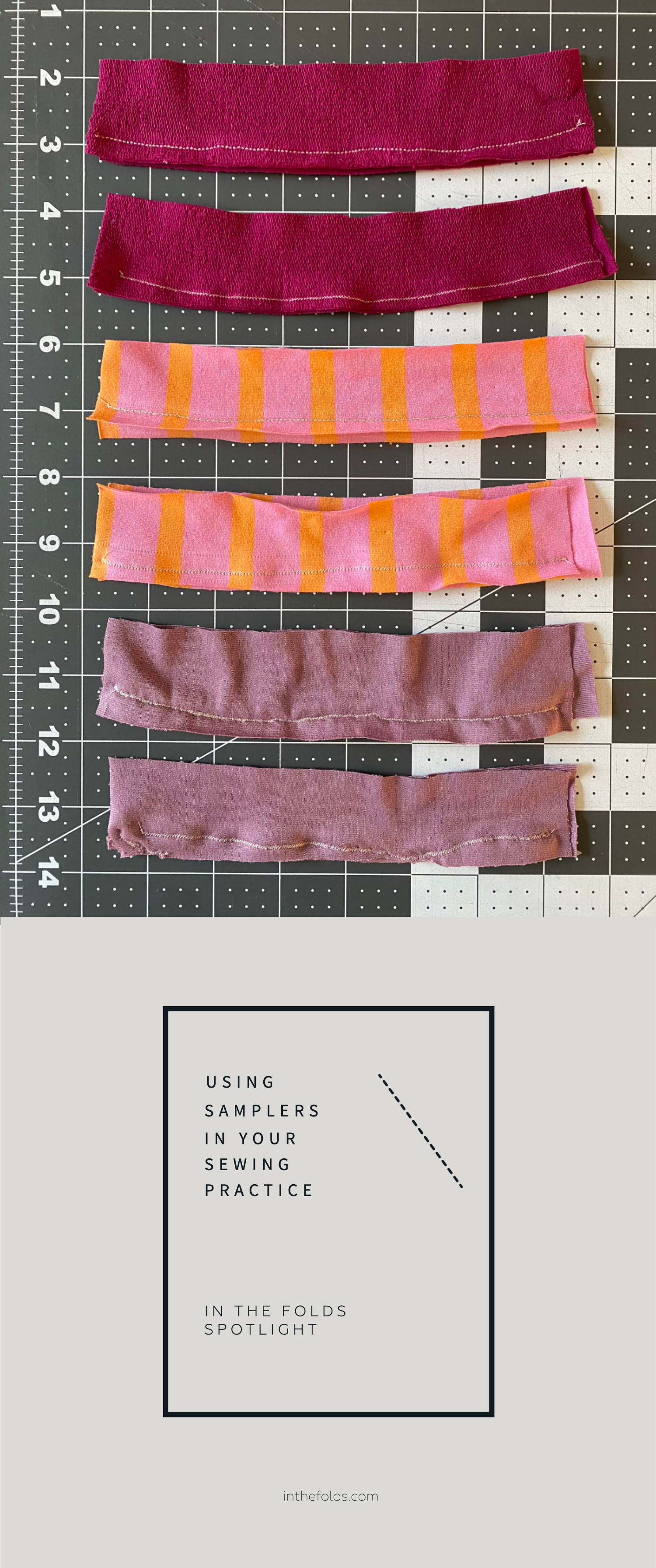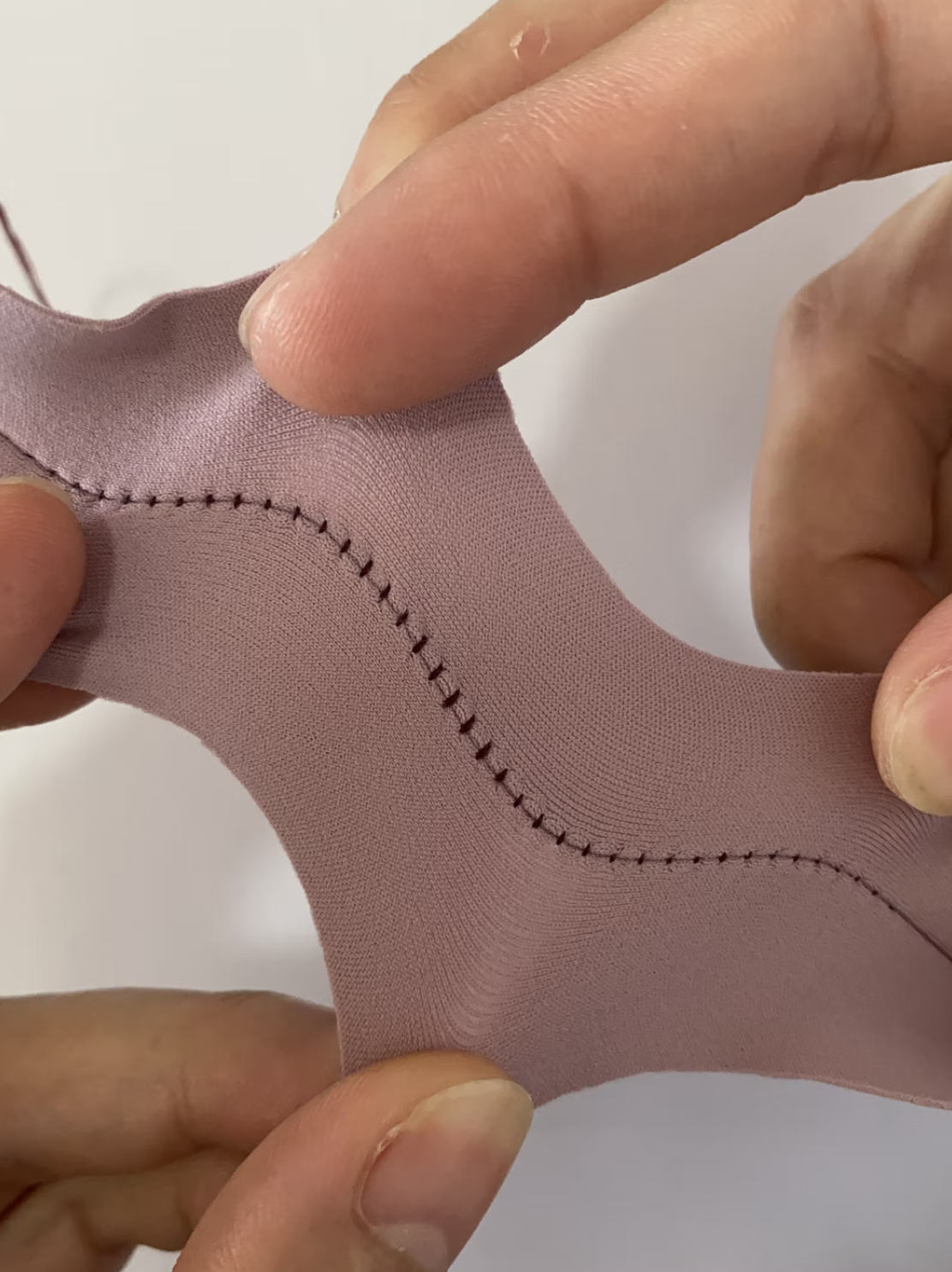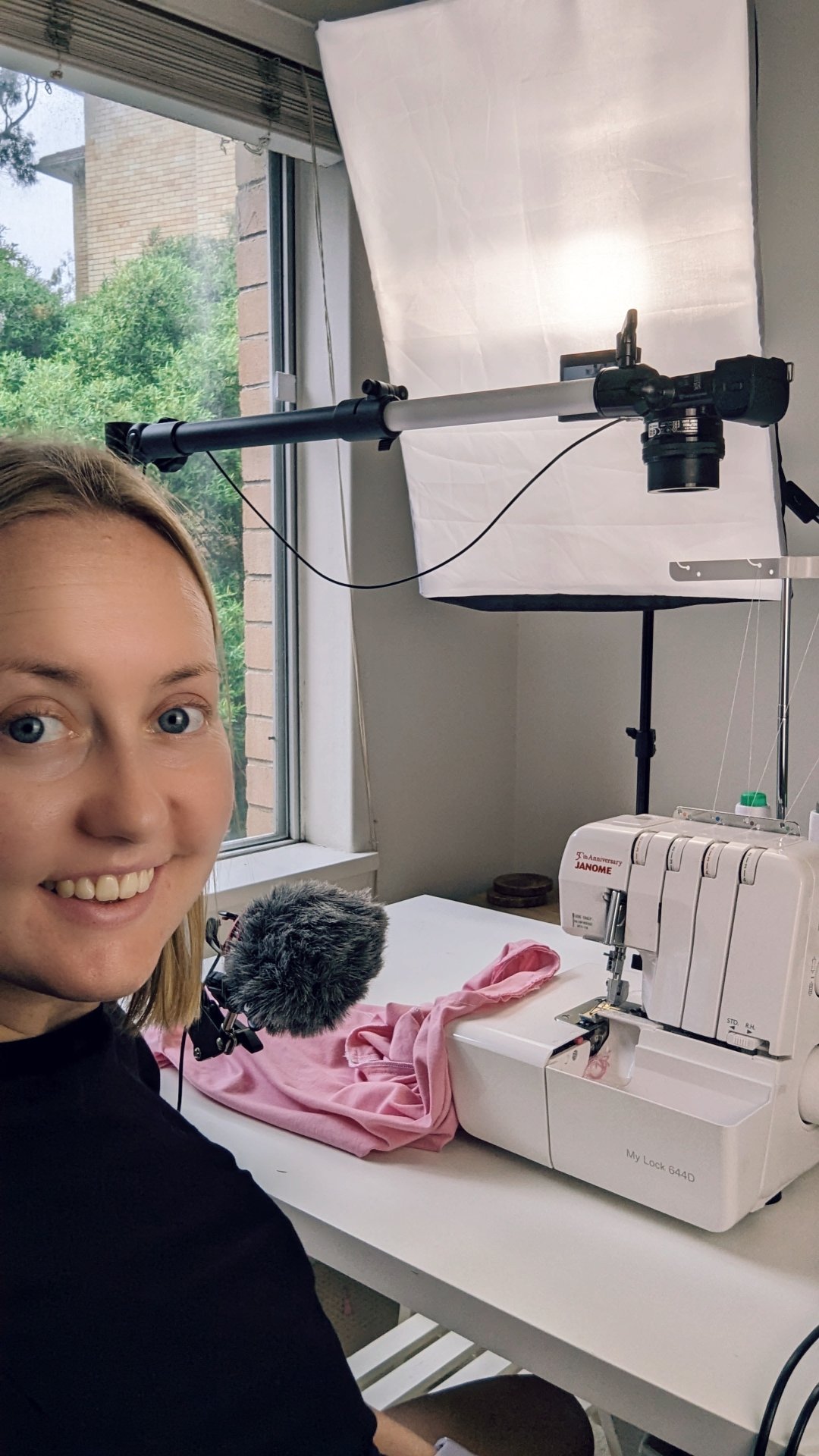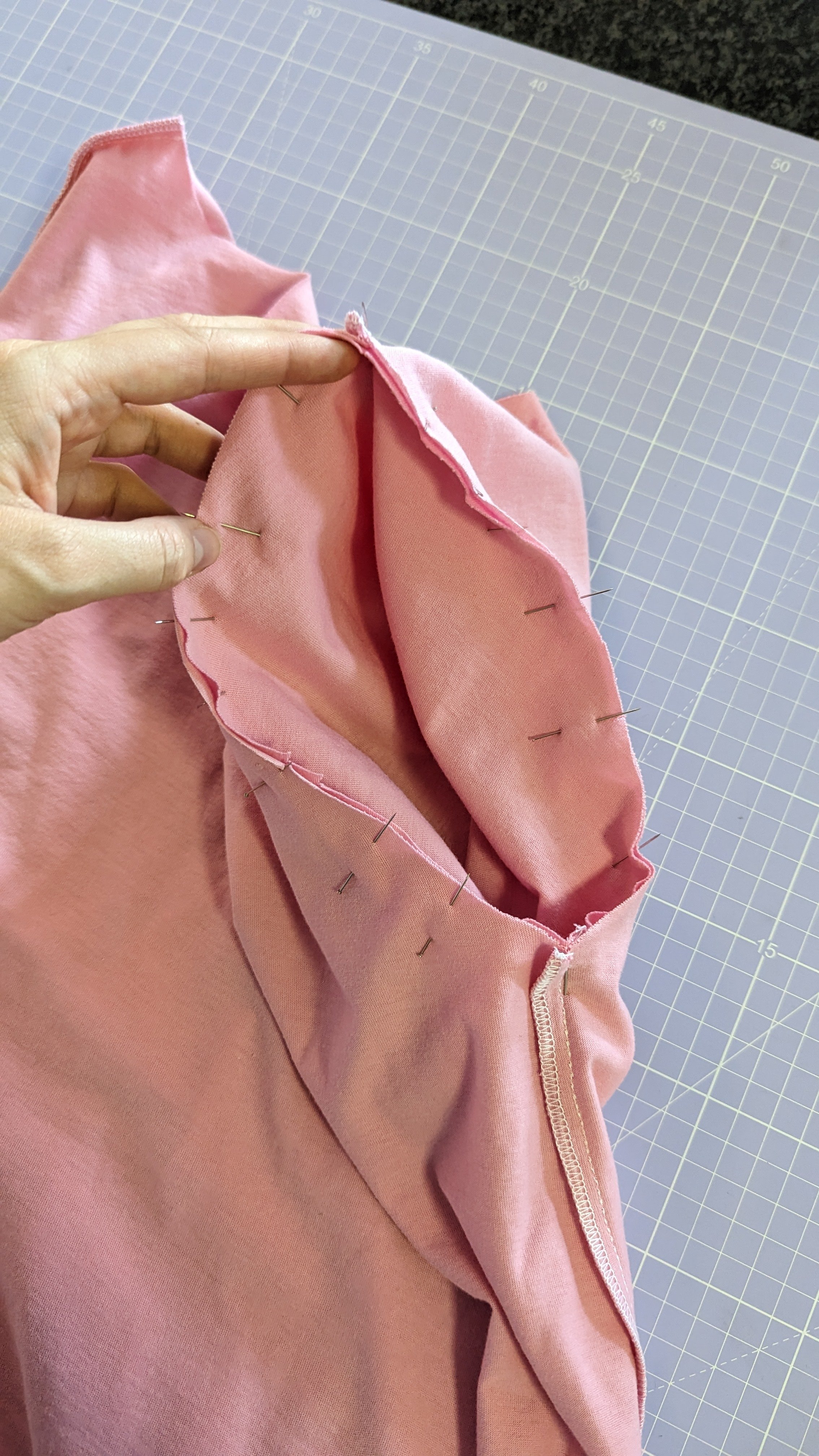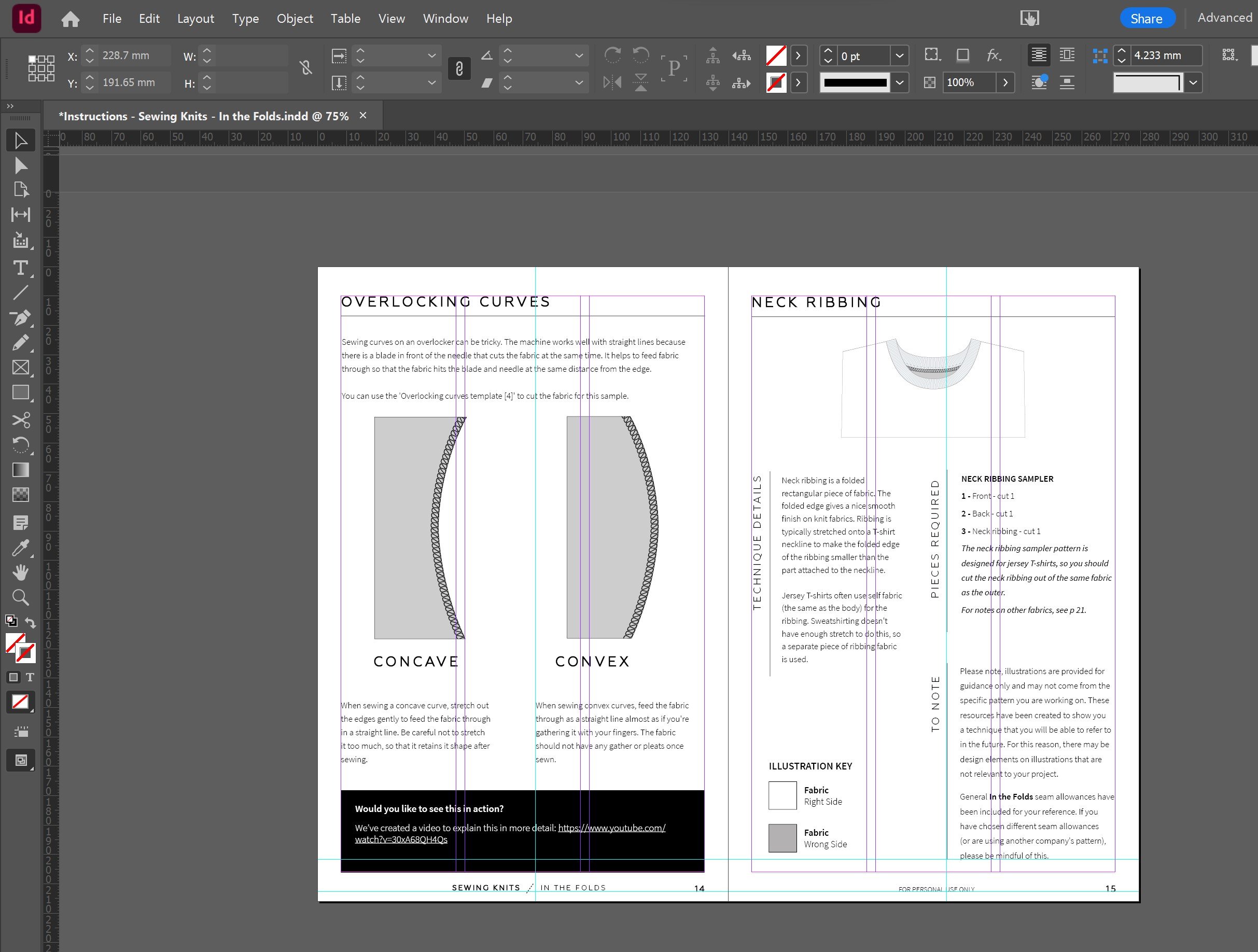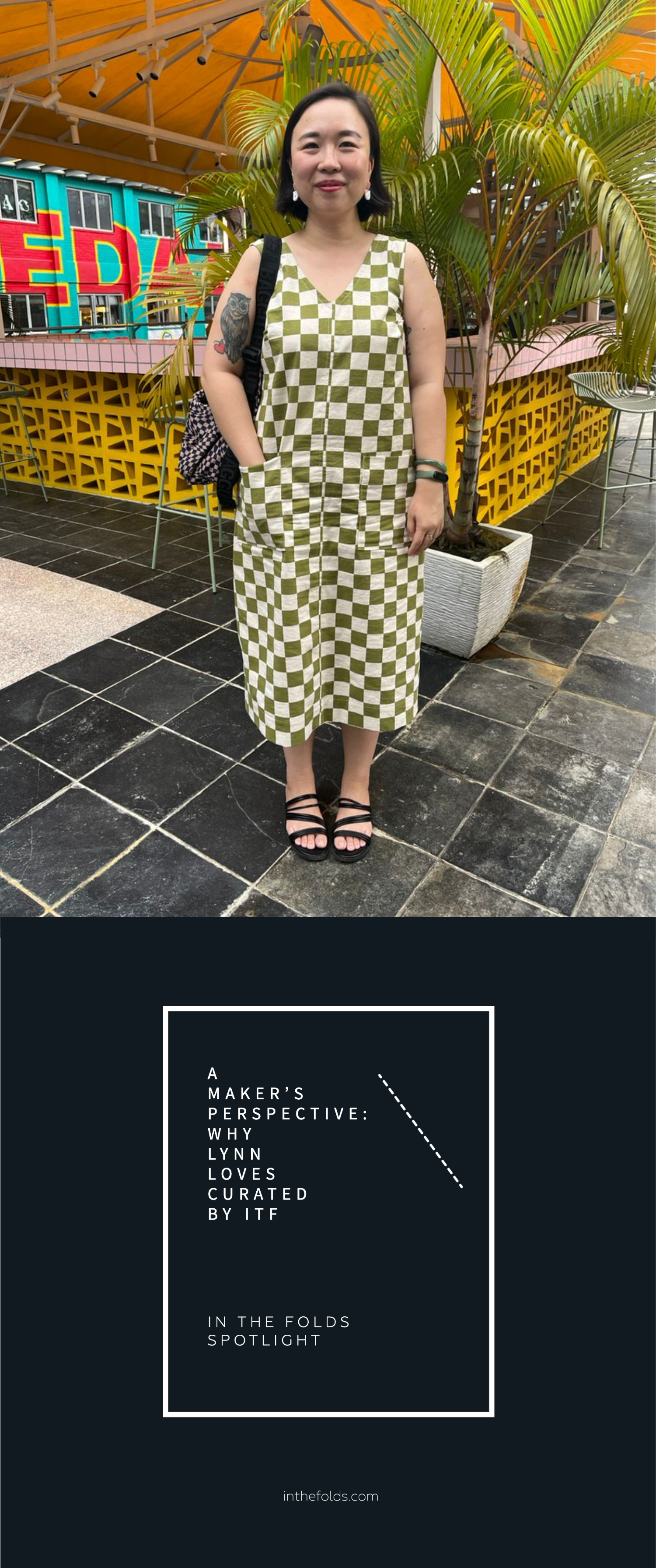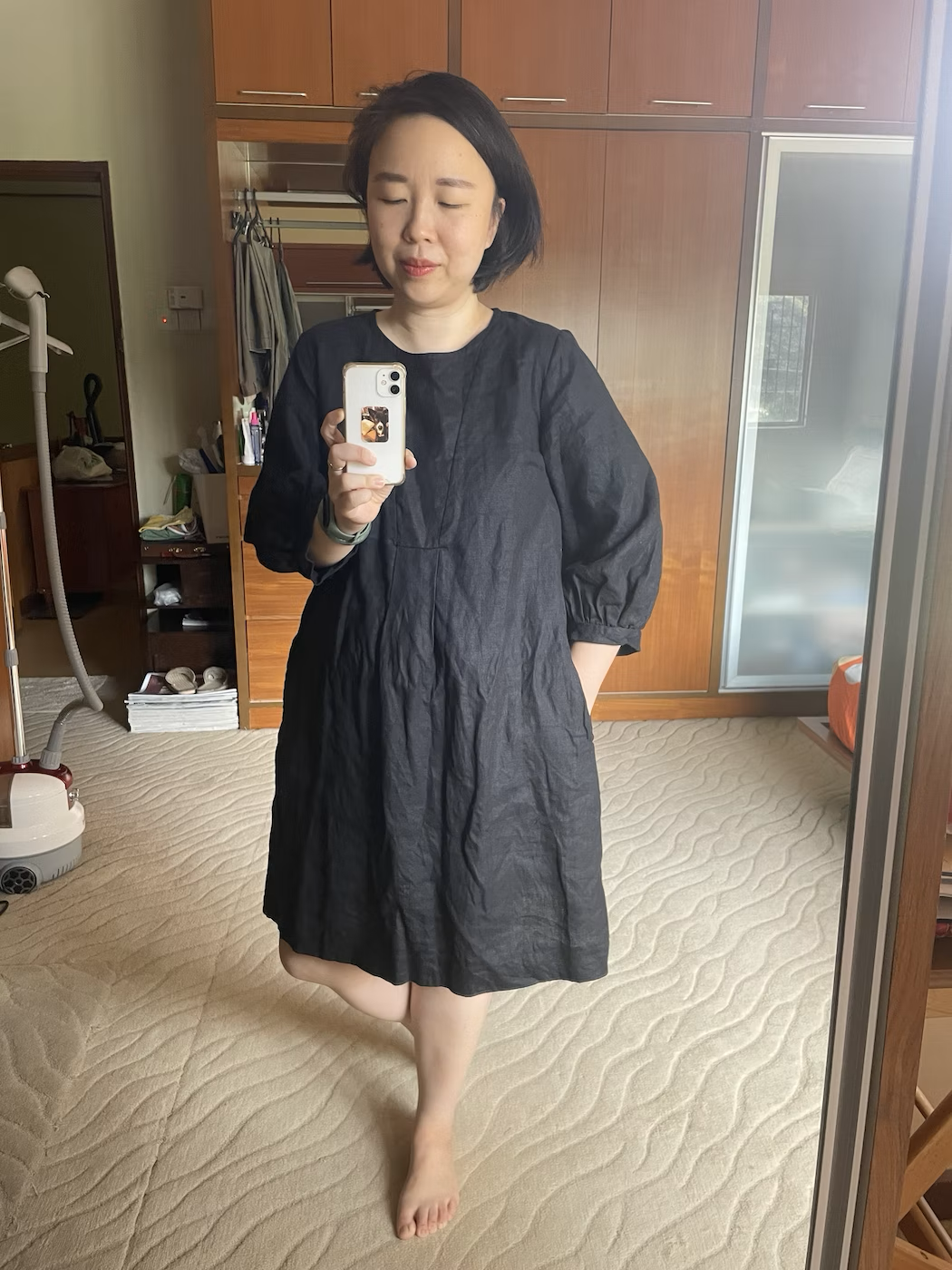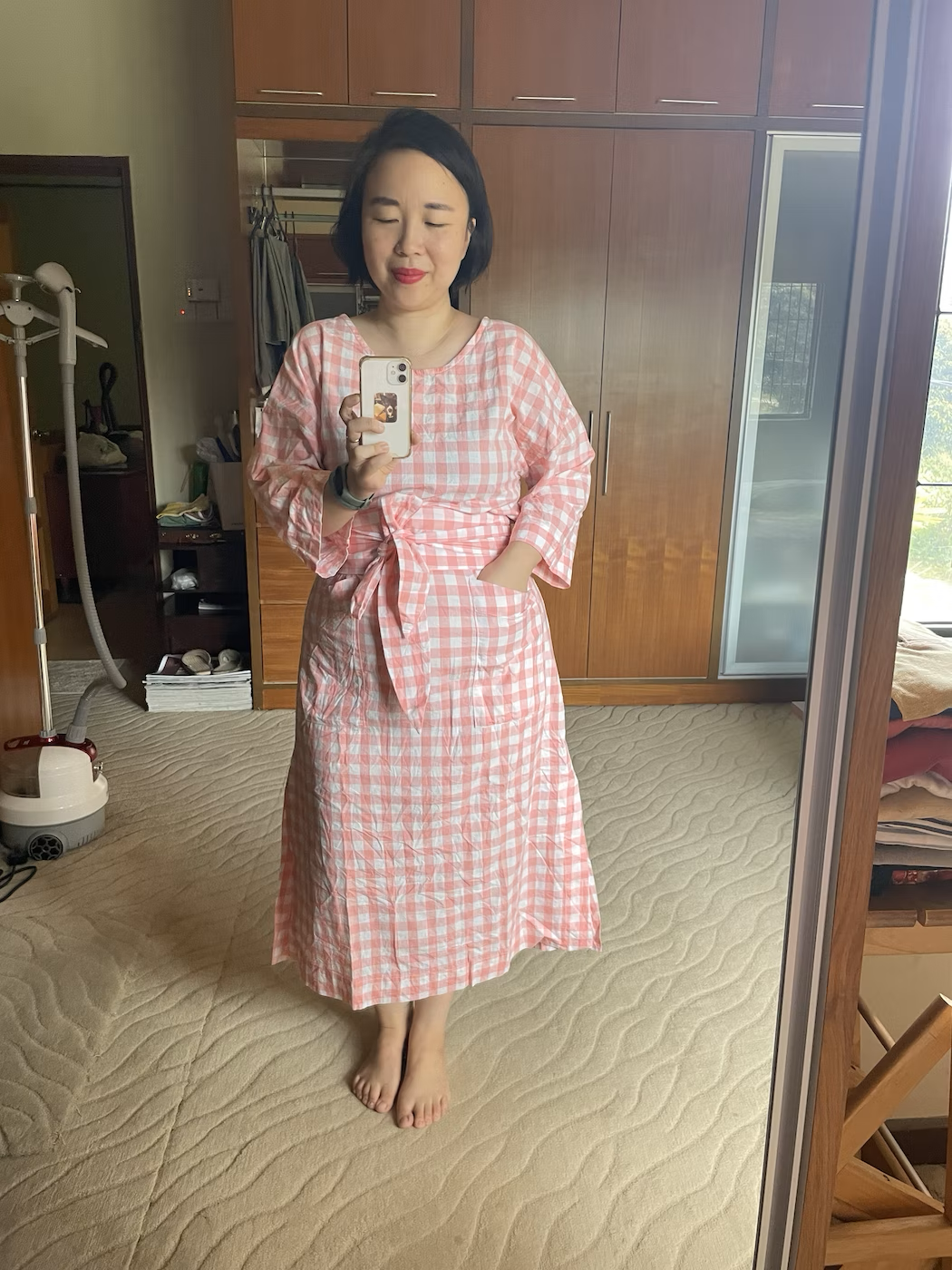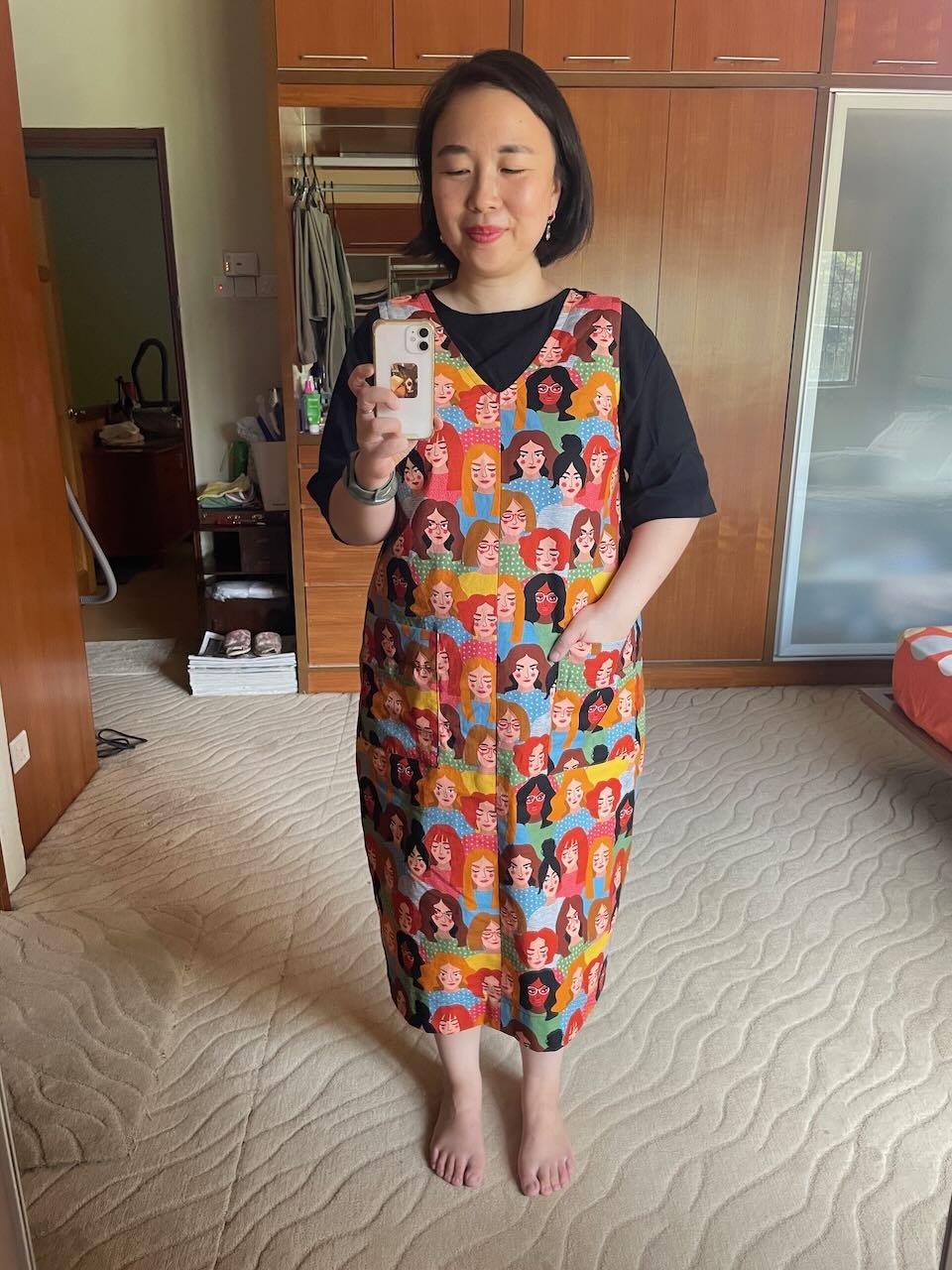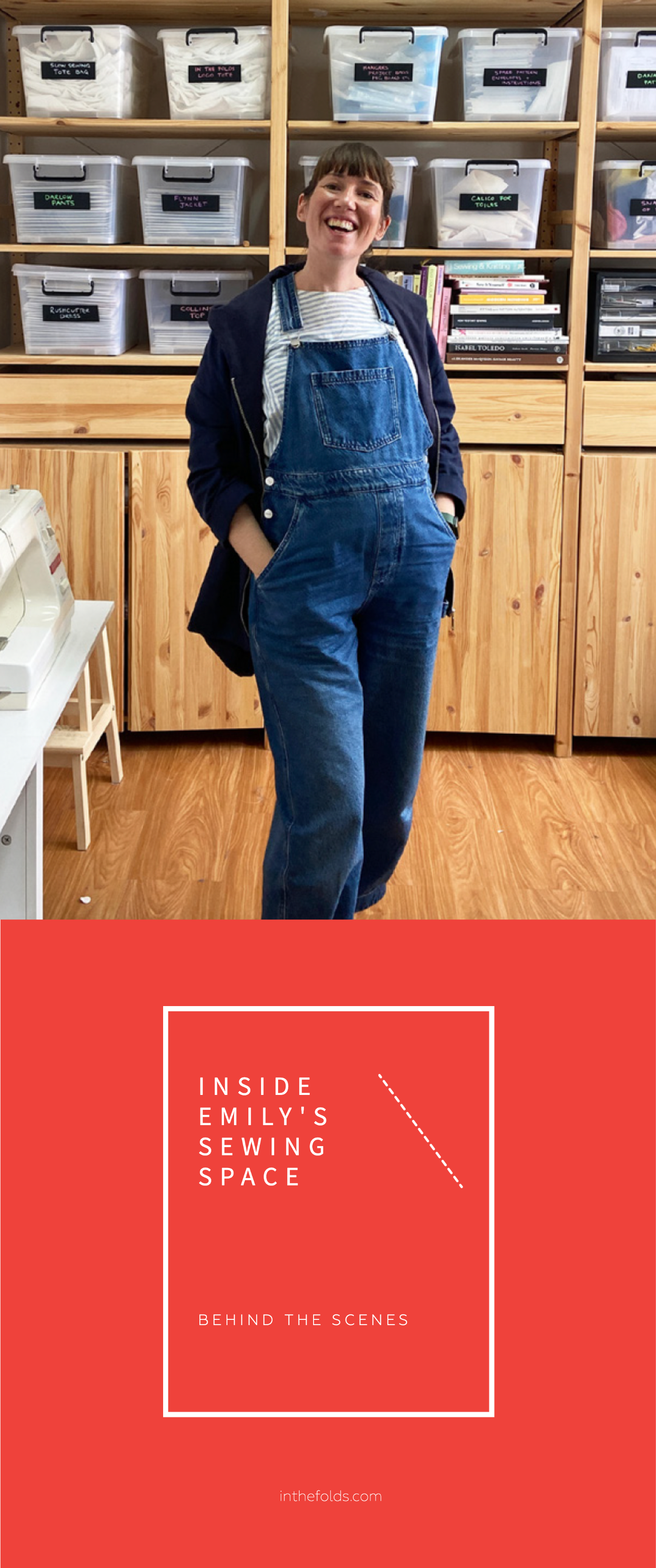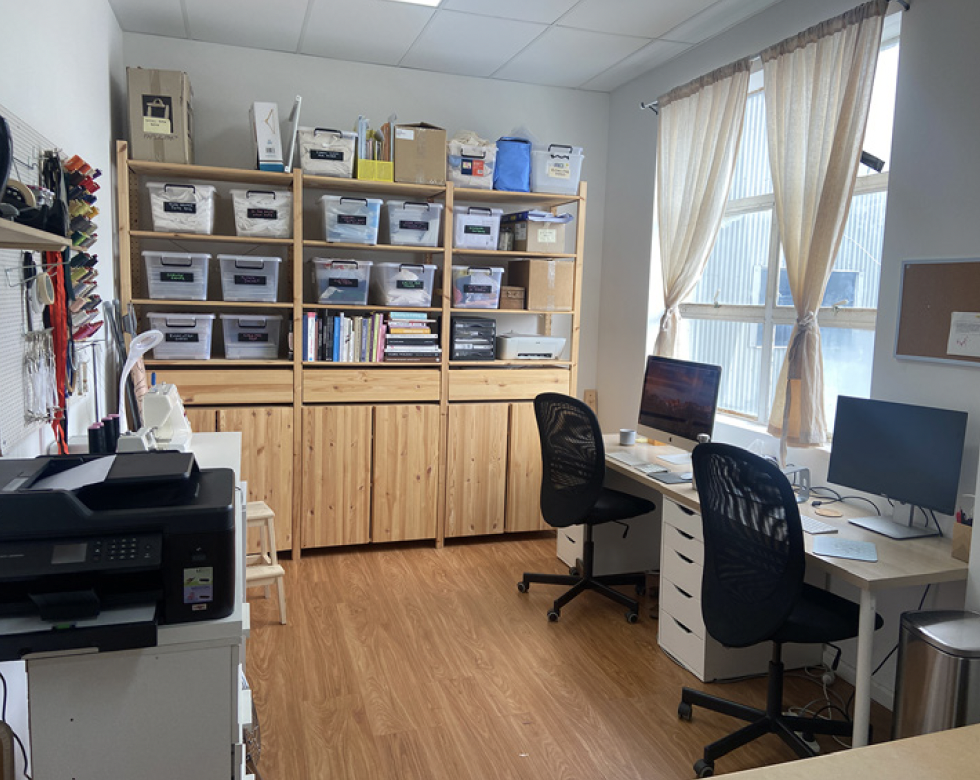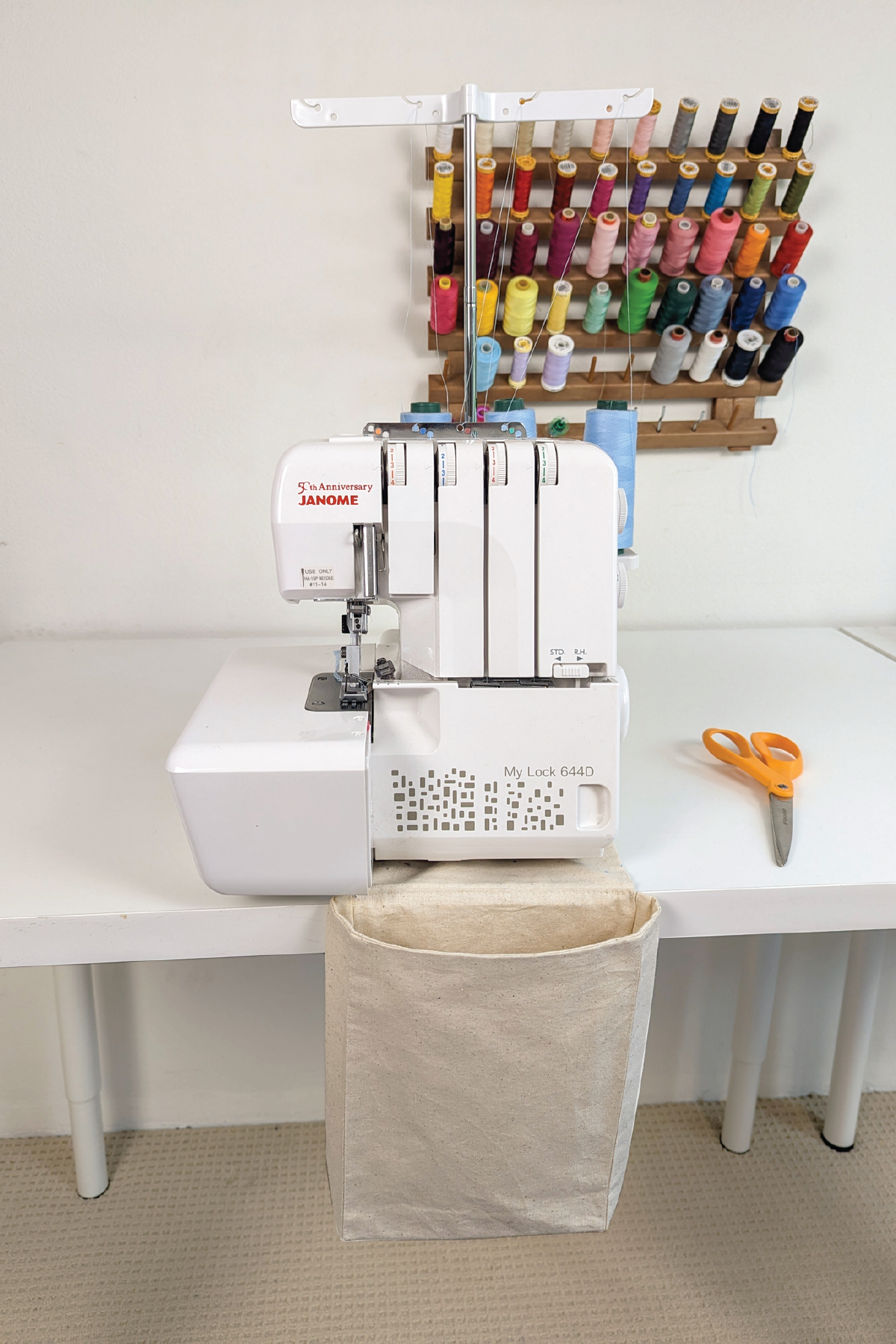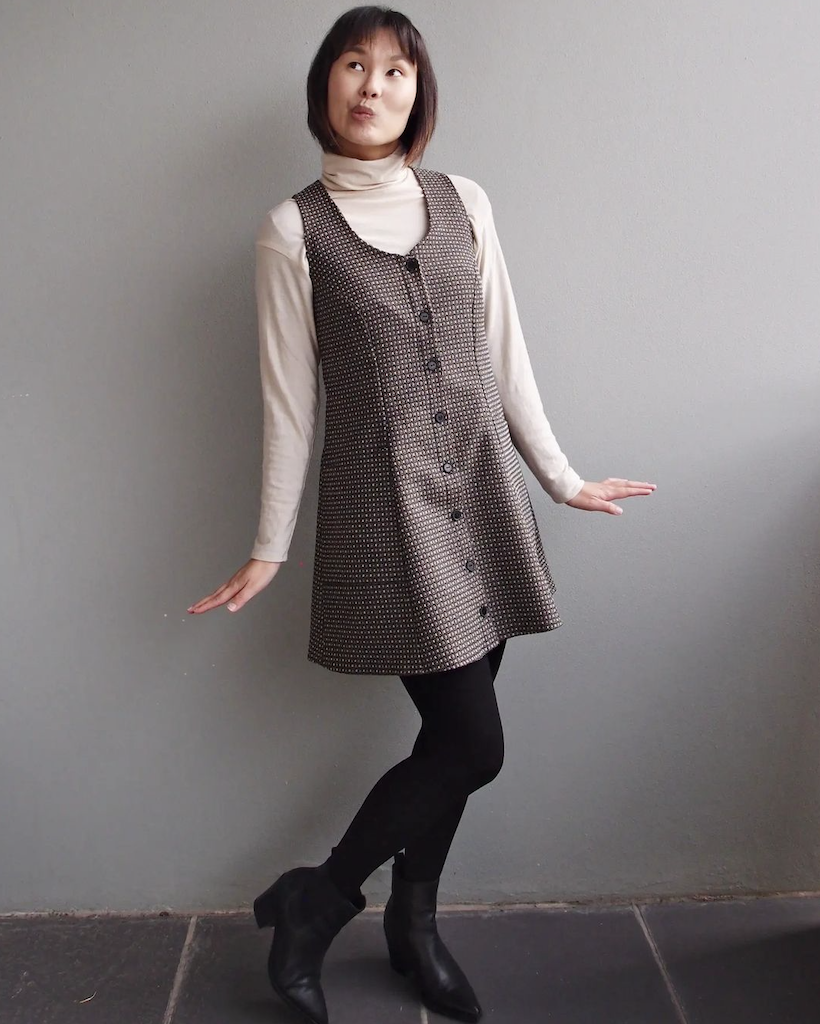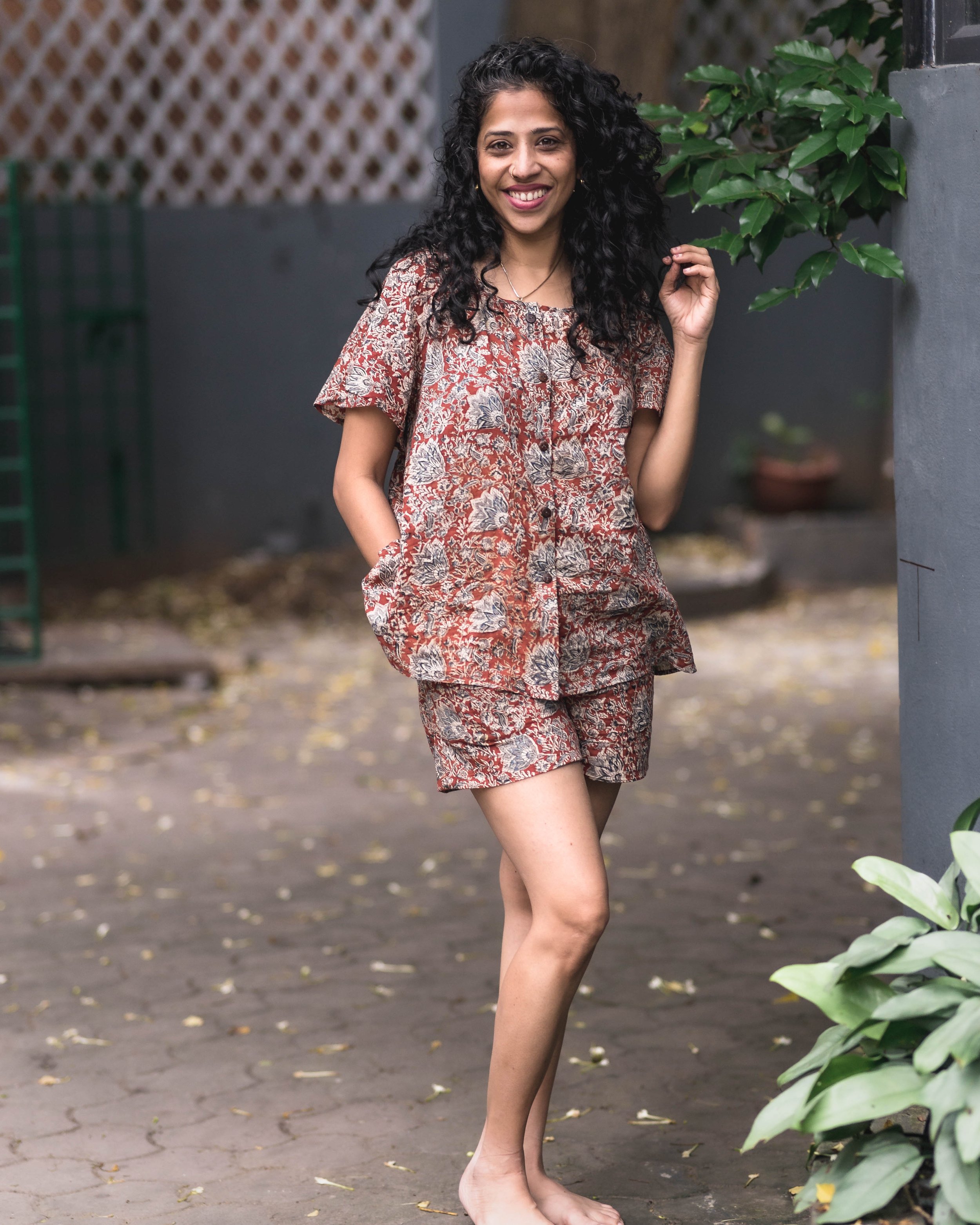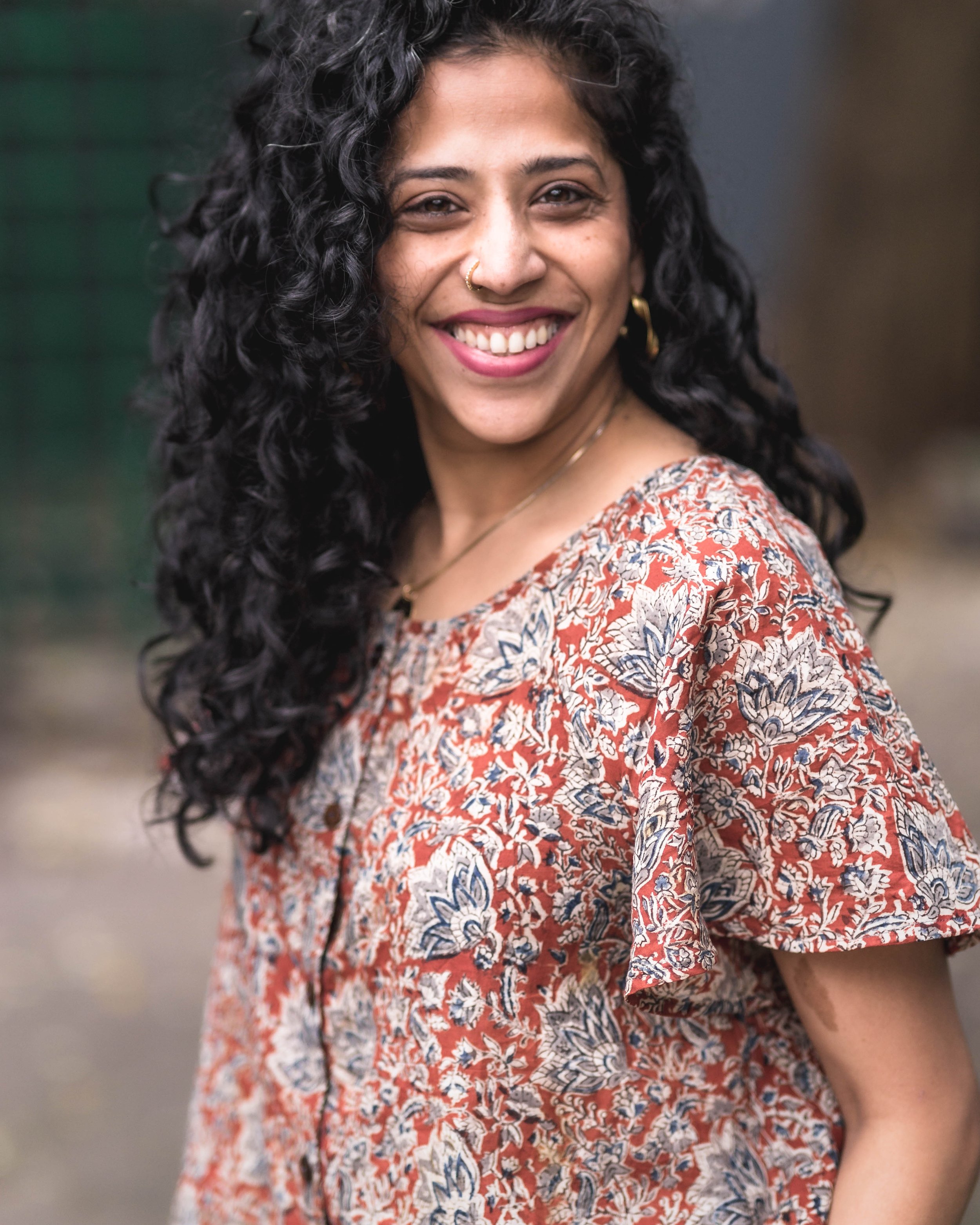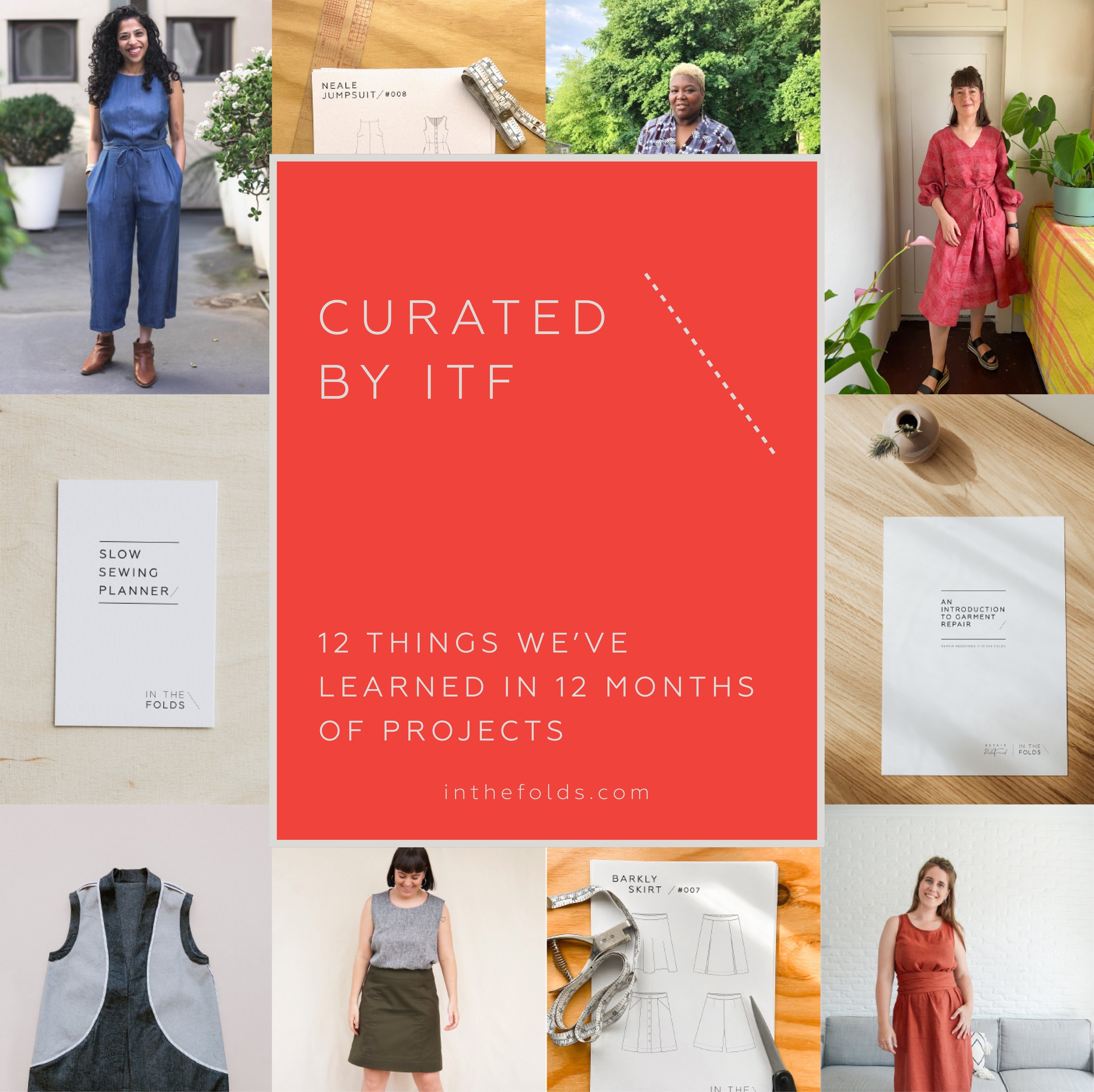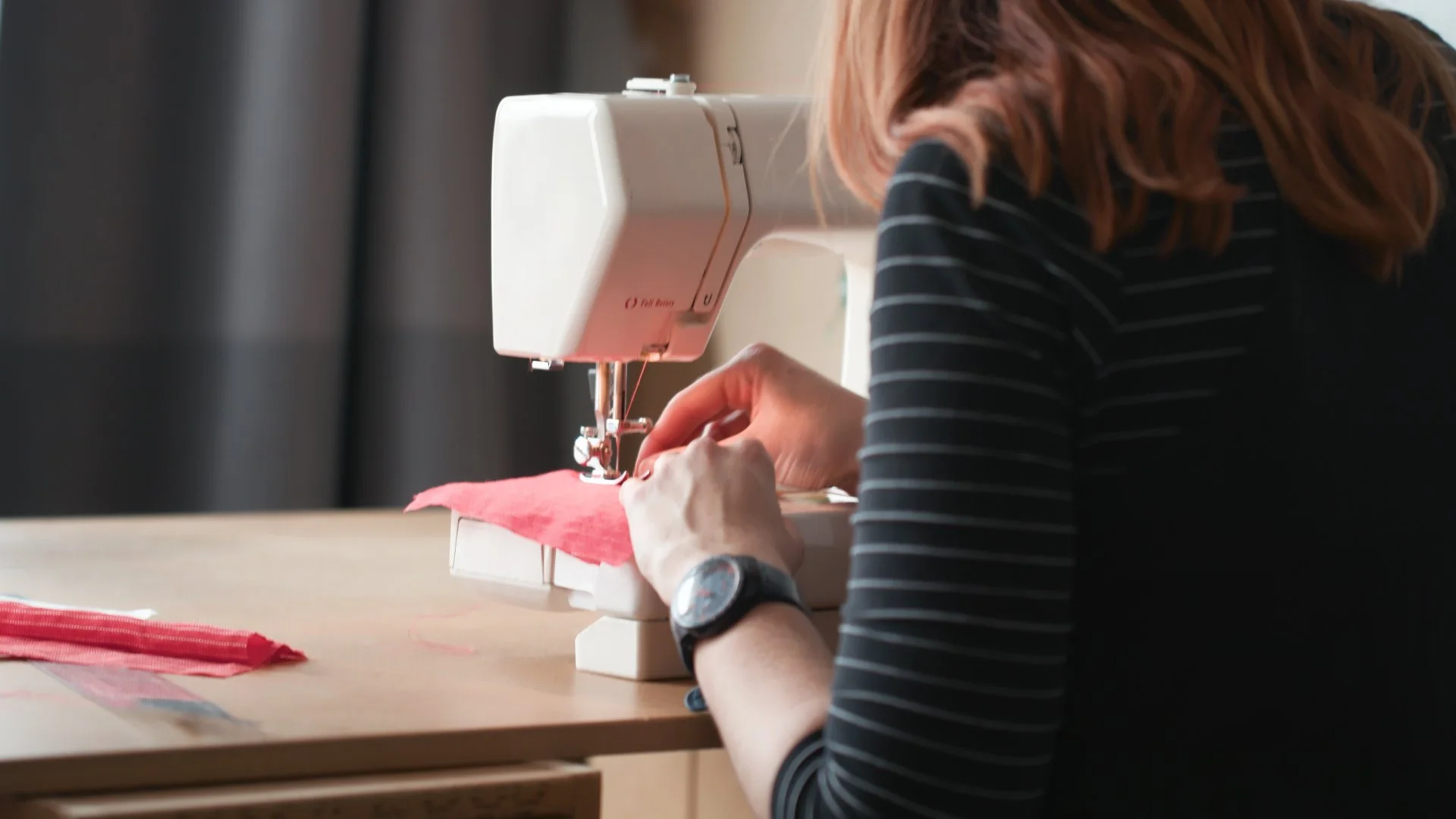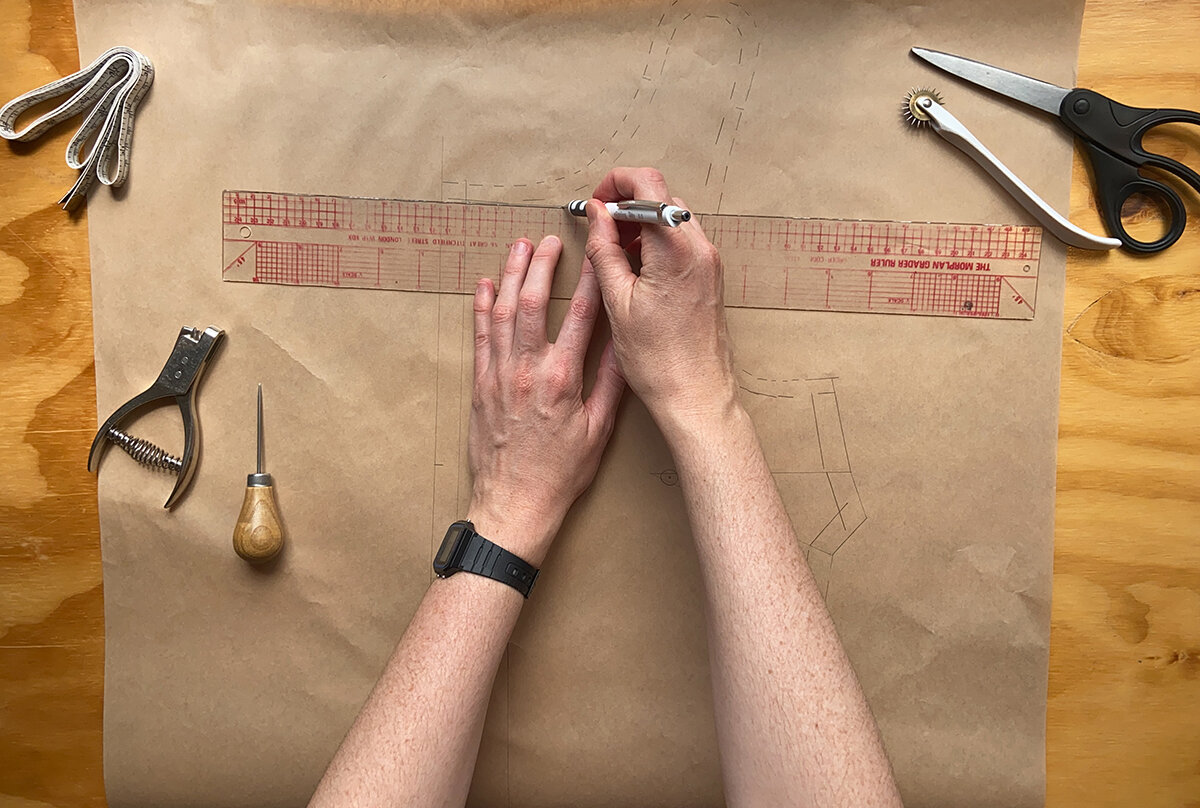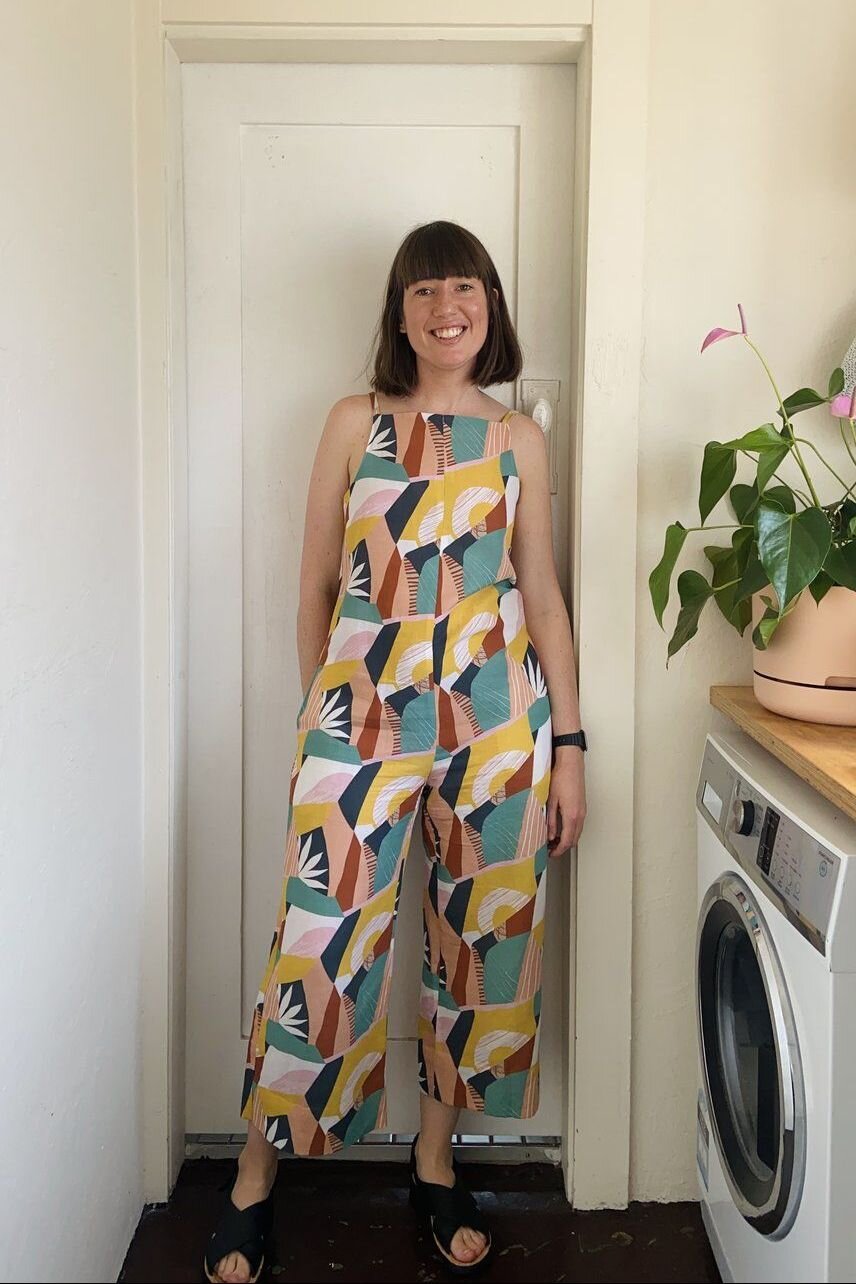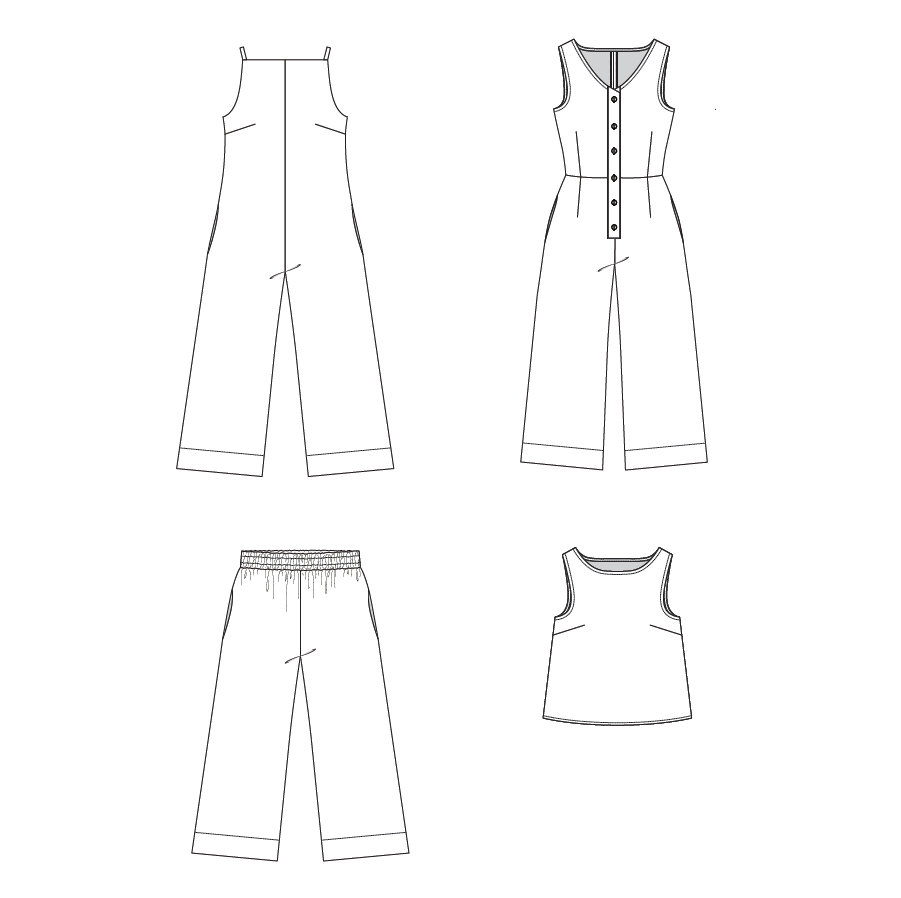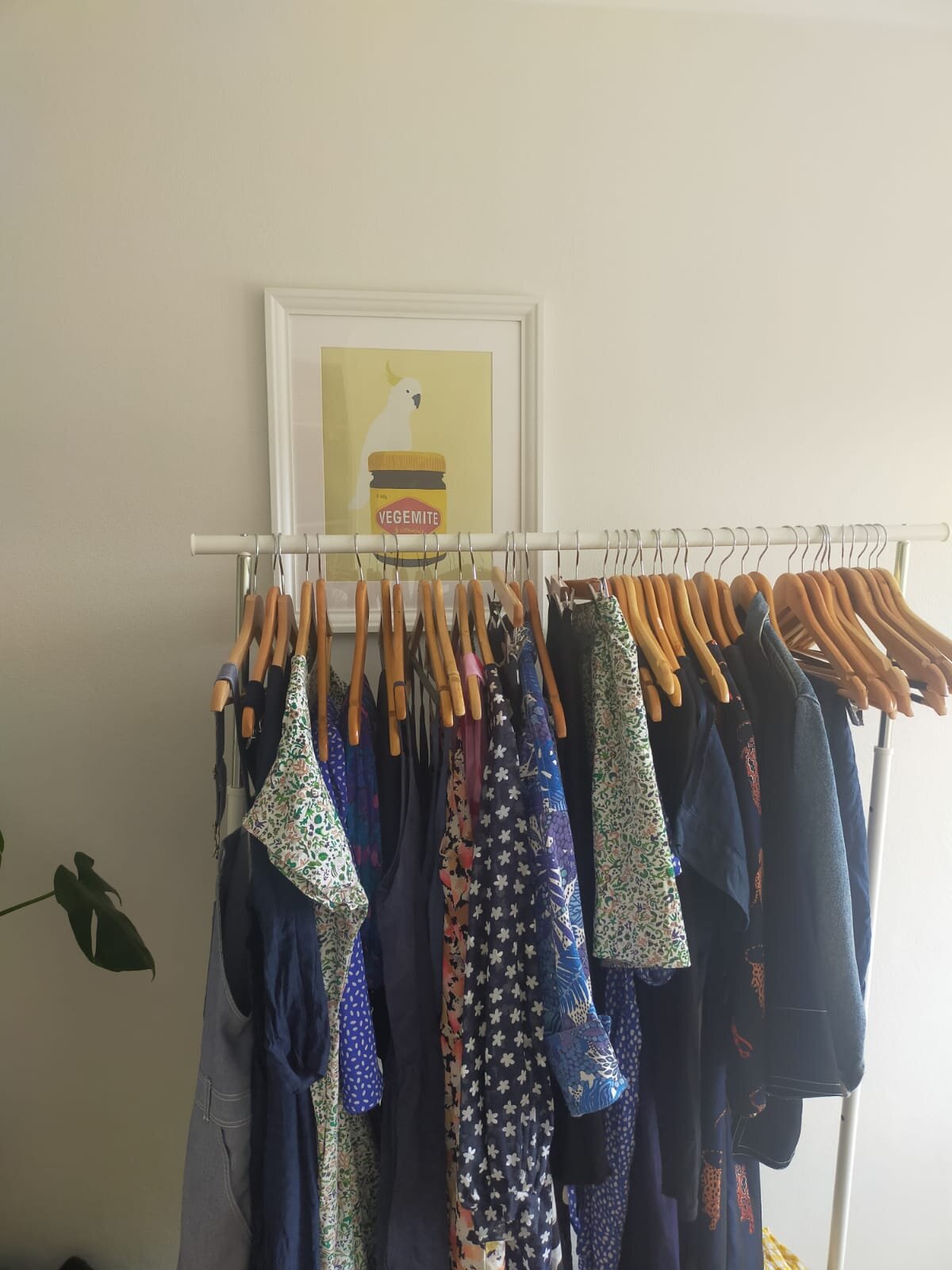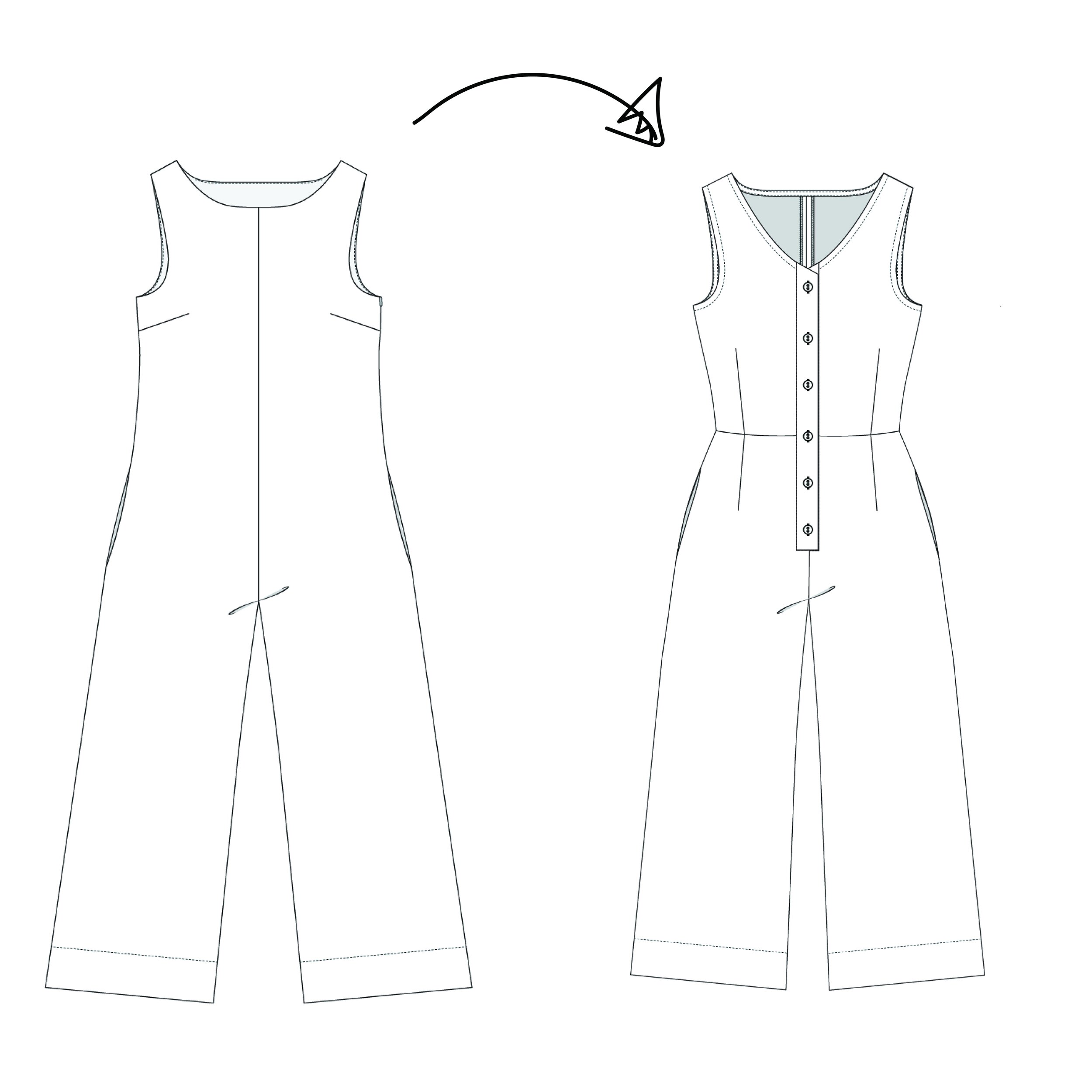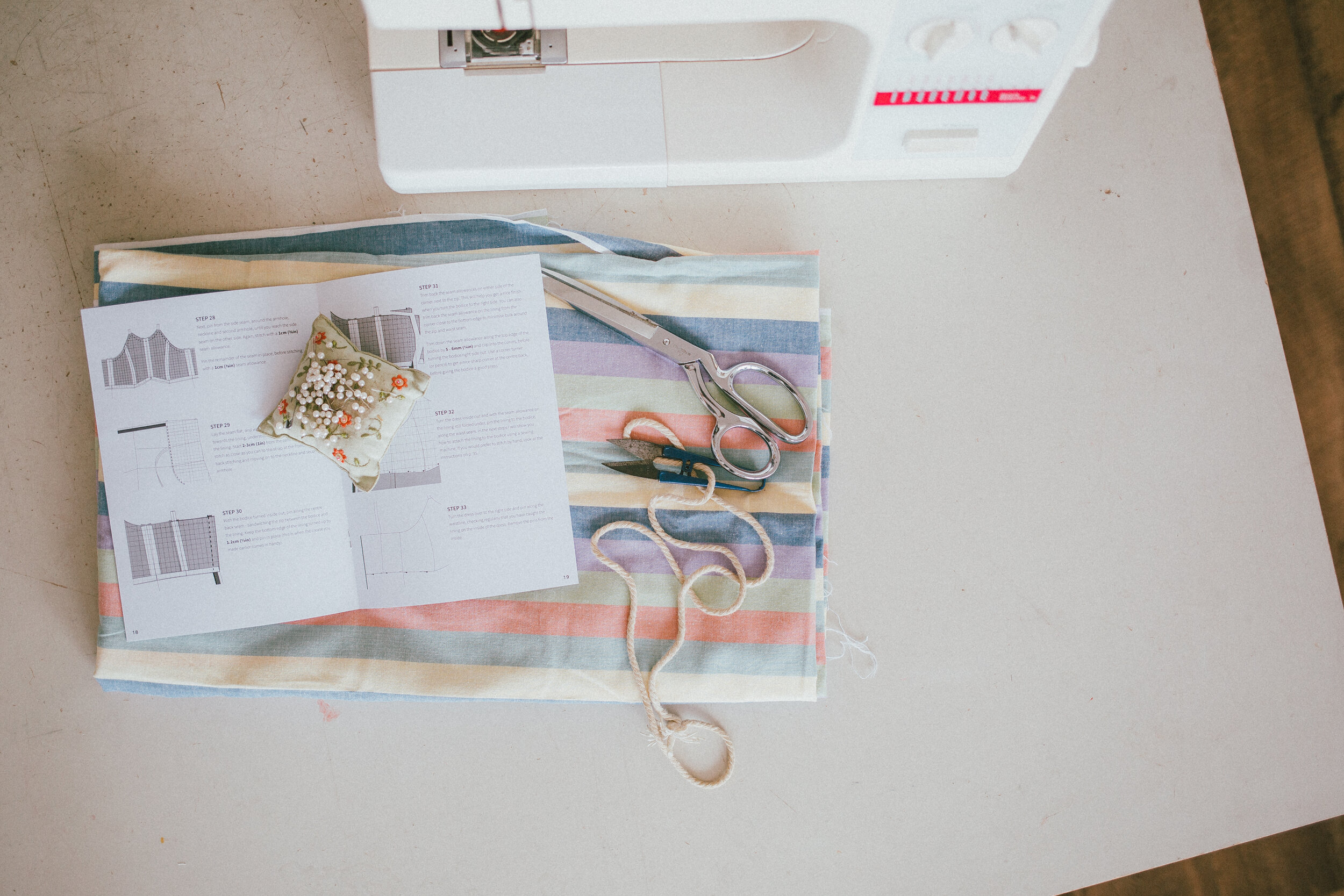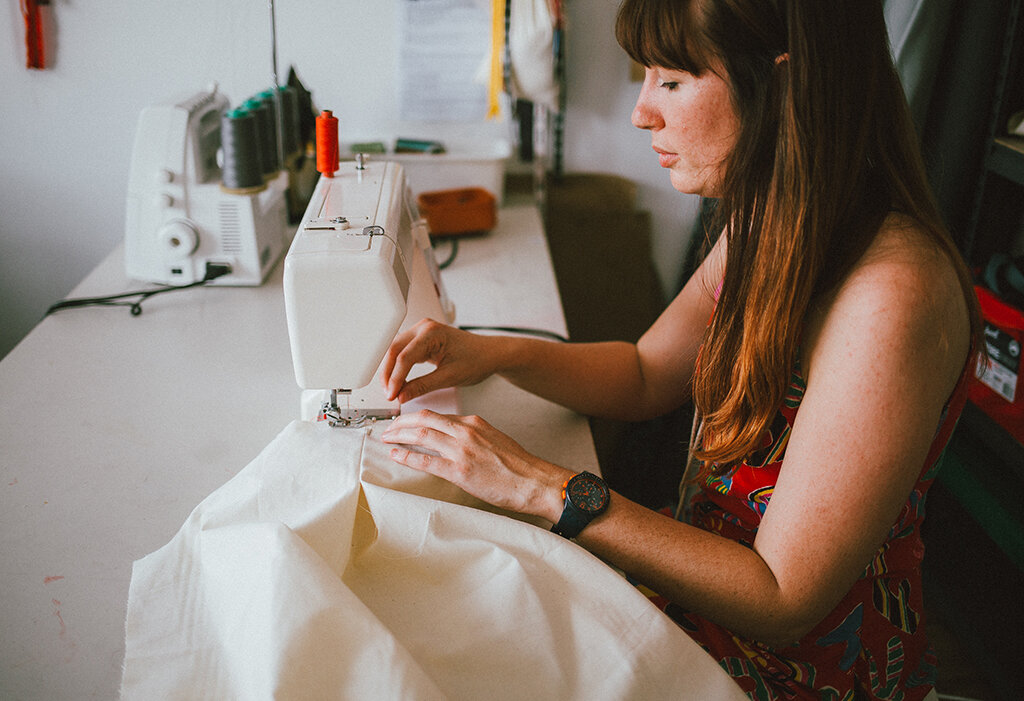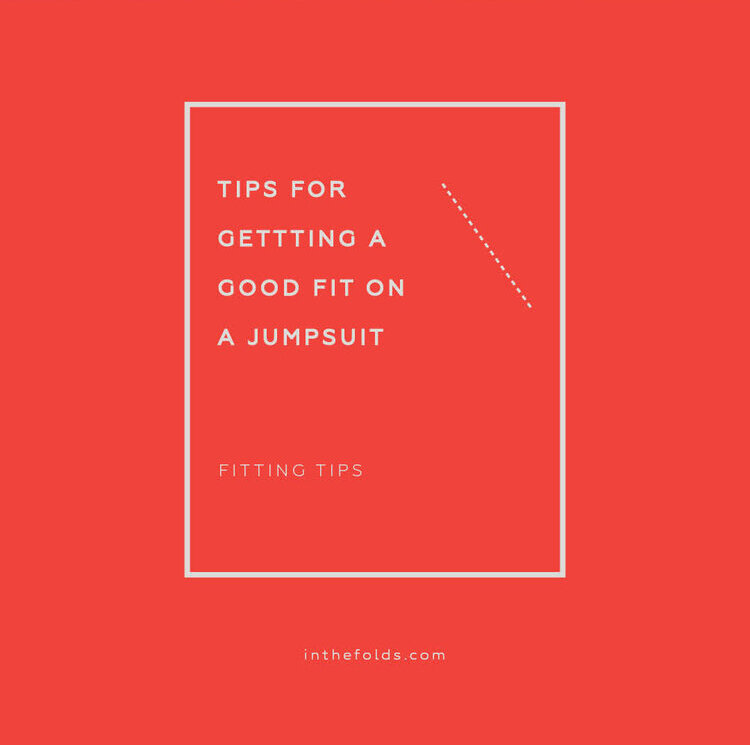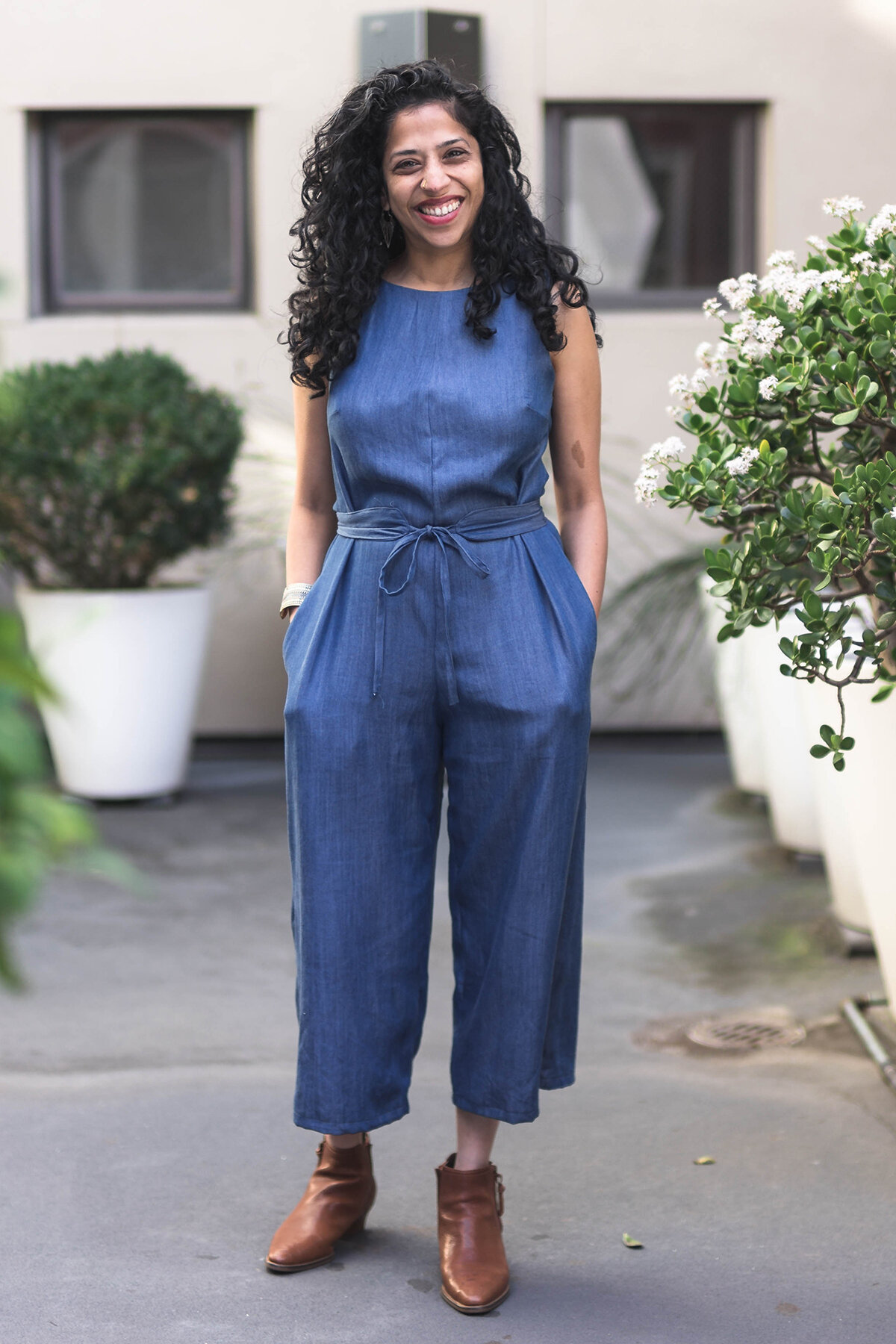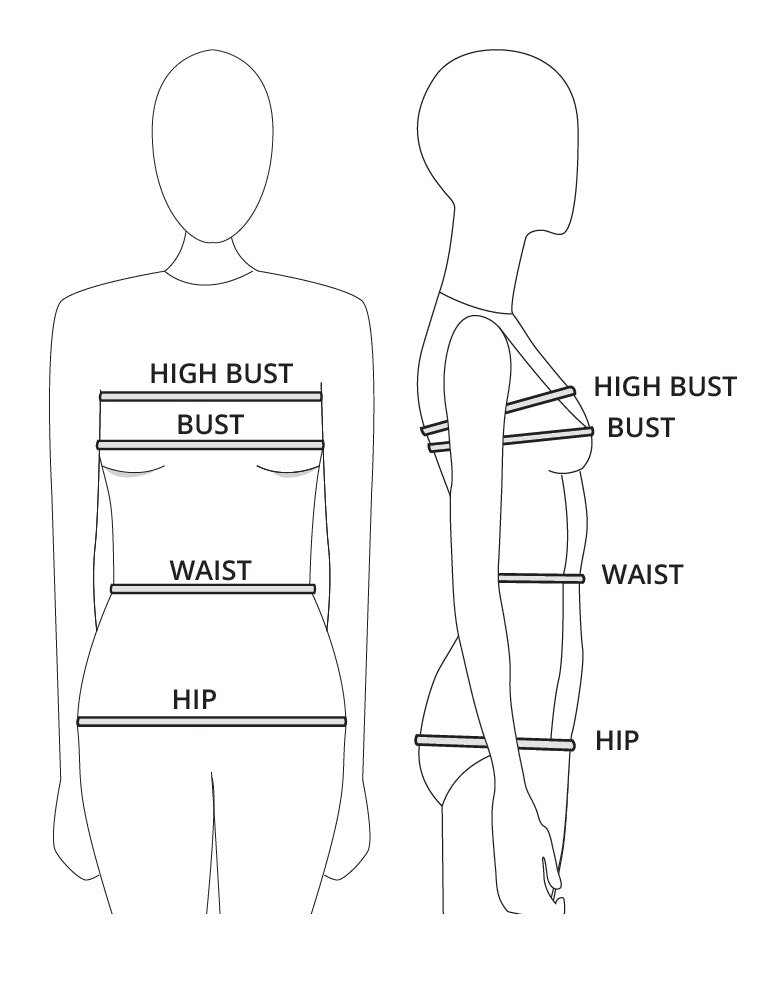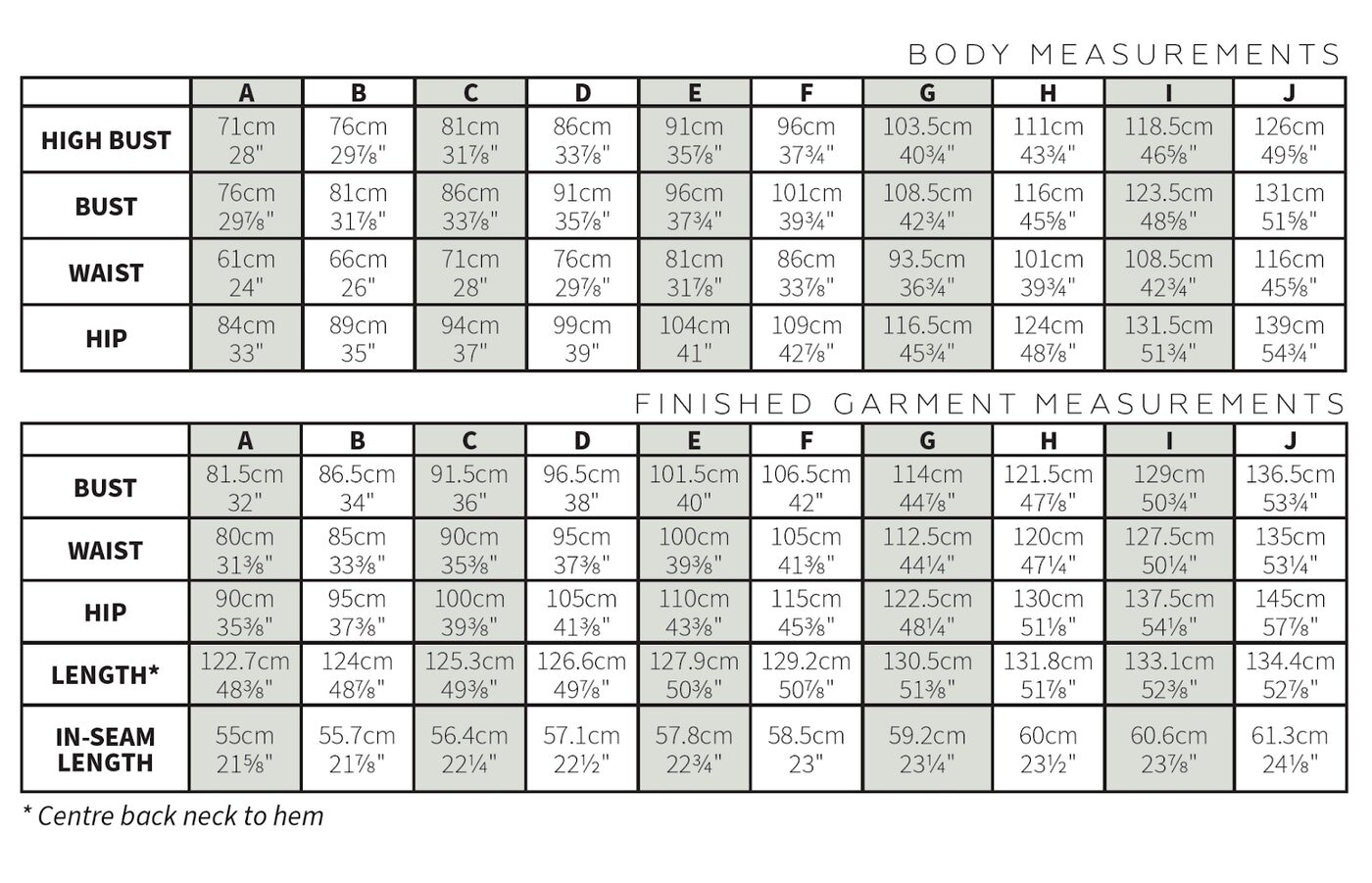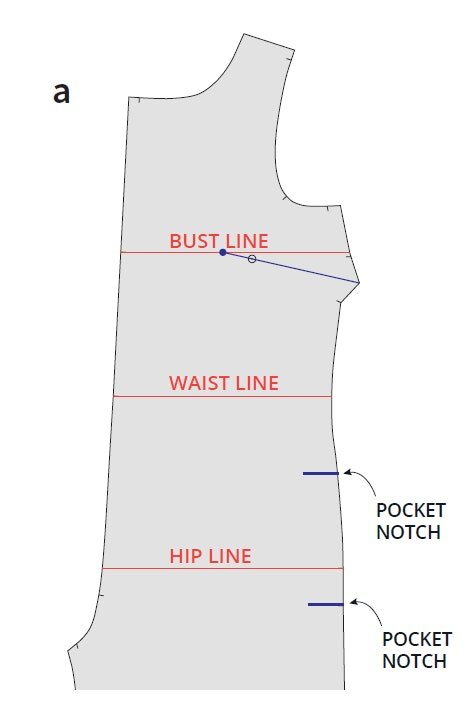I’m currently thinking about the way we create and share content within our private, online community as we recently hired our first Content Creator (more about her to come!). So we thought this would be a fun behind the scenes topic to share with you, in case you’ve been wondering what goes on in our Curated by ITF community group (aka the home of our ‘Foldies’).
When I came up with the idea of Curated, having a community platform to go alongside the monthly project was high on the list of priorities. Deep community (rather than just likes on Instagram), interaction and feedback were the things I was missing in my own working life and I imagined our customers might be feeling the need for this too.
Thinking about starting a community is a daunting thing. To start with, there was the fear that no one would show up. That it would just be me and Alys (my one employee at the time), and maybe one die-hard fan in there with us…
But when I interrogated that fear (which is something I have to do daily as a small business owner!), I realised that one of two things would happen.
1. It would just be the three of us in the group (which actually sounds rather lovely), and I would realise our customers do not need a community platform and therefore could focus my attention on creating things they actually do want.
Or…
2. People would join and we would be able to connect with our customers in a way we had never done before, AND I would get the thing I was craving - deep connection with our community.
It seemed worth the risk to give it a go!
build your sewing skills with a
curated by itf membership
Choosing the platform - Mighty Networks
Making the decision to forge ahead with the idea led to another decision - what platform to use. I already knew I didn’t want to use Facebook. I’d realised when using Facebook groups to pattern test, that a lot of people choose not to use Facebook, and I didn’t want people to miss out on being part of our community as a result.
I also don’t like how Facebook groups handle posts. There’s no way to organise them, and we needed a platform that would allow us to easily organise the information we shared, such as sew-alongs and tutorials related to specific patterns.
After looking at a few options, Alys took a deep dive into a couple to see which would tick all our boxes and Mighty Networks came out on top. In Mighty Networks we can organise information by project, which makes it easy for our Foldies to find what they are looking for, and also means that we can grant access to specific content to active subscribers only.
How we plan our community content
We like to plan content for our community in a collaborative way. Normally, when I am creating the project I take note of the things I’m thinking about at the time, such as what inspired me and the elements I found challenging. These show us where we’ll need to provide extra resources (like videos or photo tutorials) to support our community.
I put this into our project management software so that when it’s time to plan content for the month, it’s all there ready to go. Our Content Creator (formerly Alys and now our new hire) then looks through the project booklet and pulls out areas they think will be important to have support material for. We then jump on a call and chat through the project to make sure we’ve got everything covered.
We also try to plan content around a specific theme each month as this helps guide us. For example, this month’s project is a Hack Kit and the theme is ‘Design your own shirt’, so we’re sharing lots of inspiration in the community to get everyone’s creative juices flowing! This theme also runs through our email and Instagram content for the month.
We also try to respond to requests from our community members where we can. We now post a schedule at the start of the month (usually on the 2nd) because they told us it helps them structure their time and gives them an idea of when they can expect certain information.
Once we have a clear idea of the specific content for the month, we like to get it into our content calendar so we can see how it looks and wiggle things around to create a schedule we are happy with. Towards the end of the month we try to slow down the content we’re sharing so we can tailor our content creation to the needs of the community. This is when questions tend to pop-up about things like fit and fabric choice, and we love to deep dive into answering these questions because we know it’s really helpful for our members!
IMPROVE YOUR PRECISION SEWING WITH OUR
pants sewing series
Now available as a standalone three-part project series in our shop!
The kind of content you’ll find in our private Curated by ITF community
When we release:
New patterns or Skills Kits - We like to think about what aspects we found tricky when sewing the garment or samplers, or what we imagine our community will find difficult or perhaps even confusing. Even though our patterns include a lot of illustrations to guide you through the sewing process, sometimes having photos or a video of a technique being done makes a huge difference!
Fit Kits - We spend a lot of time in our community providing one-to-one feedback and answering questions about garment fit, particularly when members are making toiles. We also like to create some easy content to help them get started with the fitting process, so we share some of the booklet pages because it helps to break the content down into easily digestible components and makes it feel way less overwhelming (because learning how to fit clothes can feel daunting at first!). The most important thing during fitting months is ensuring people feel comfortable to share photos of their toiles because there is so much learning to be had through this process!
Hack Kits - We love sharing design inspiration. Prior to the creation of a new project, I normally have a lot of images saved on a Pinterest board which is where we often draw our inspiration from. We also create tutorials and share resources about particular hacks that makers might want to try that we haven’t covered in the project resource itself.
Resources, such as the Slow Sewing Planner - We go through the booklet and pull out areas that would be fun to discuss in the community group. With projects like this we find our community has quite a lot to talk about as it is based on reflection and contemplation of their wardrobe. We also like showing how we’ve done something related to the project - e.g. what our workrooms looked like when we released the ‘Organise Your Space’ project.
The core value of our Curated by ITF community
Sometimes it can get overwhelming to think about ALL the content we want to create and share in our community, but it is important we come back to the core value of the community, which is connection. This community exists so that we can connect deeply with our community and our community members can connect with each other.
Each monthly project we release contains loads of valuable content for our members to work through, so we try to keep the platform about supporting makers to use that content in a way that works for them and their own creative practice, while connecting with other makers through the process.
This is when we remind ourselves that adding a quick question, discussion or asking people to share their experiences can be just as valuable for people as creating a piece of content like a sewing tutorial. One example of a piece of content that started a great discussion was a question about favourite shirt sewing tools. Everyone loved sharing their go-to tools, what they couldn’t sew without and things they’re hoping to add to their sewing tool kit.
I hope this has answered any questions you might have had about our online community! We love how engaging and interactive it is, and that it’s a safe place for our members to share their makes without feeling exposed.
The only thing that’s missing is you! So come and join us - we’d love to have you in there.
Happy sewing,
Emily
WHAT YOU’VE BEEN MAKING…
Acton dress by Sheany, Emily's friend.

